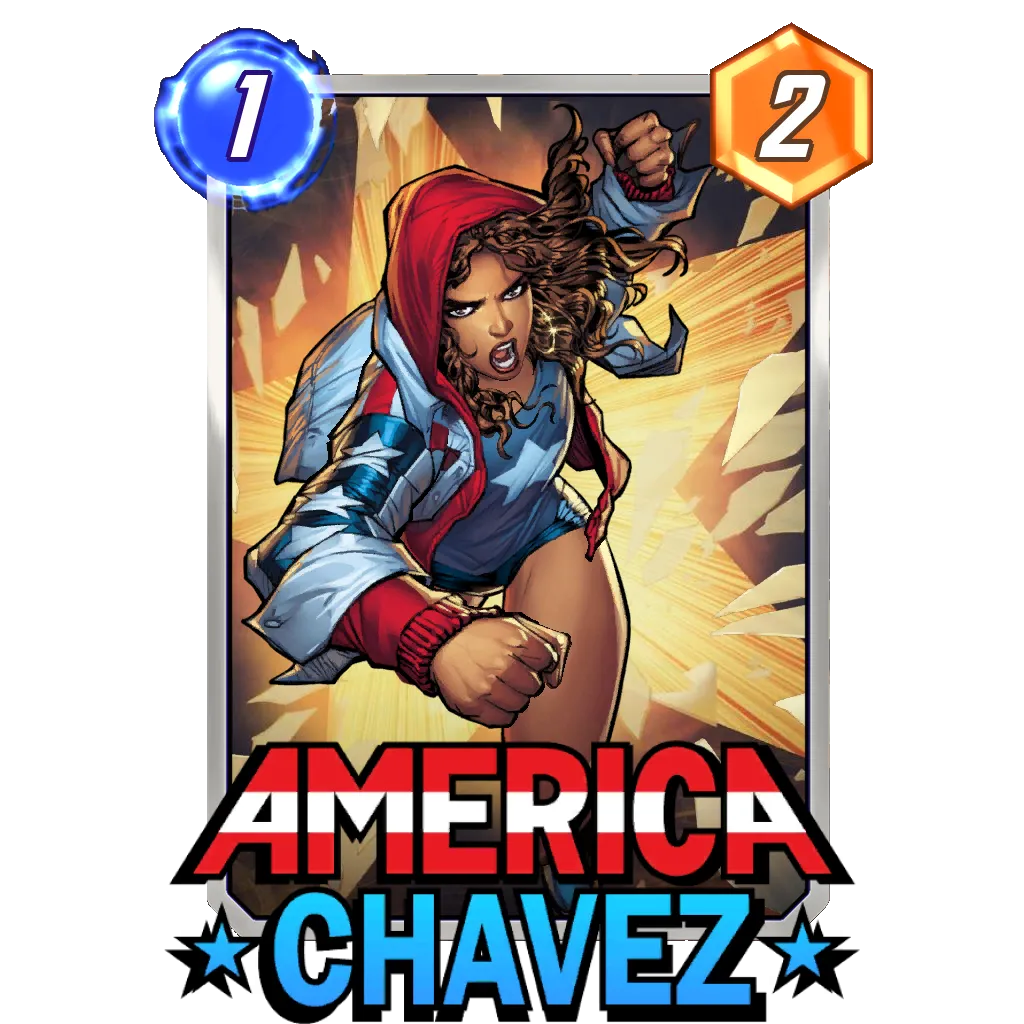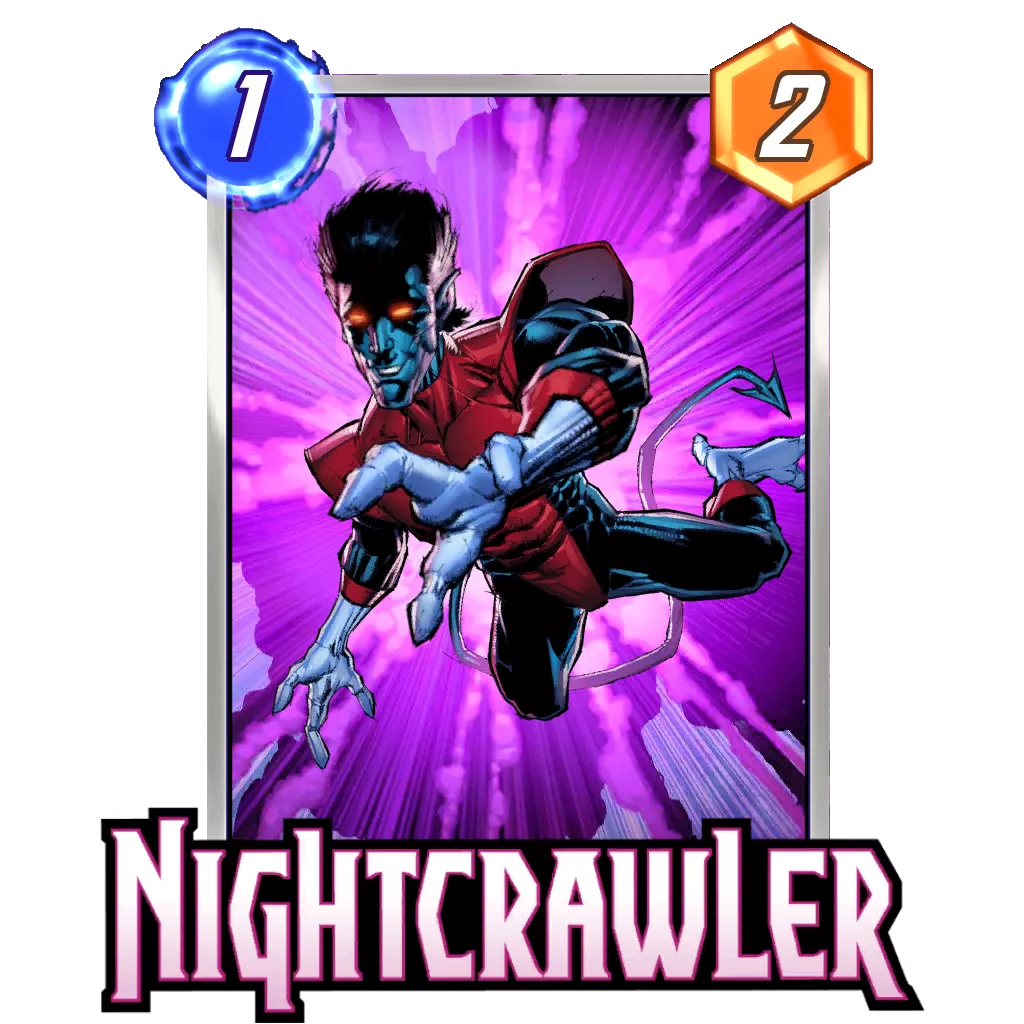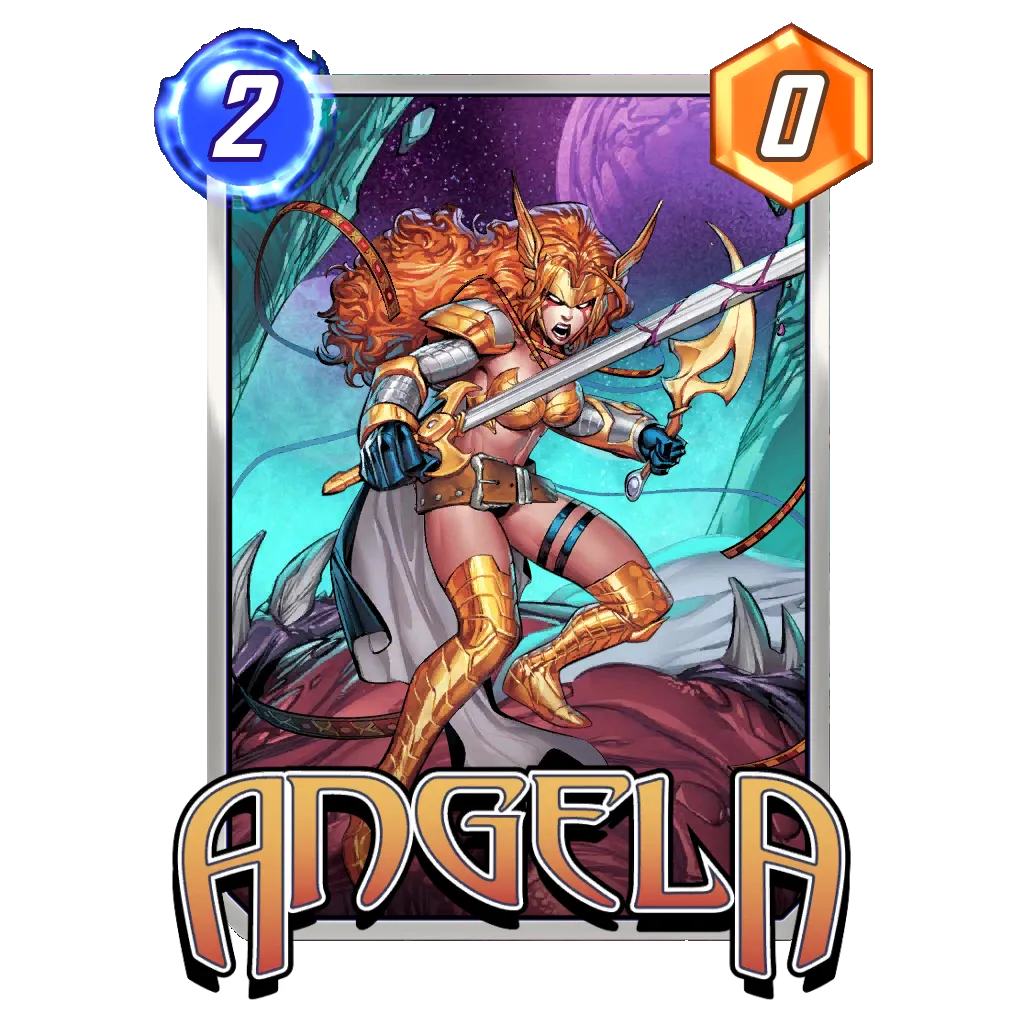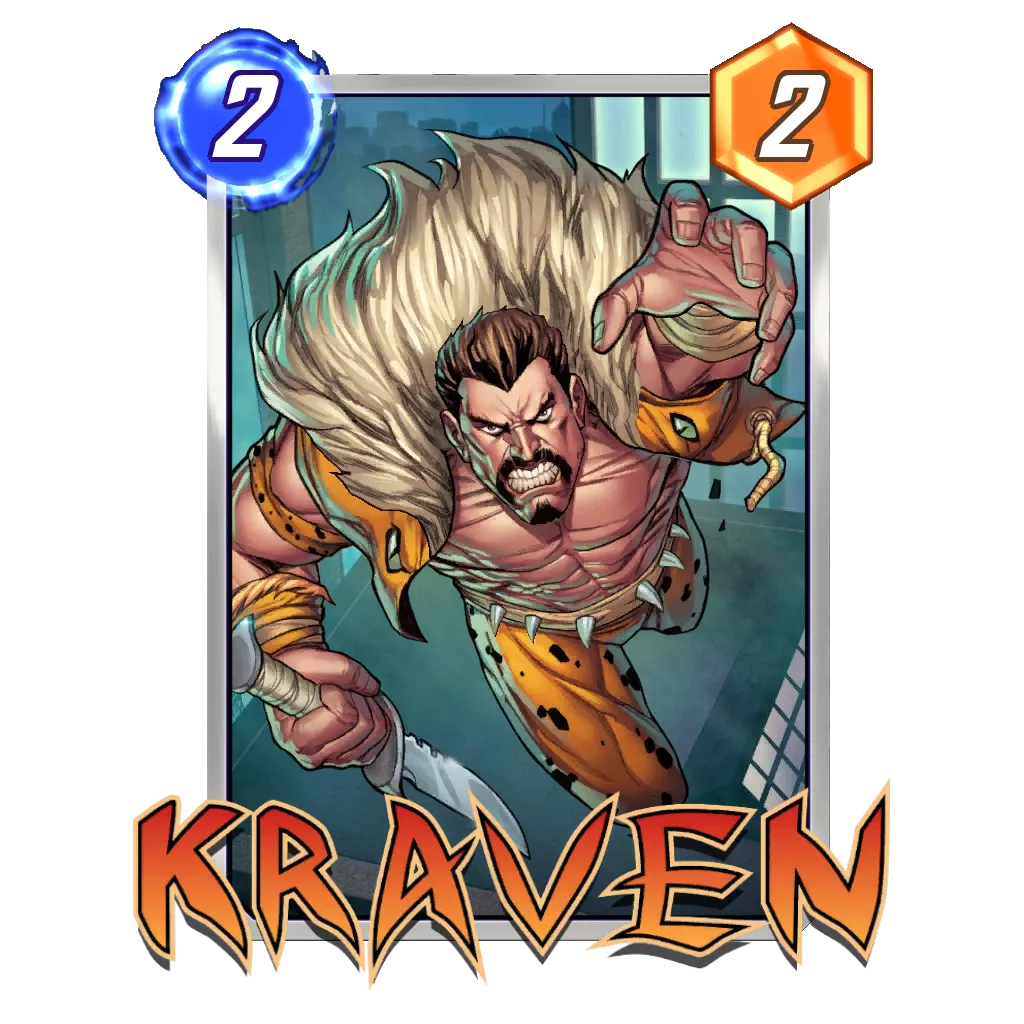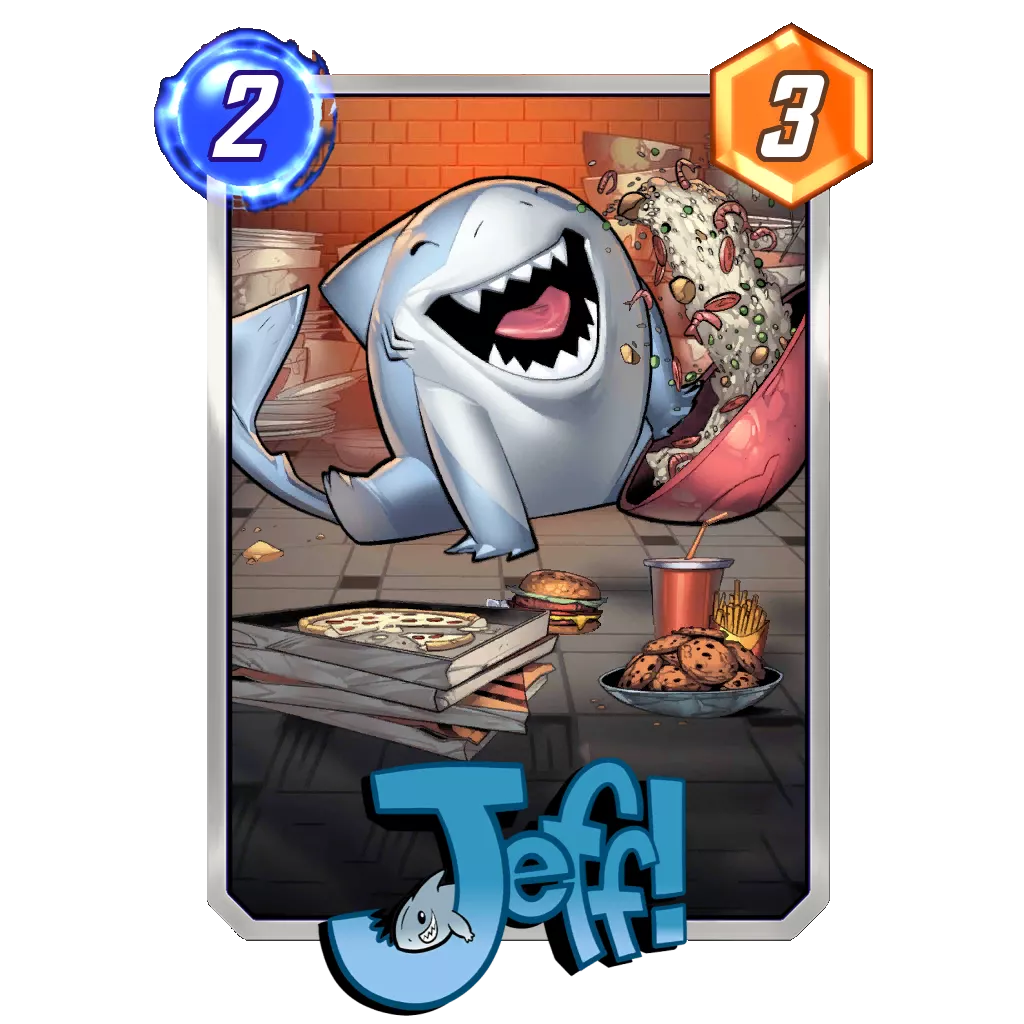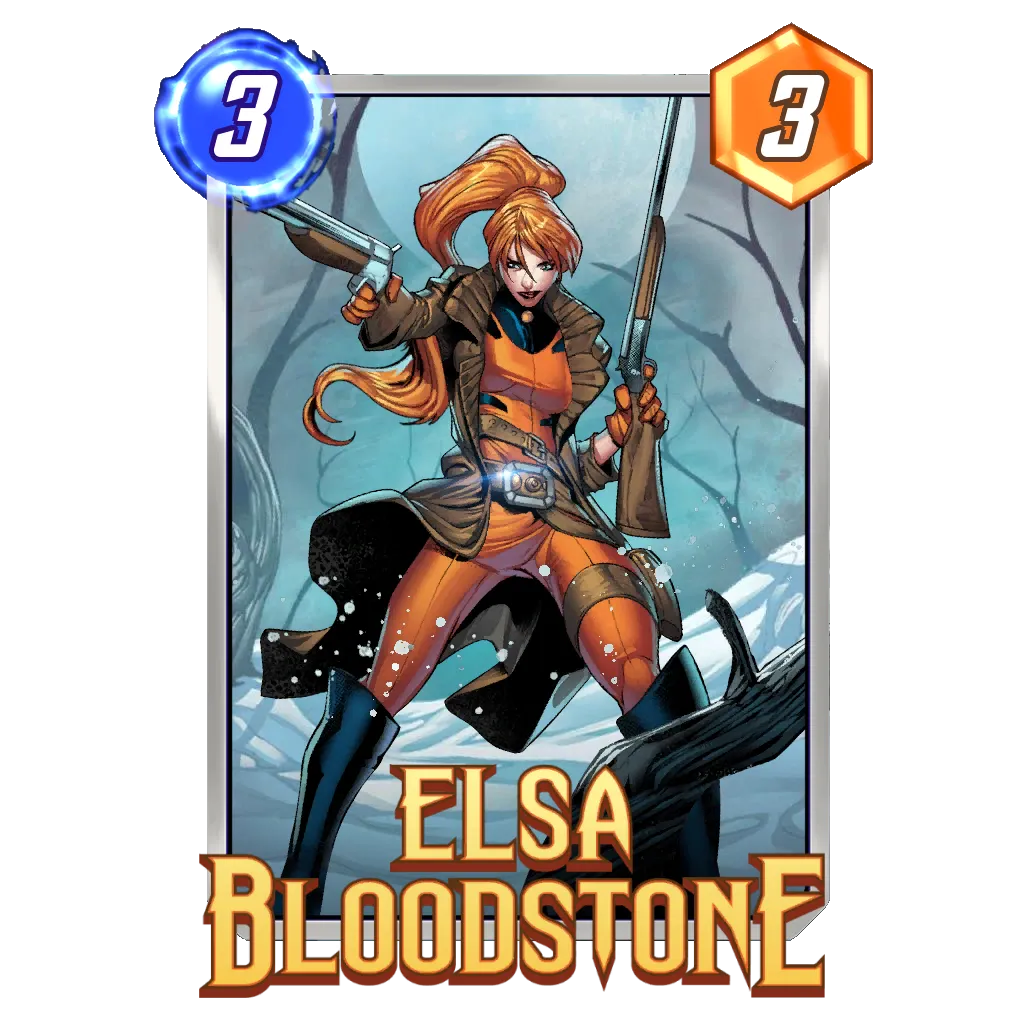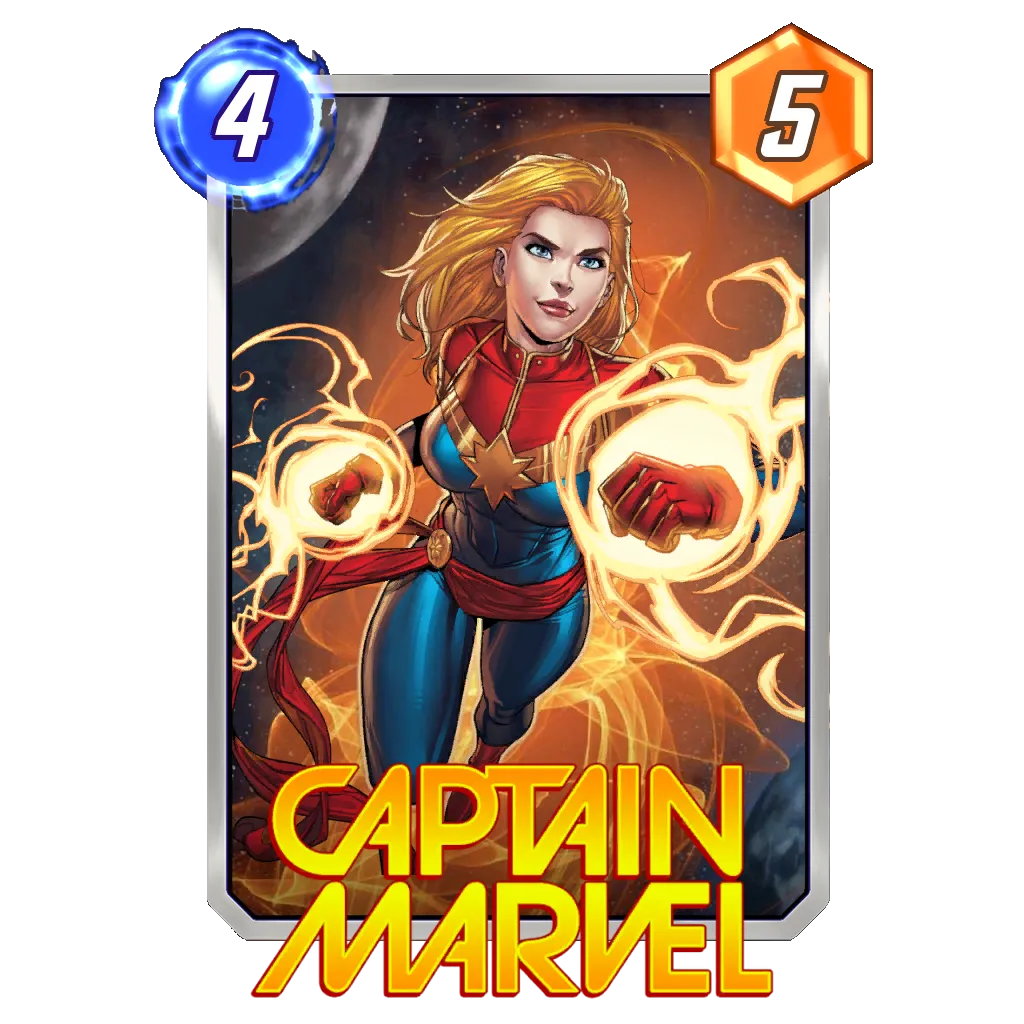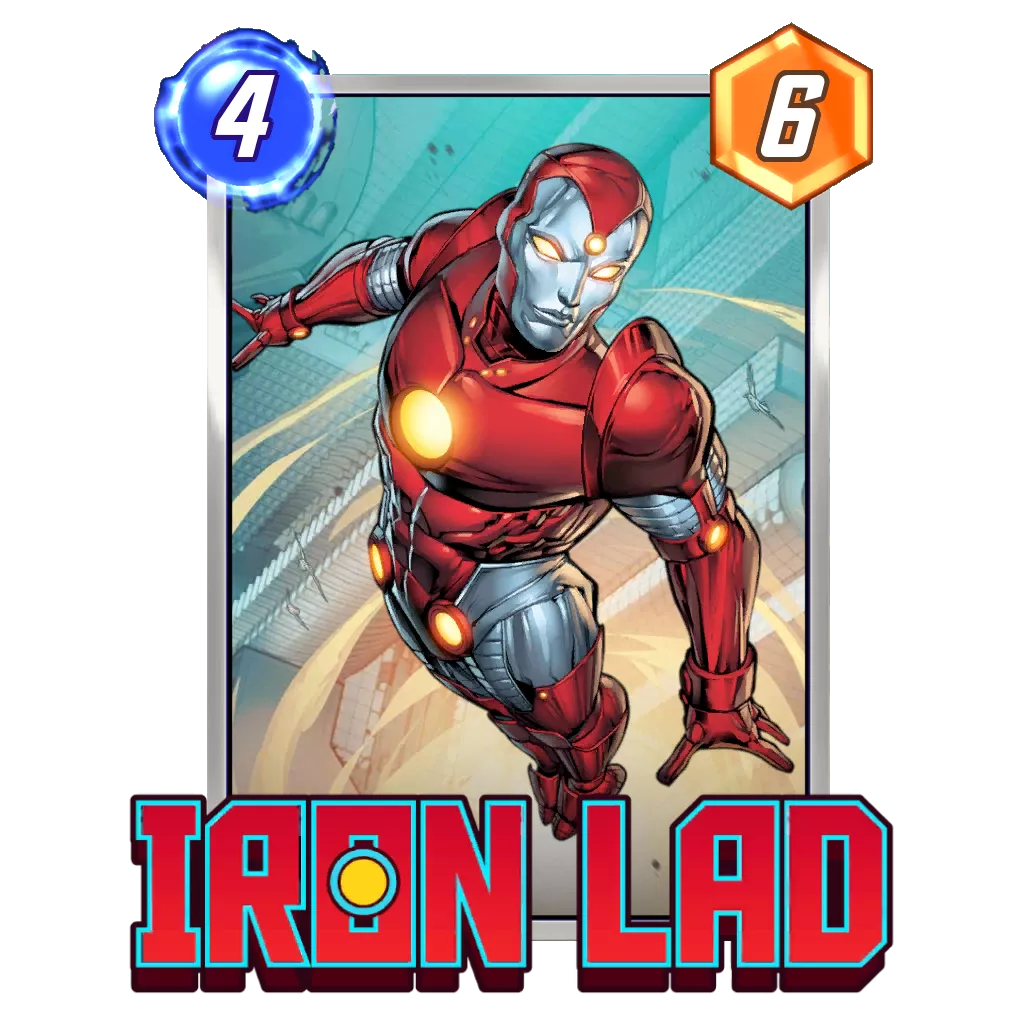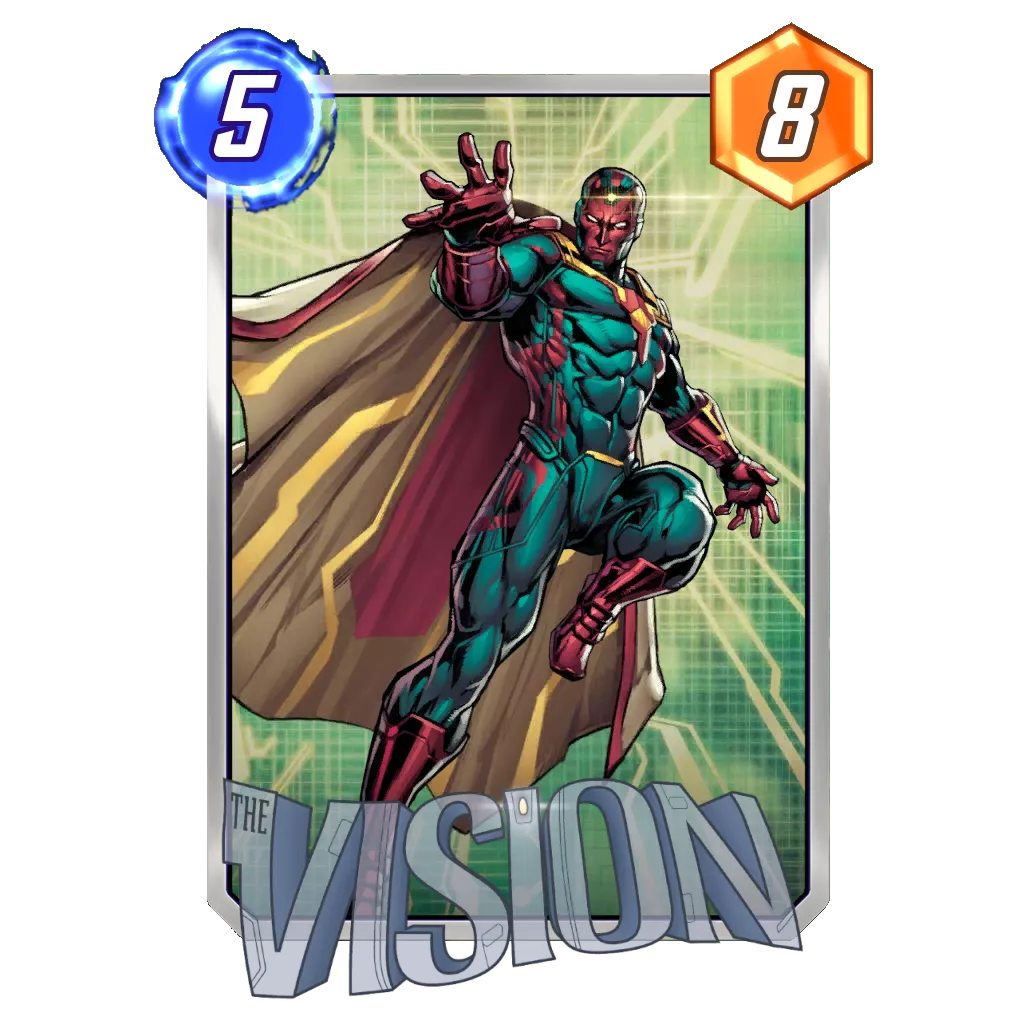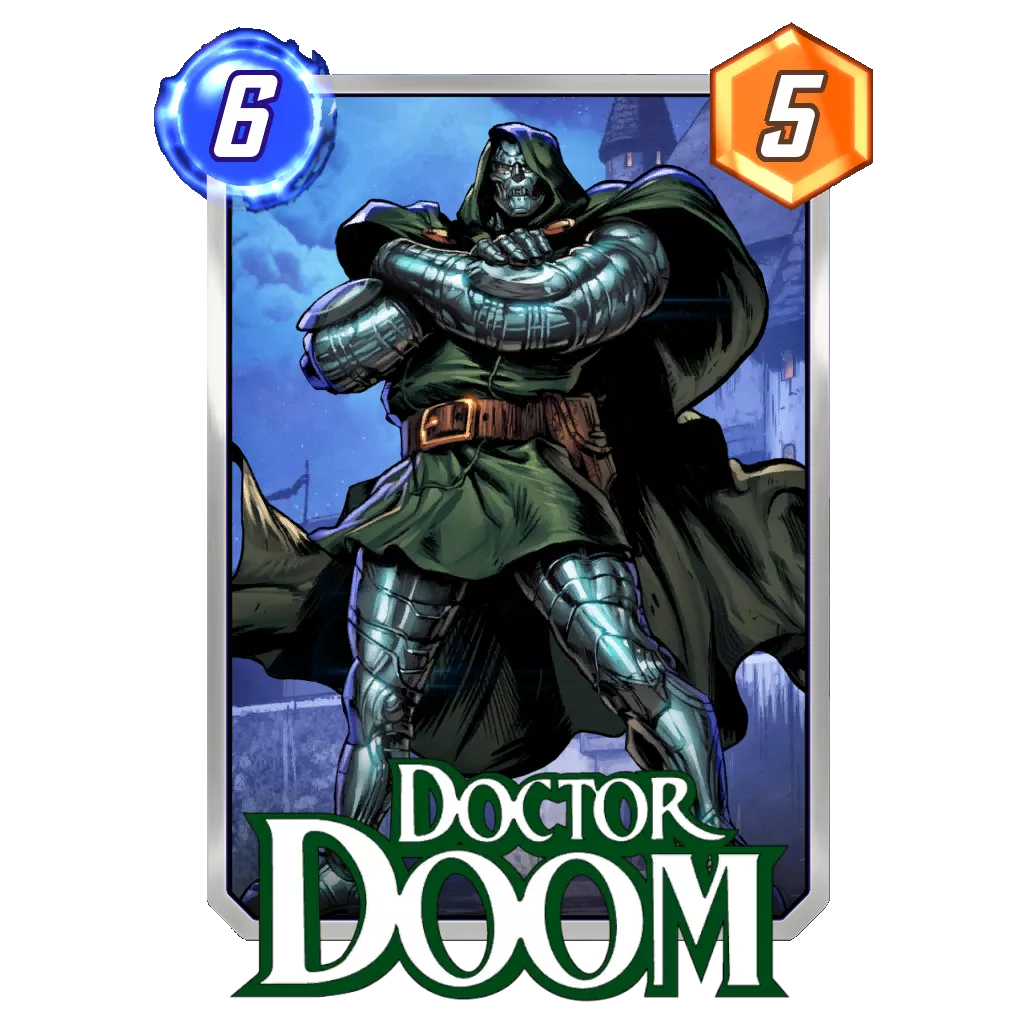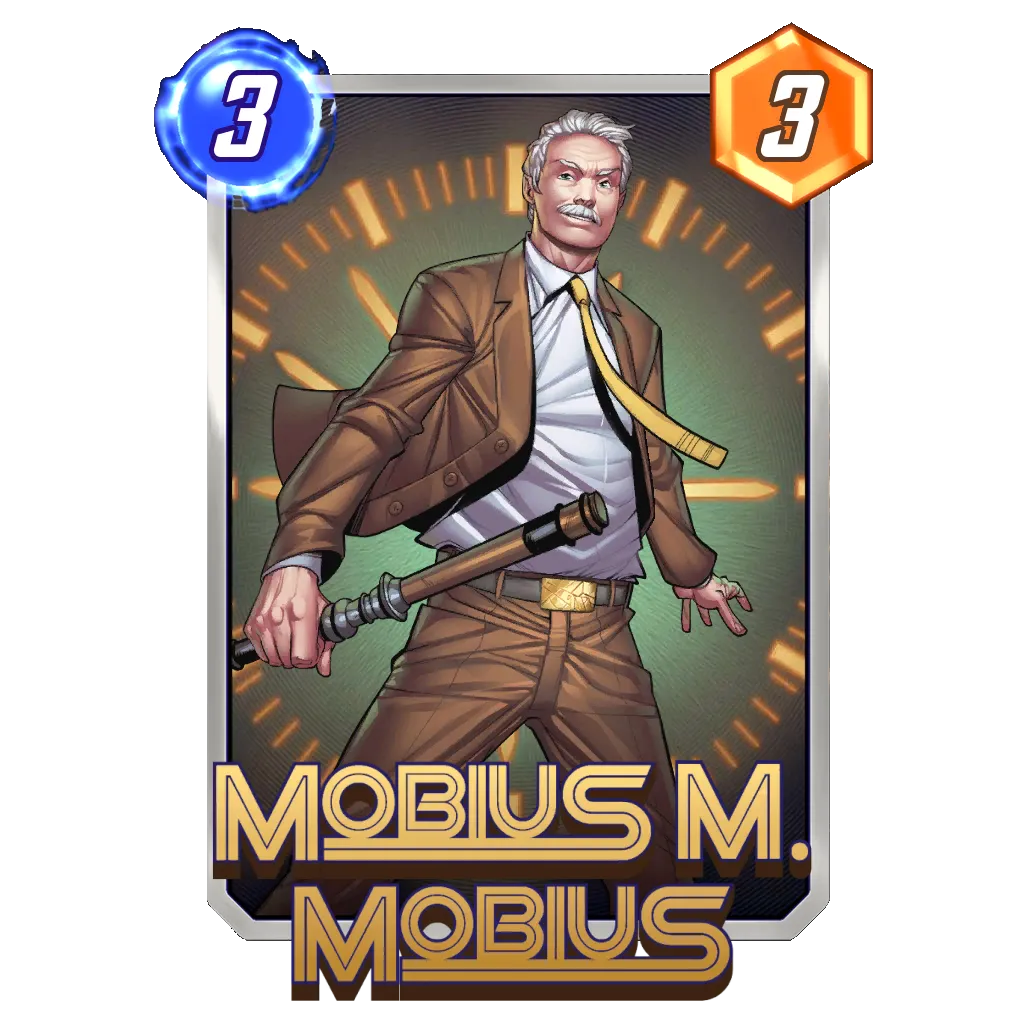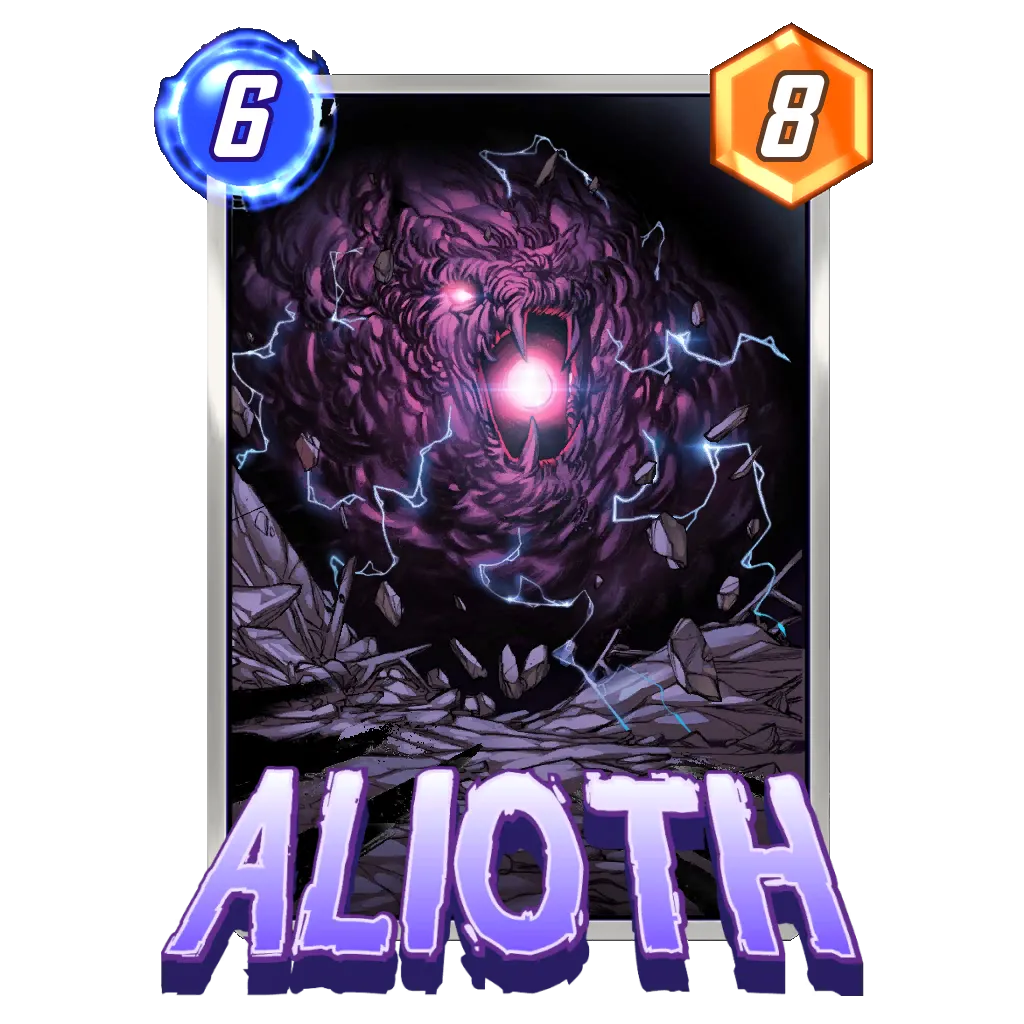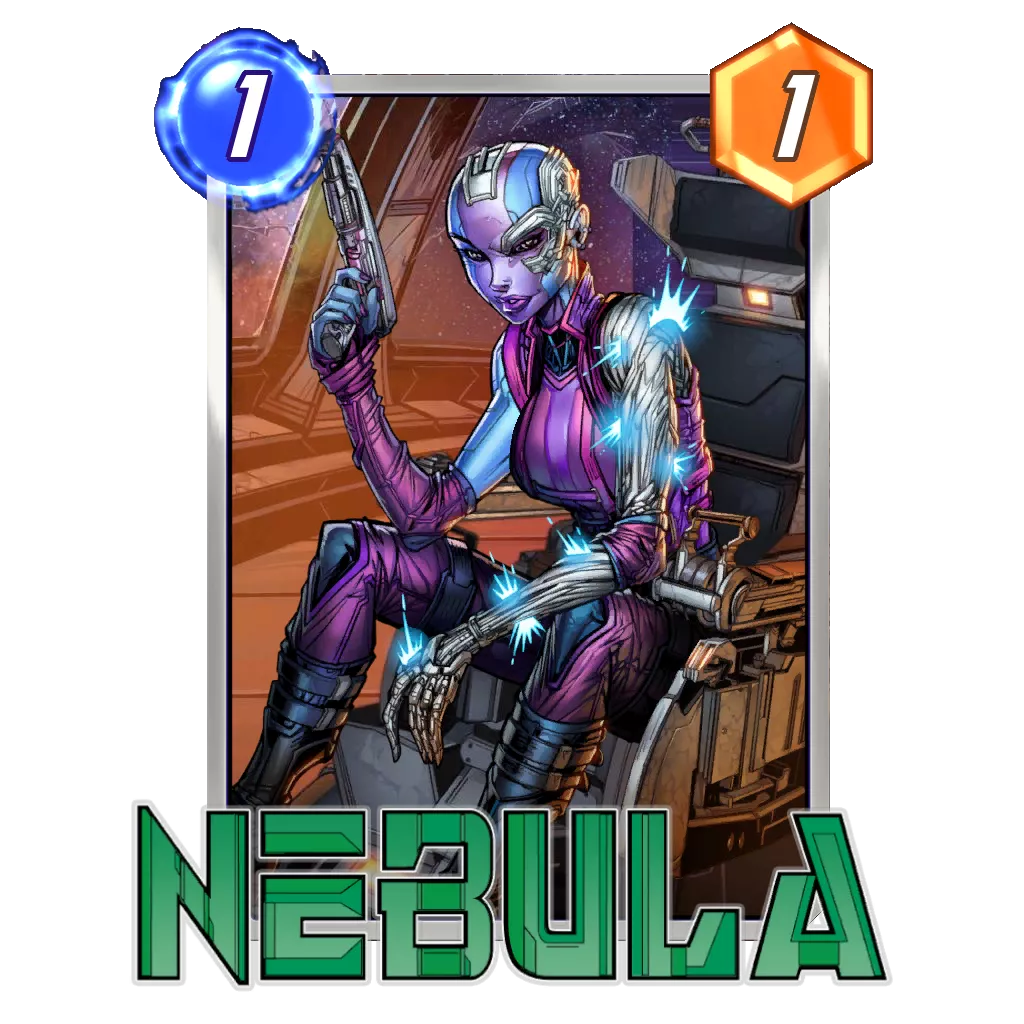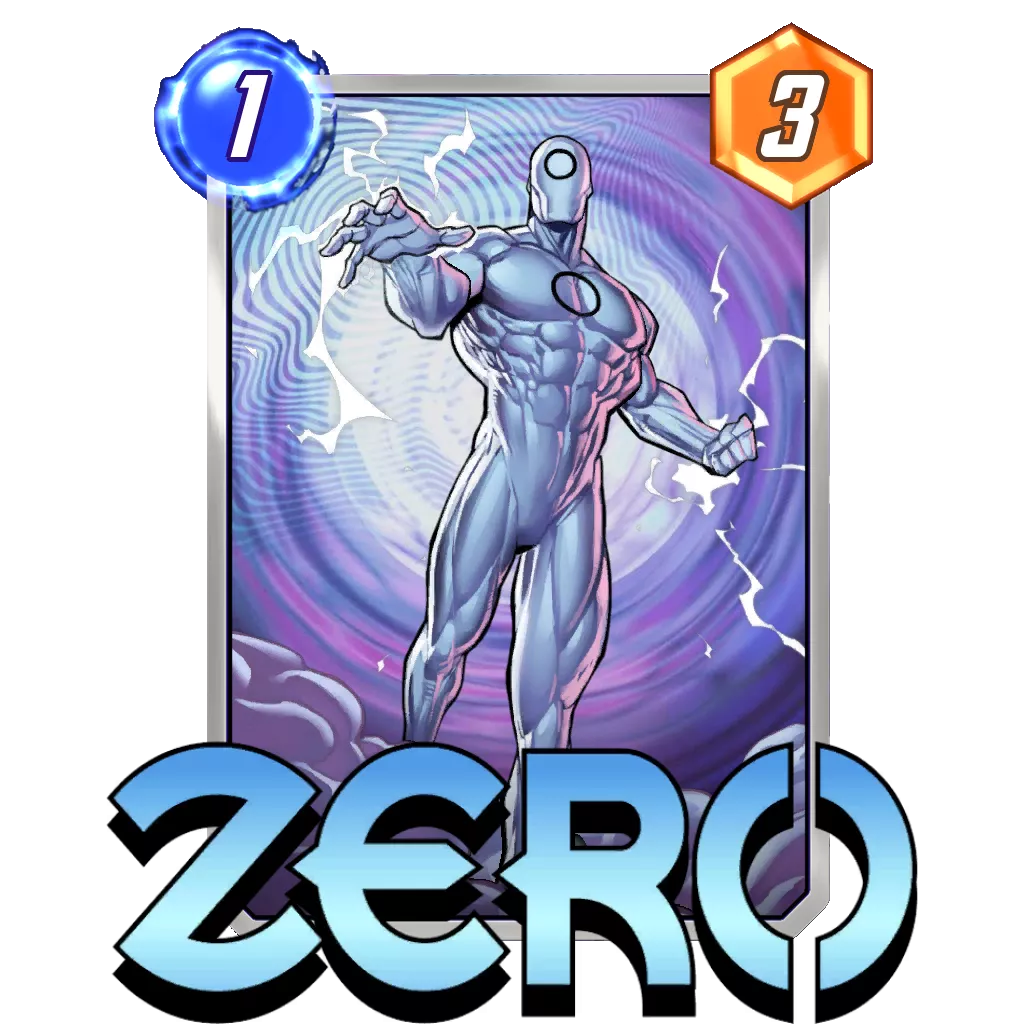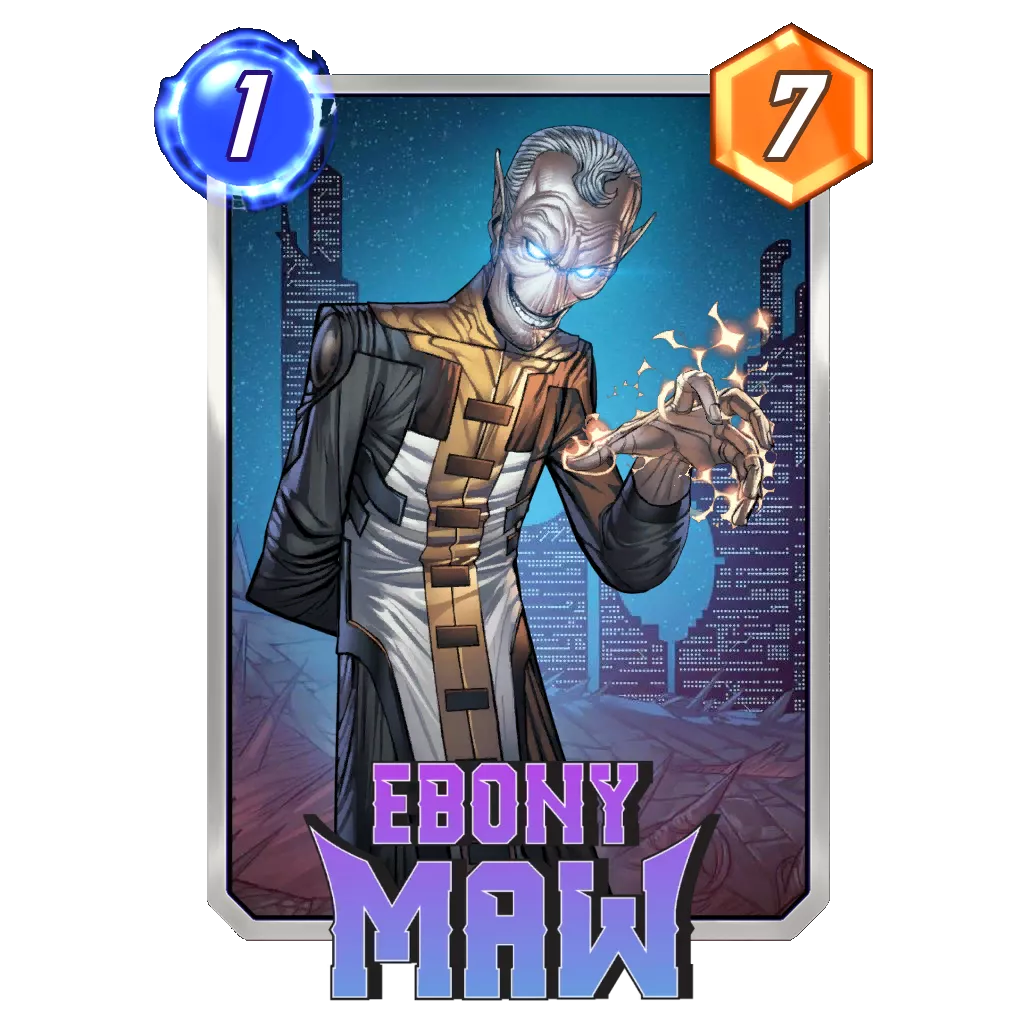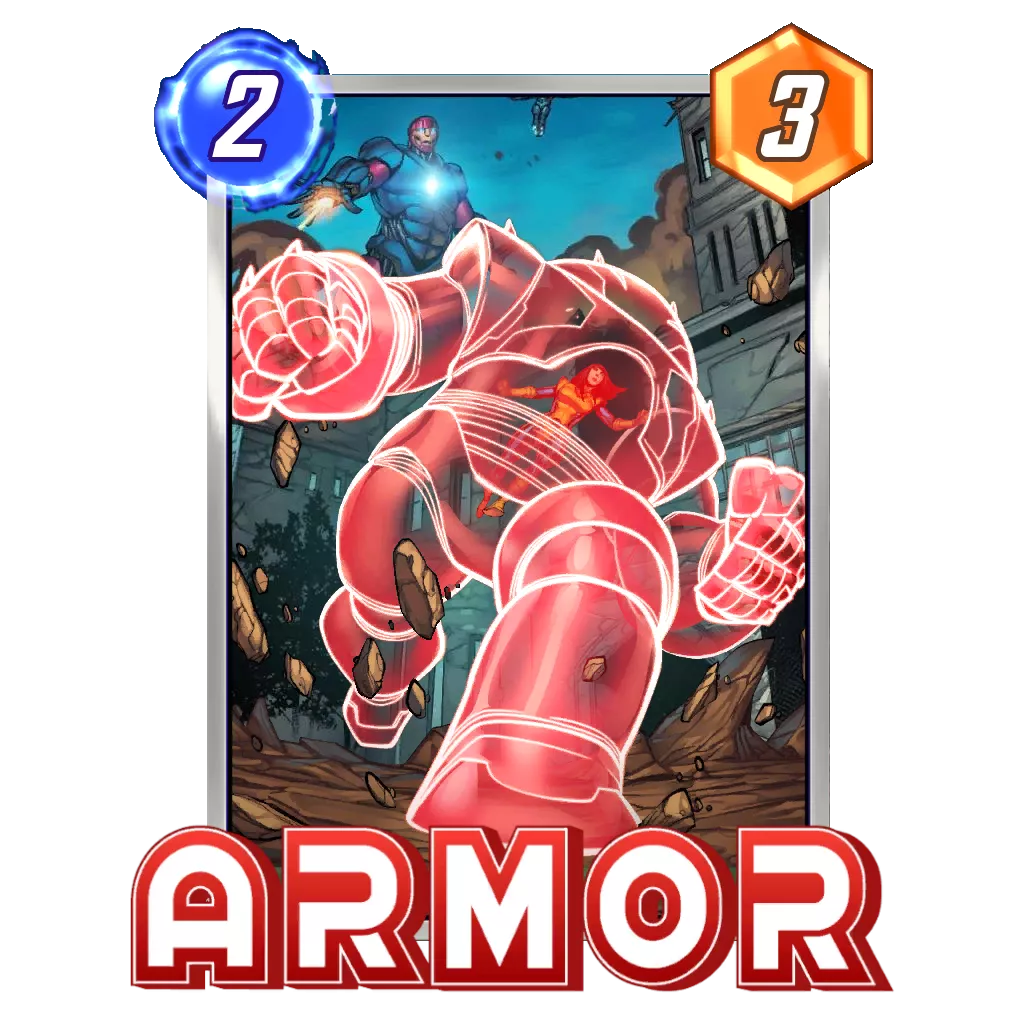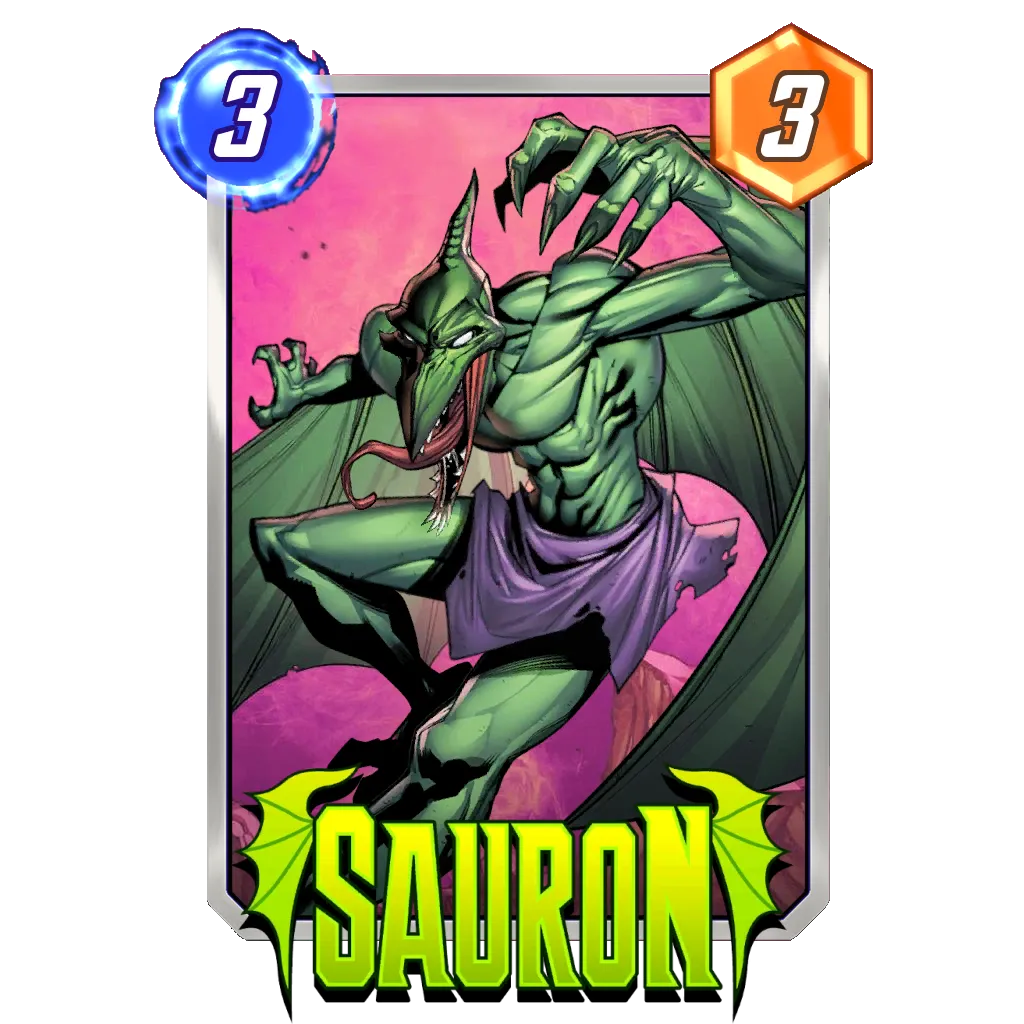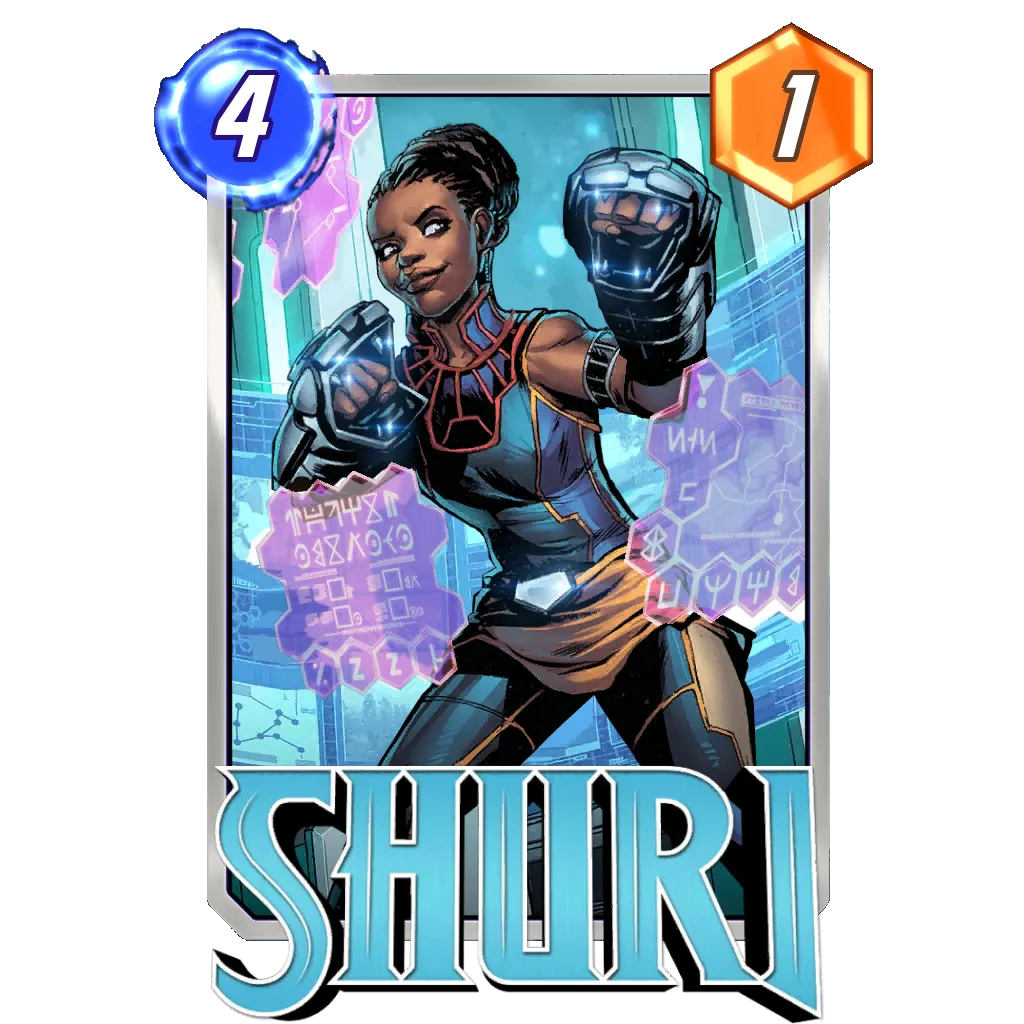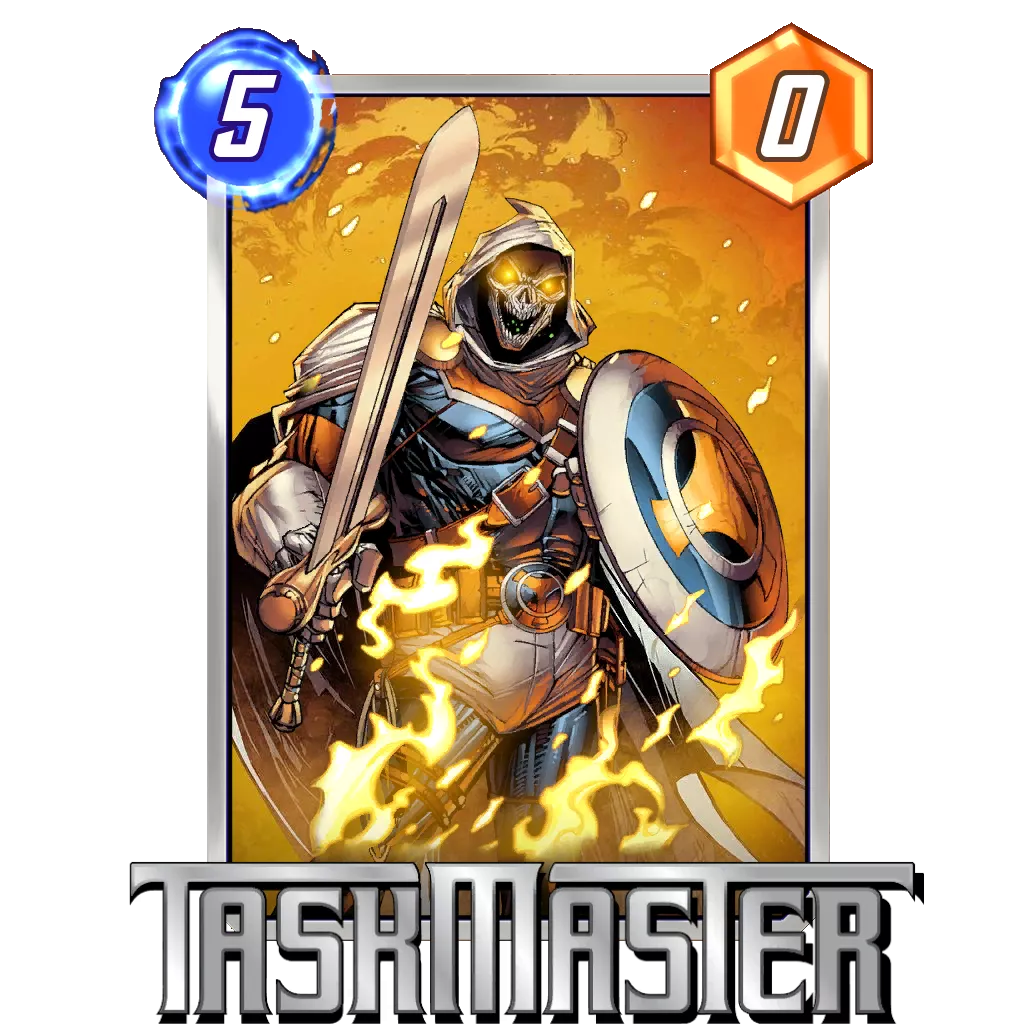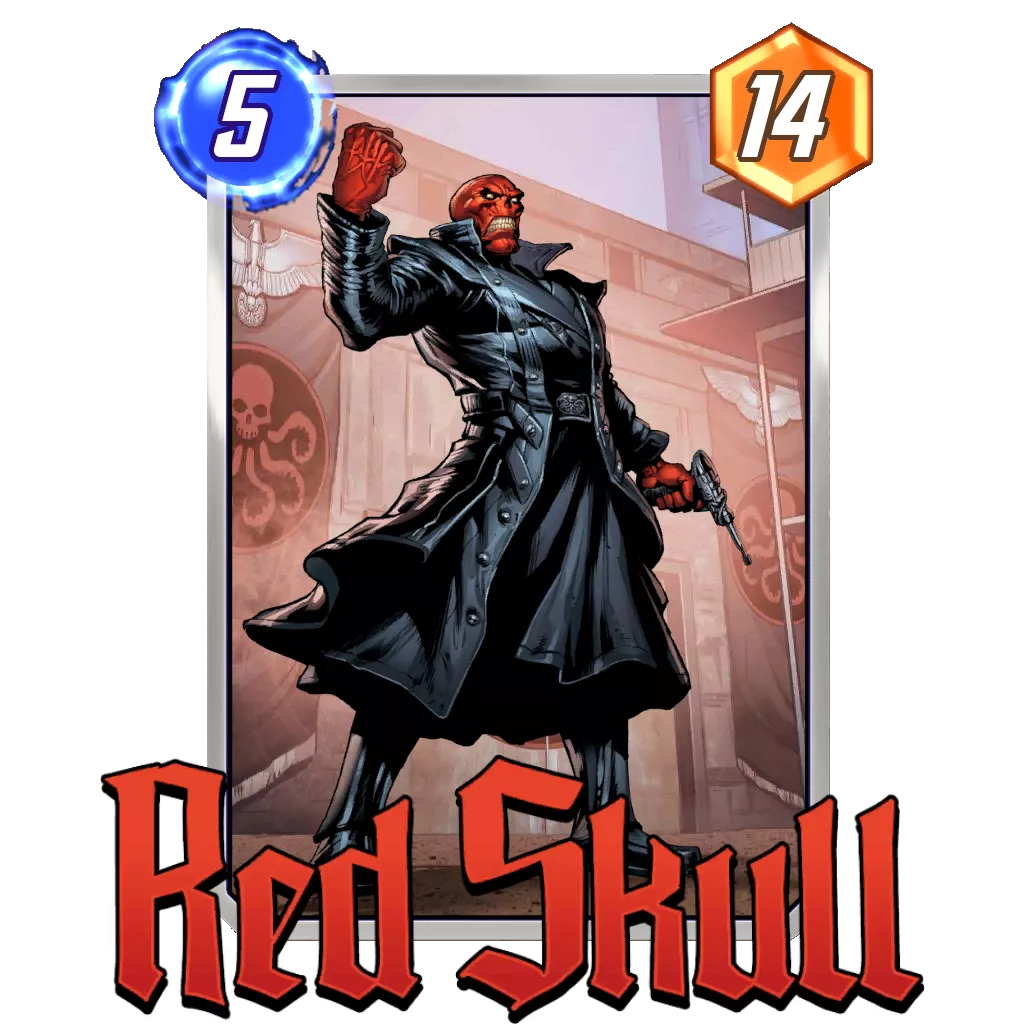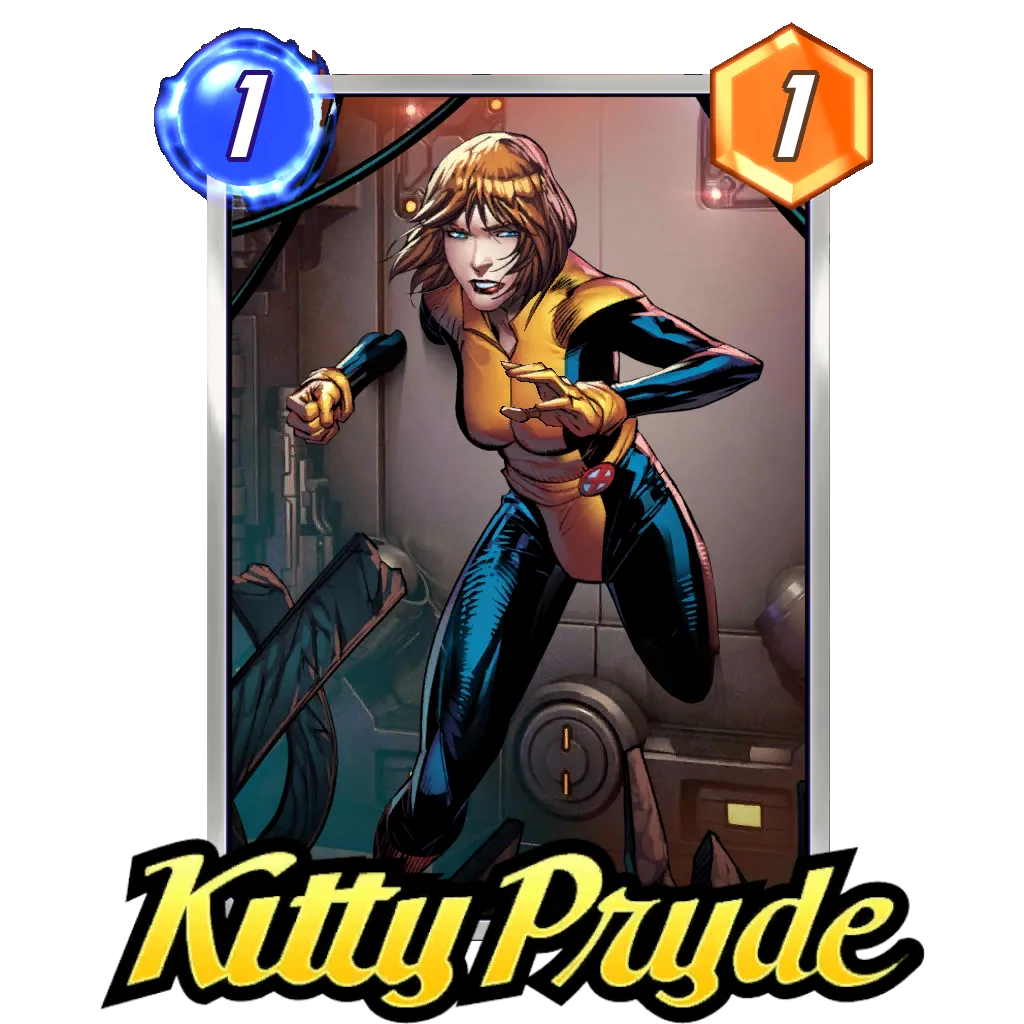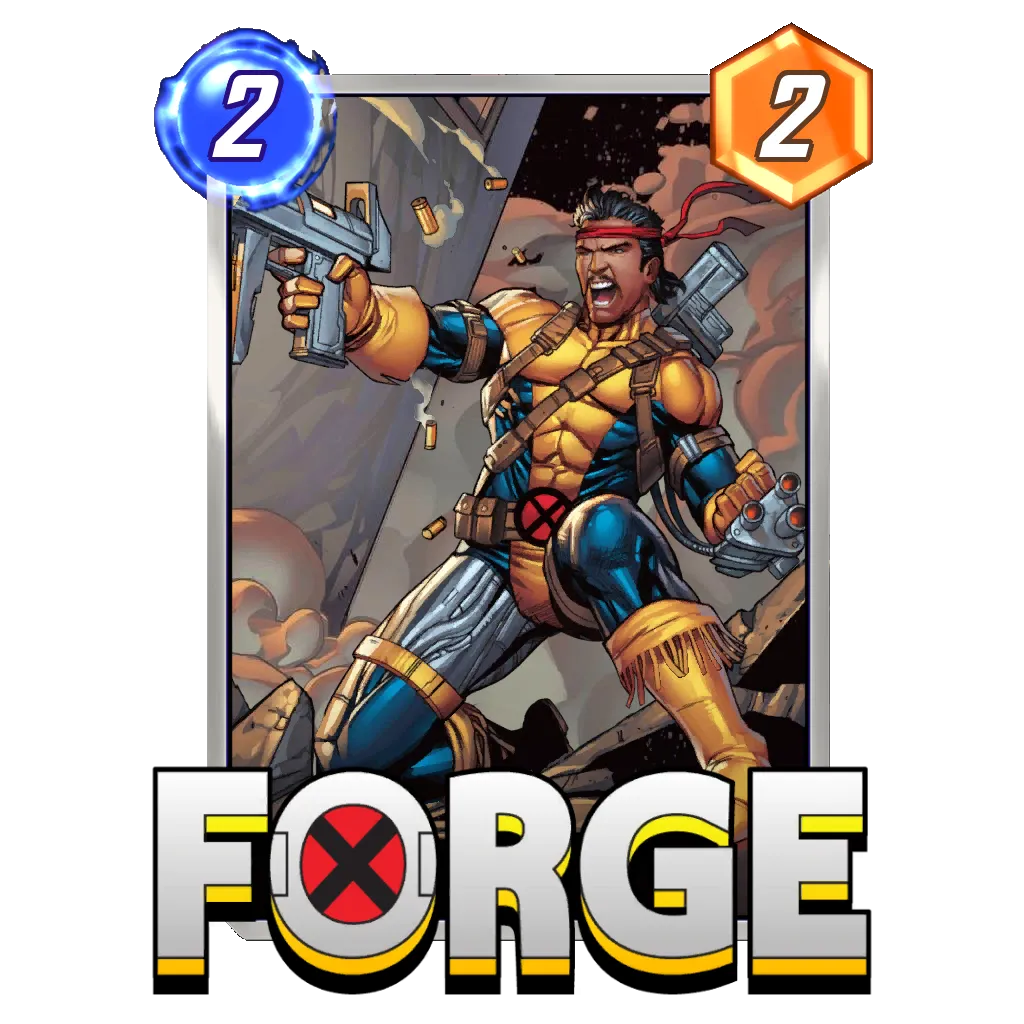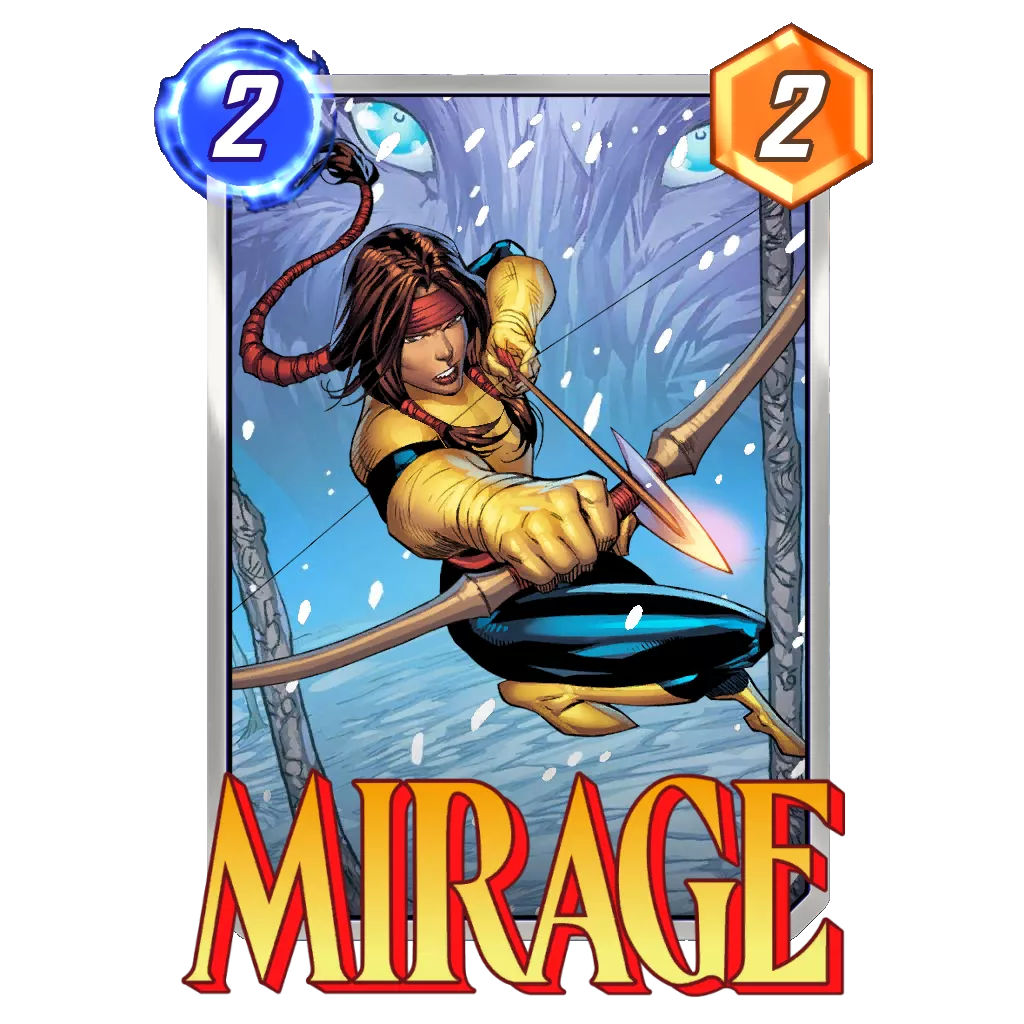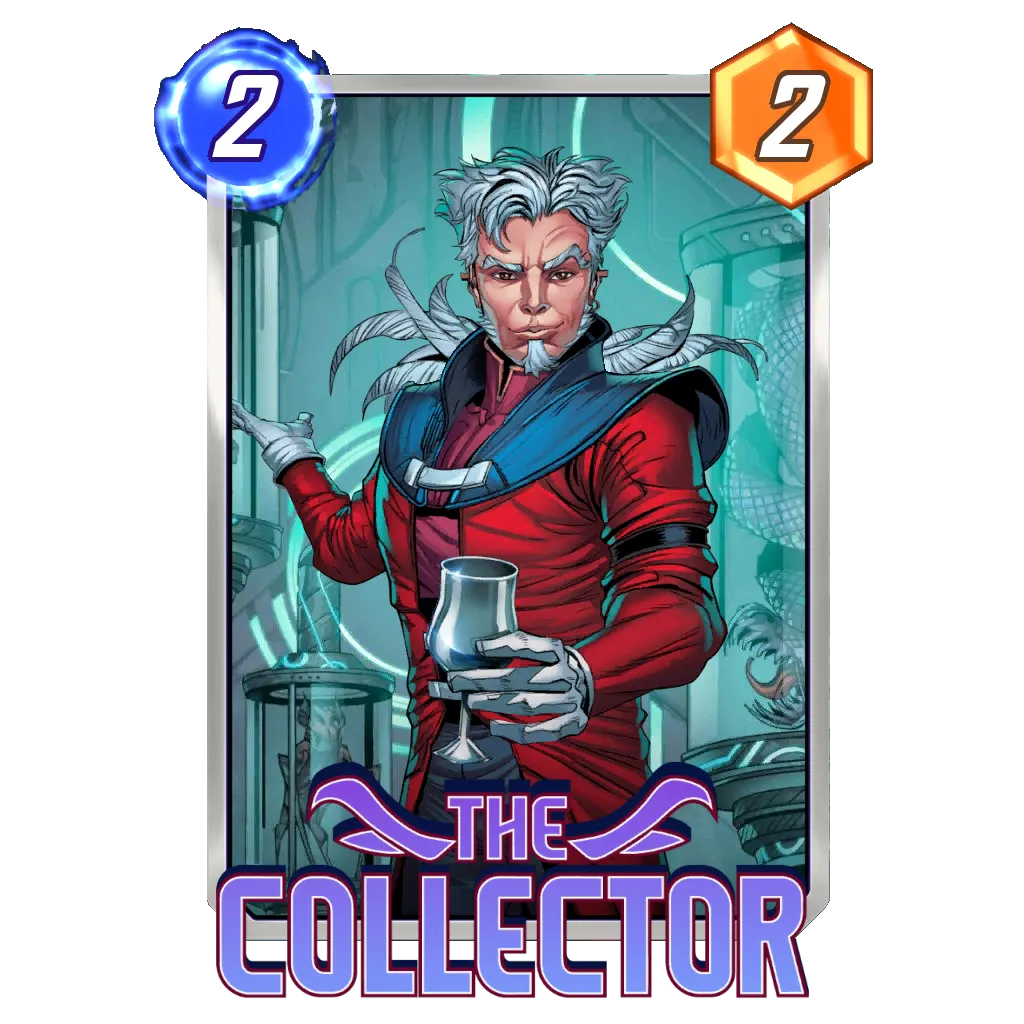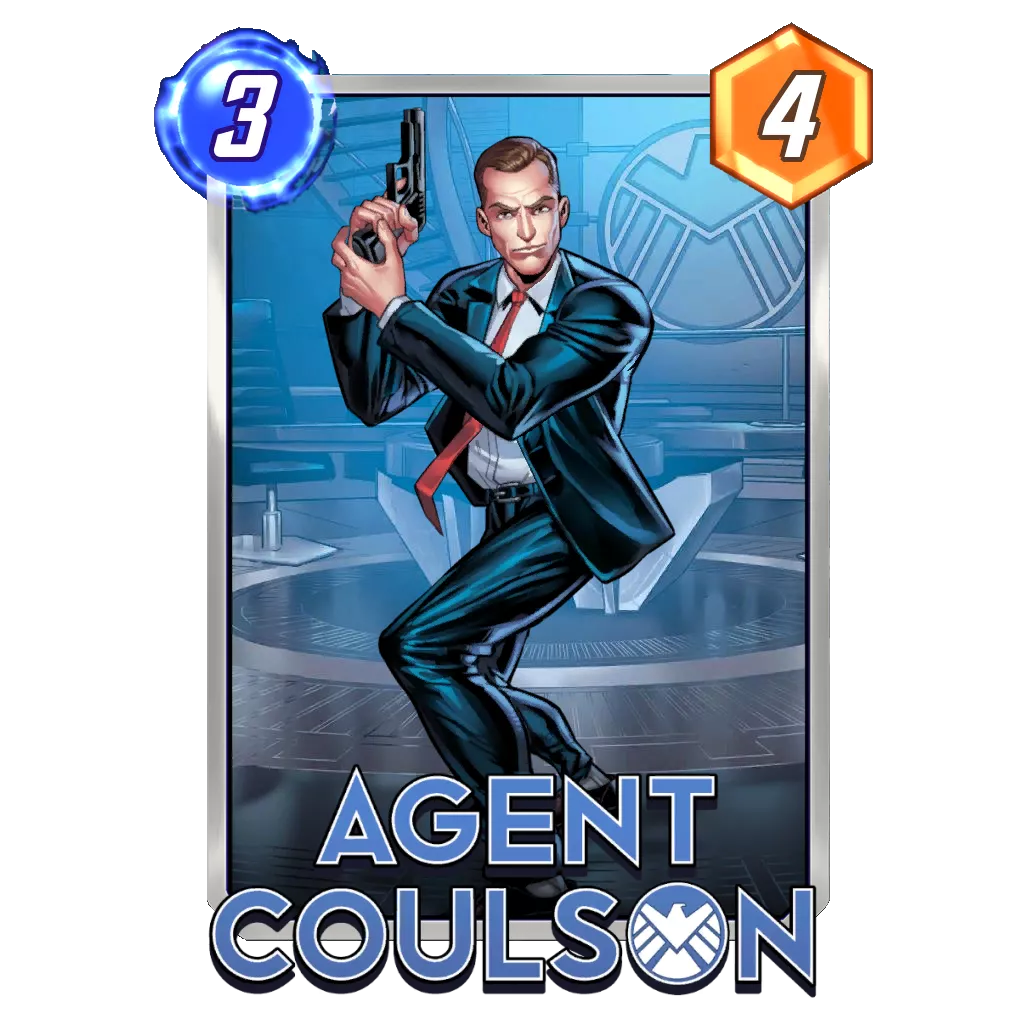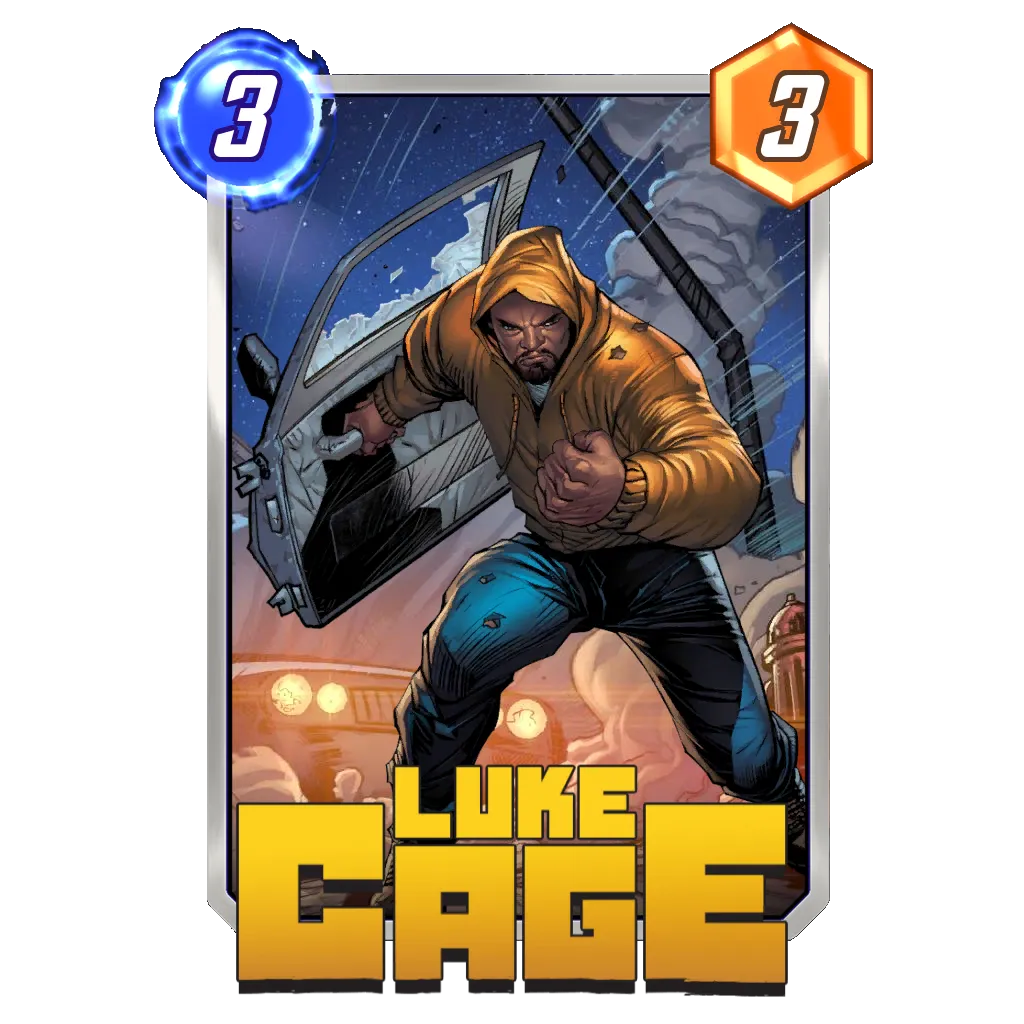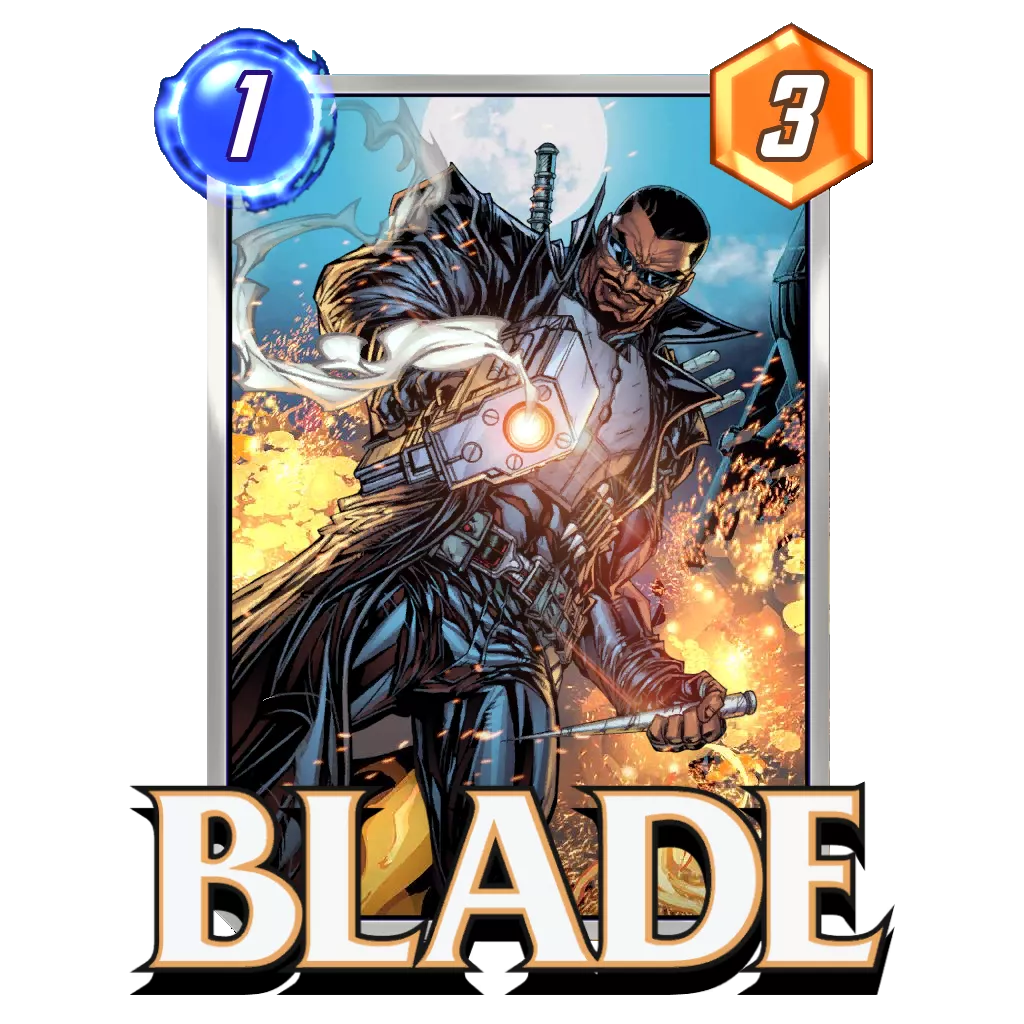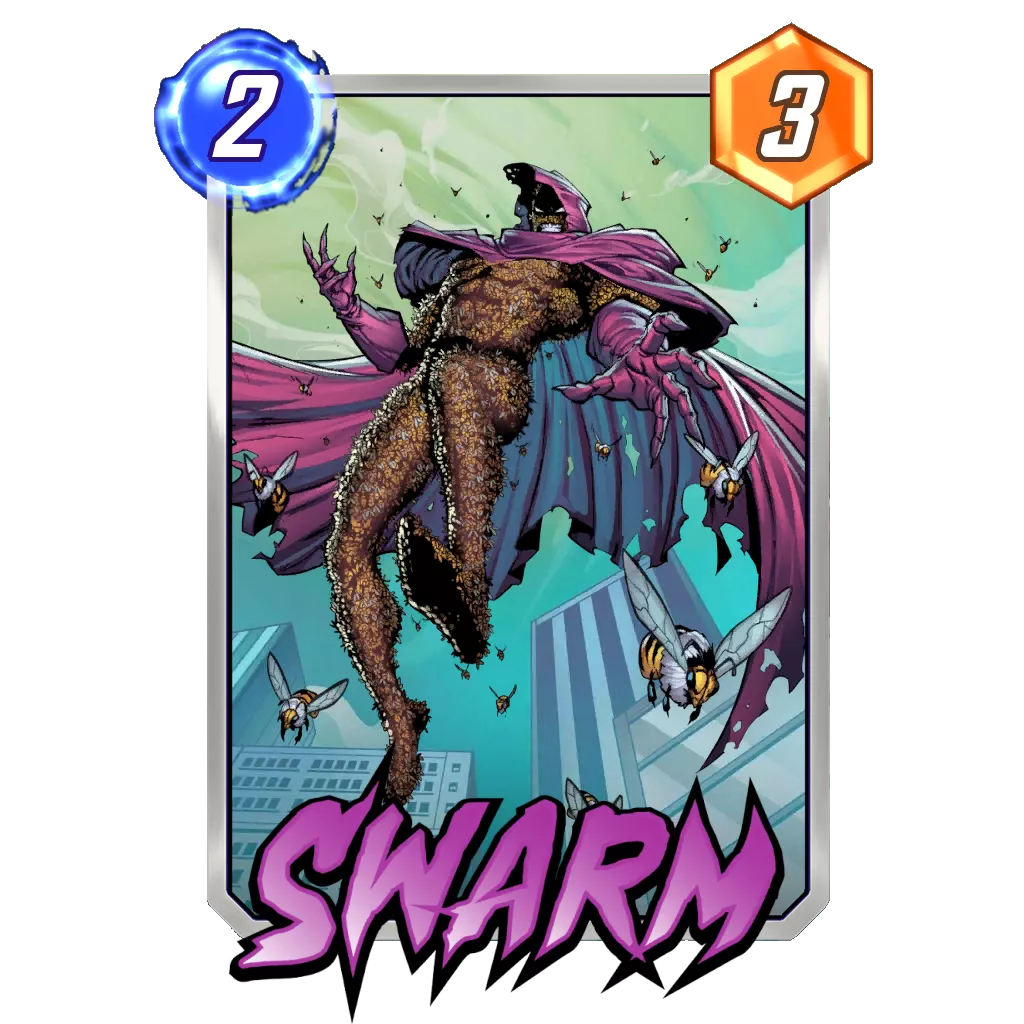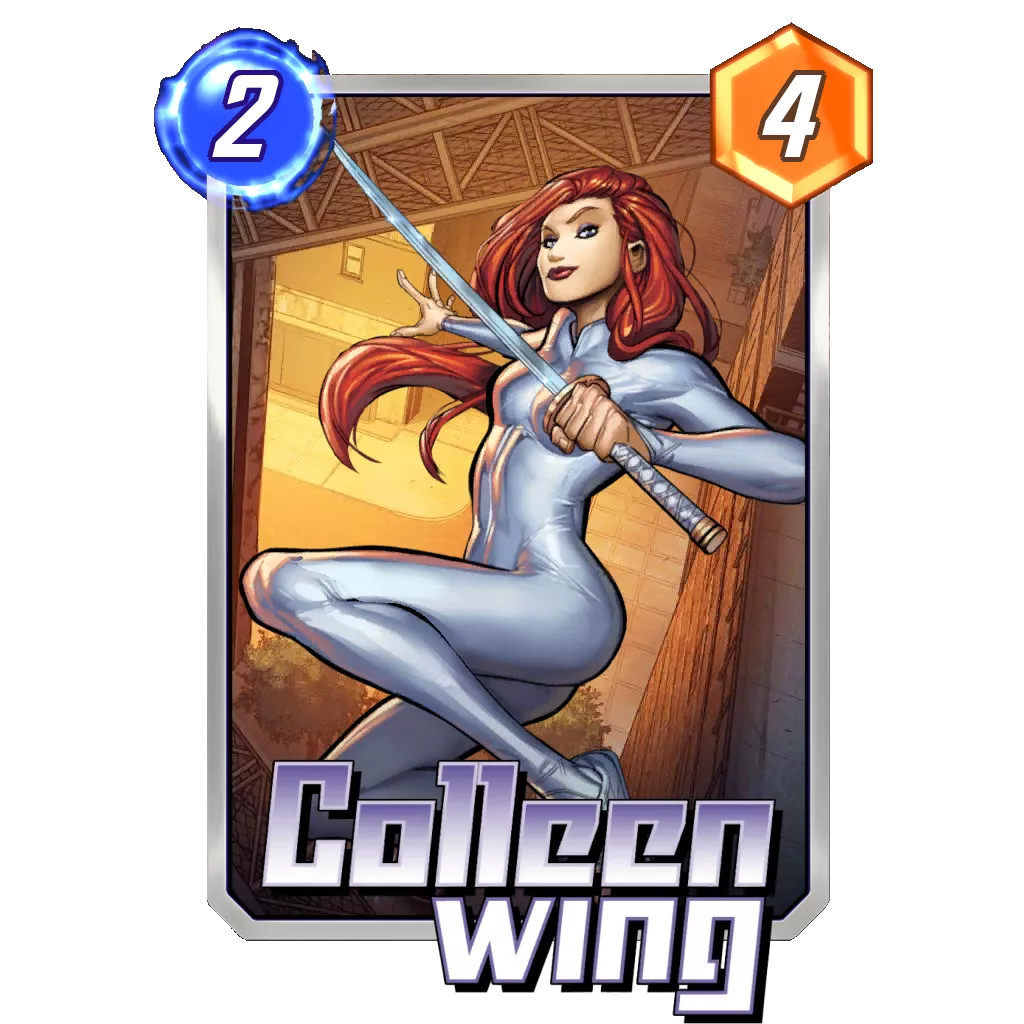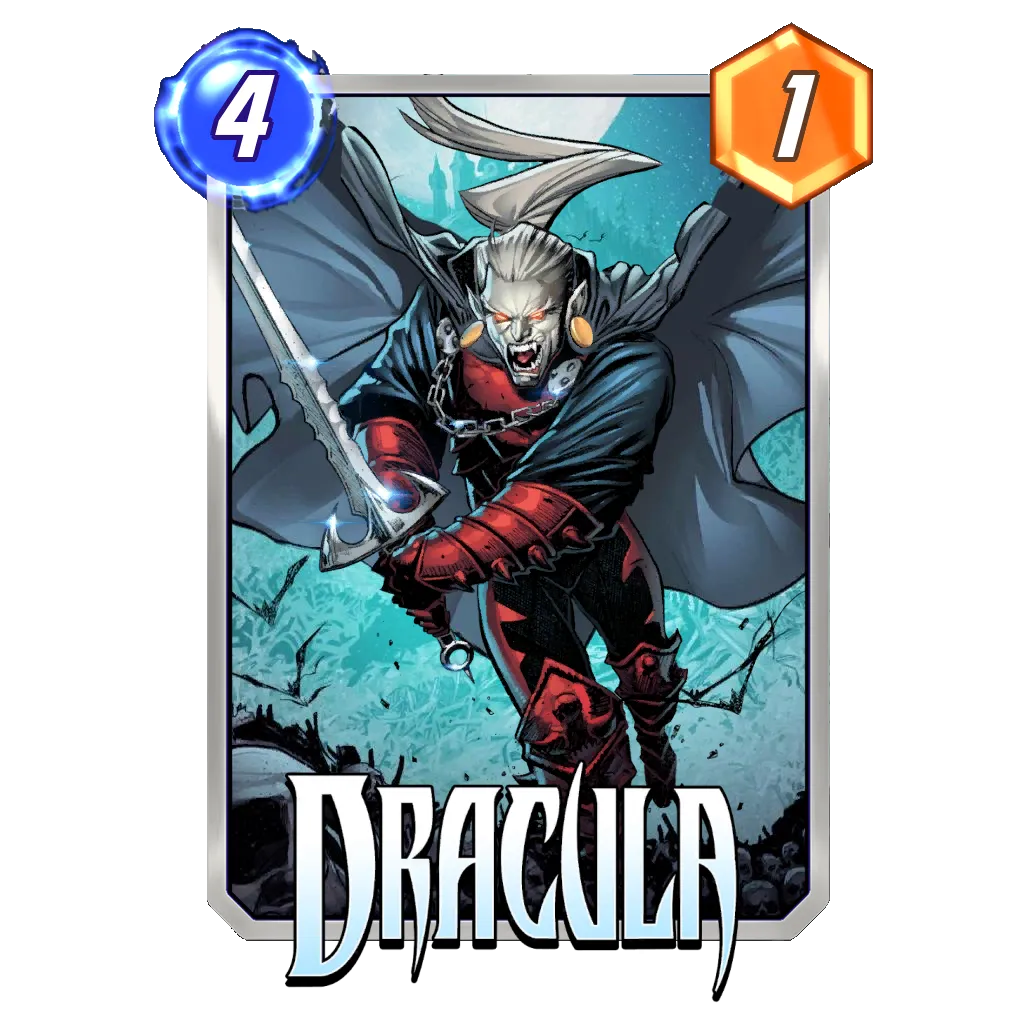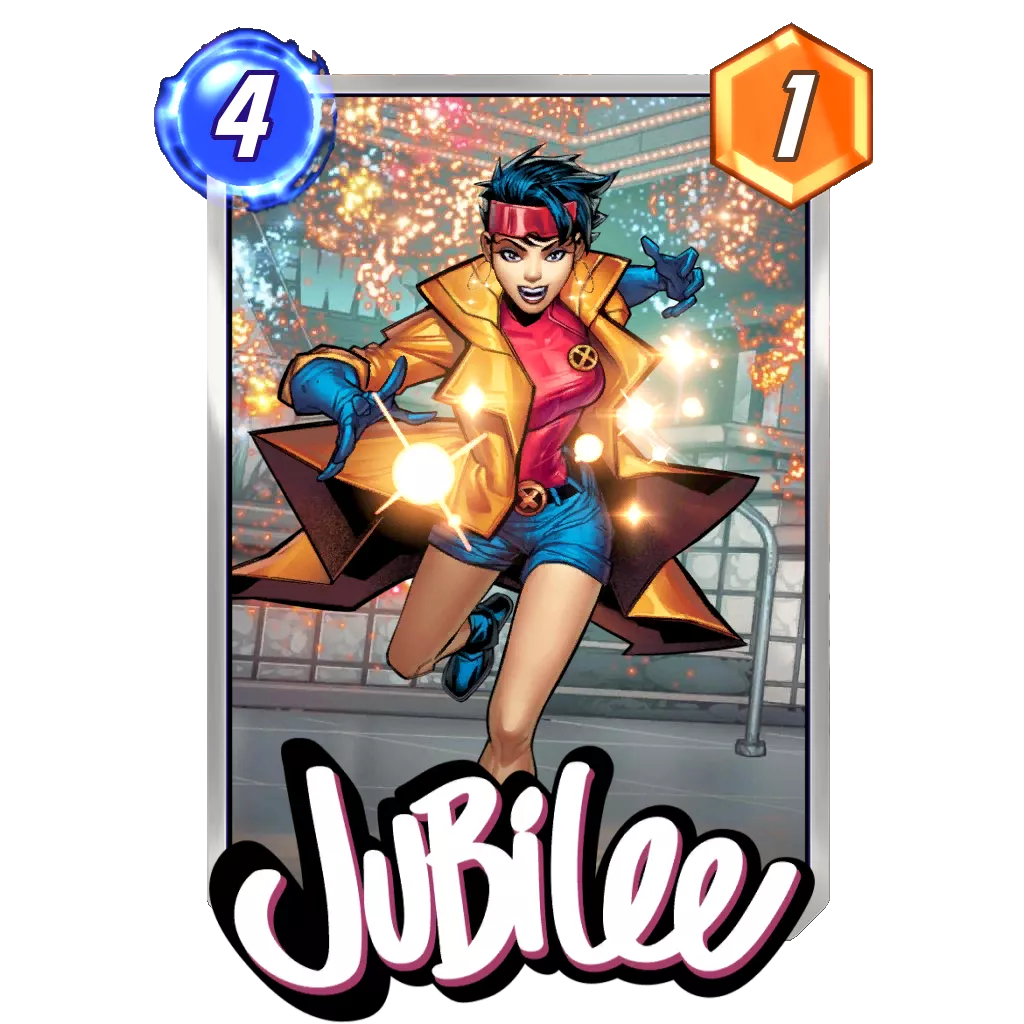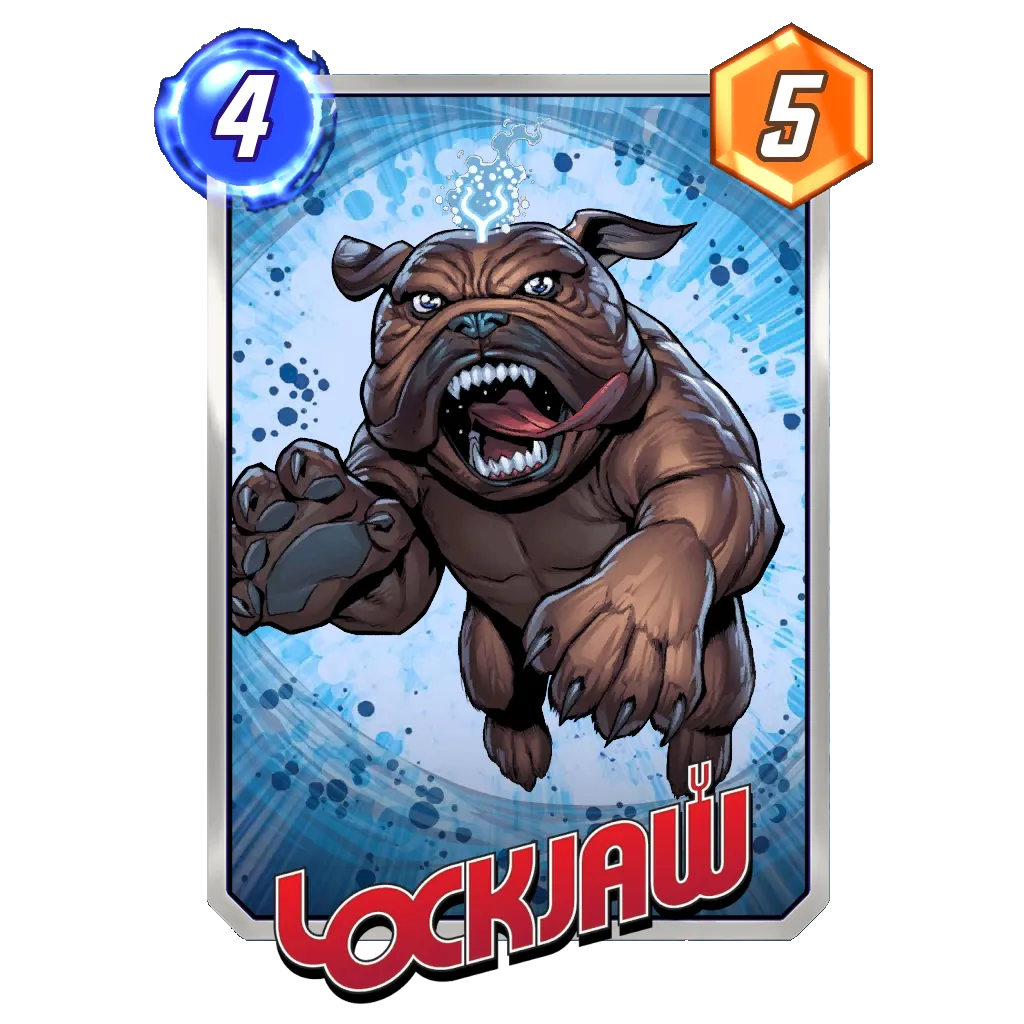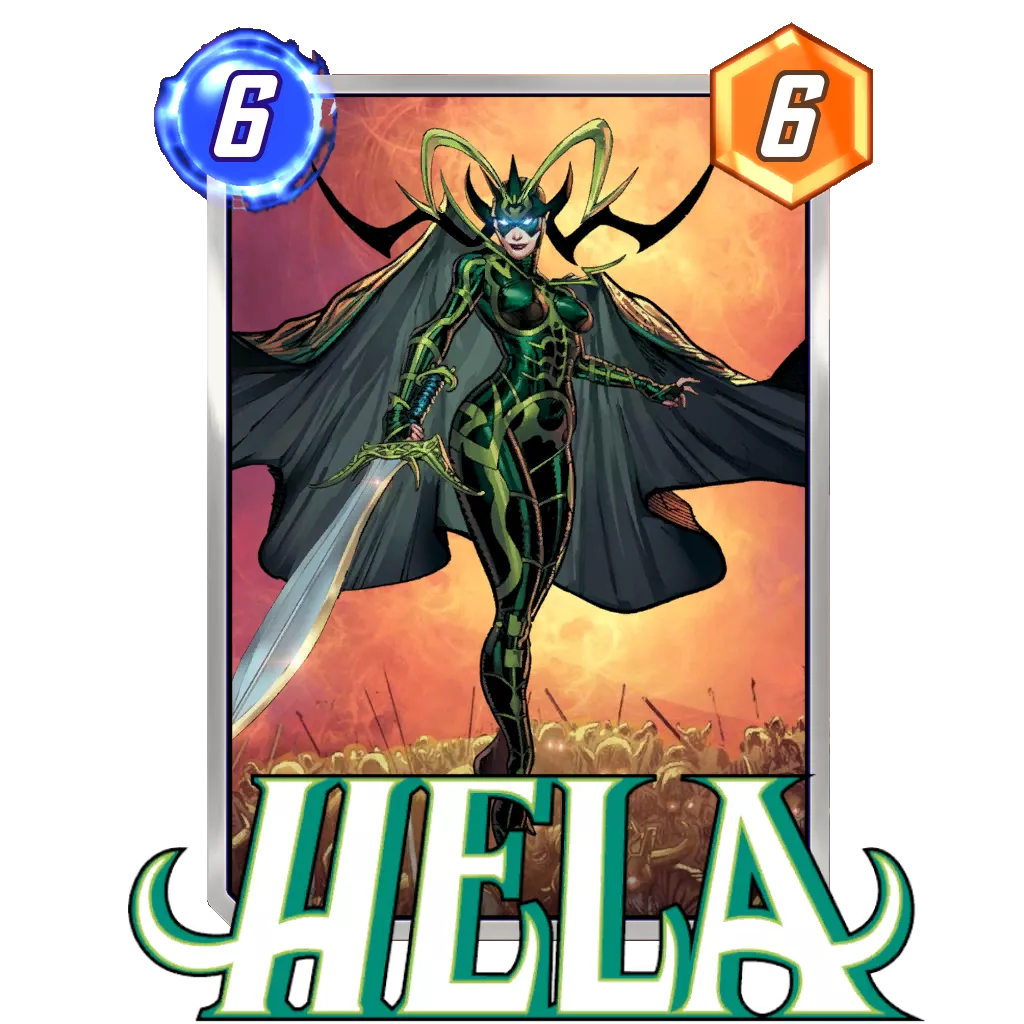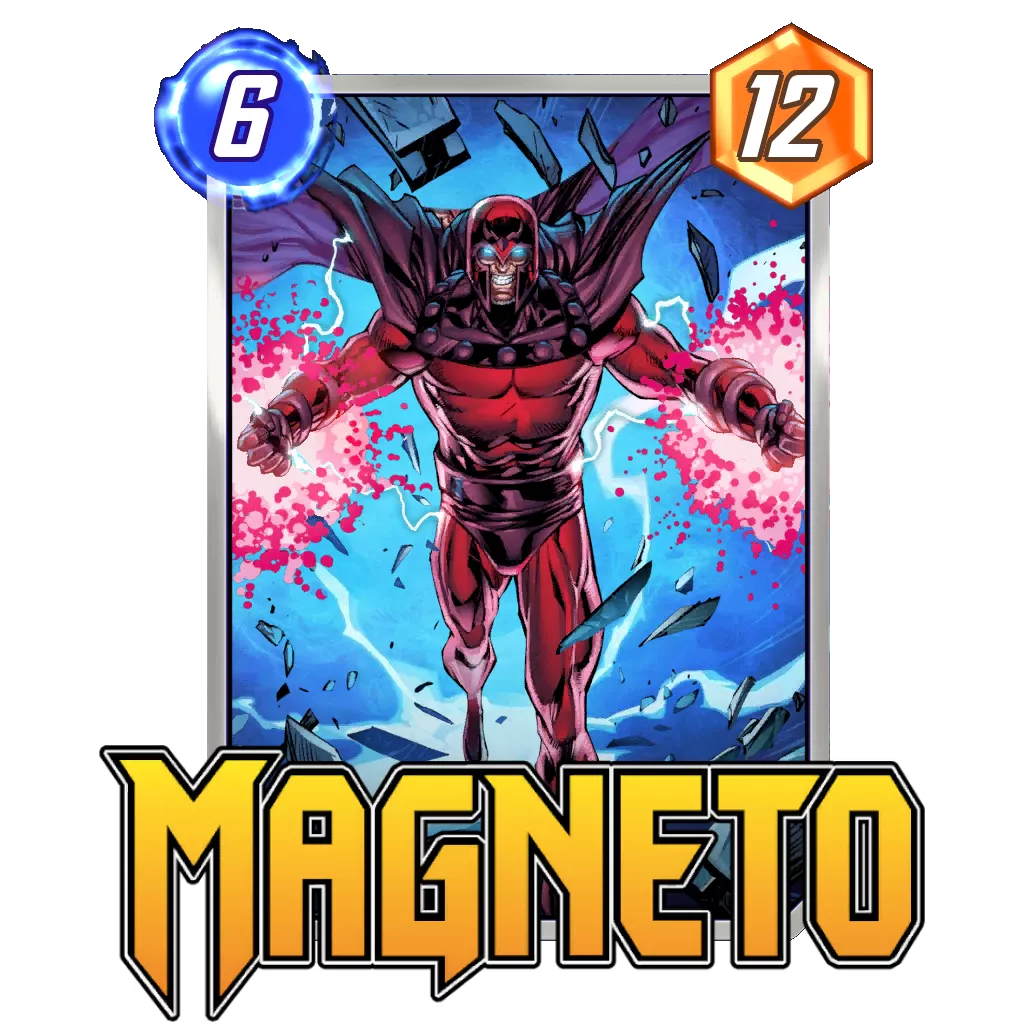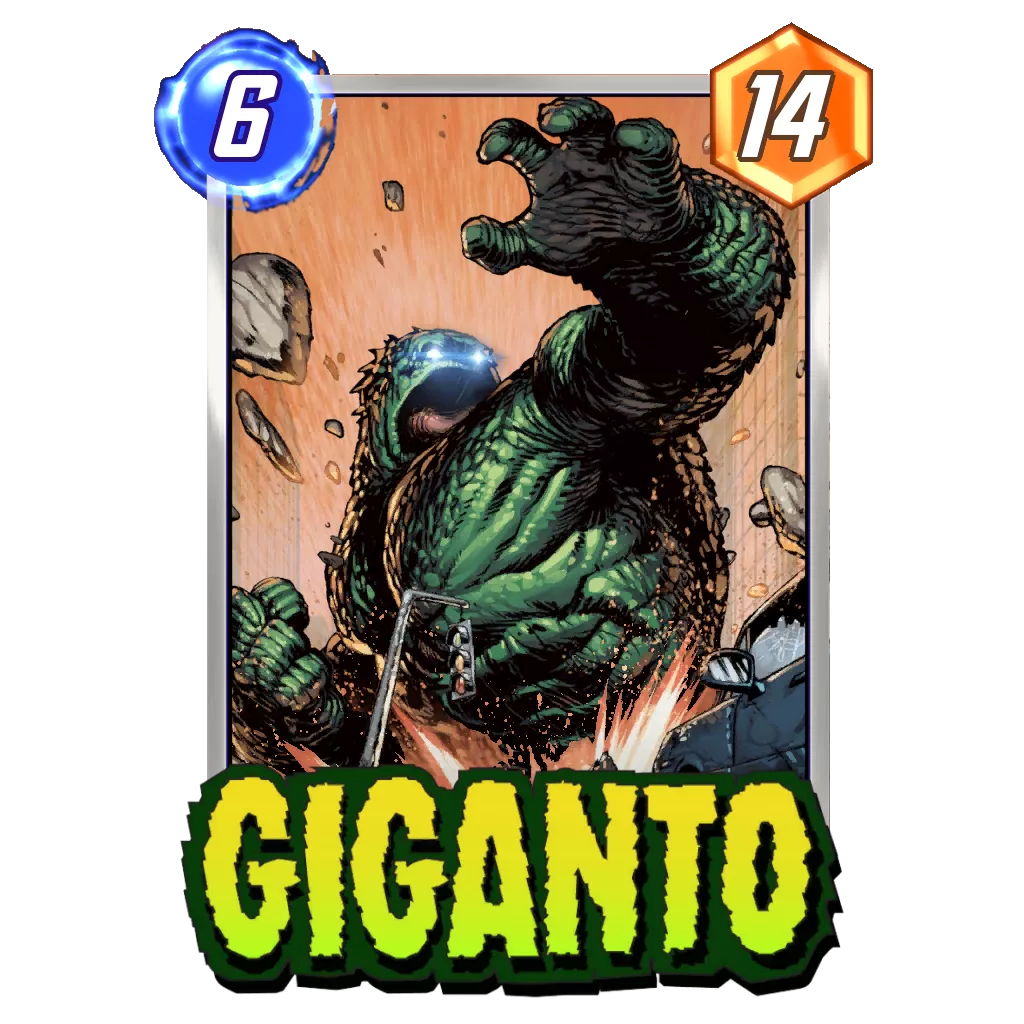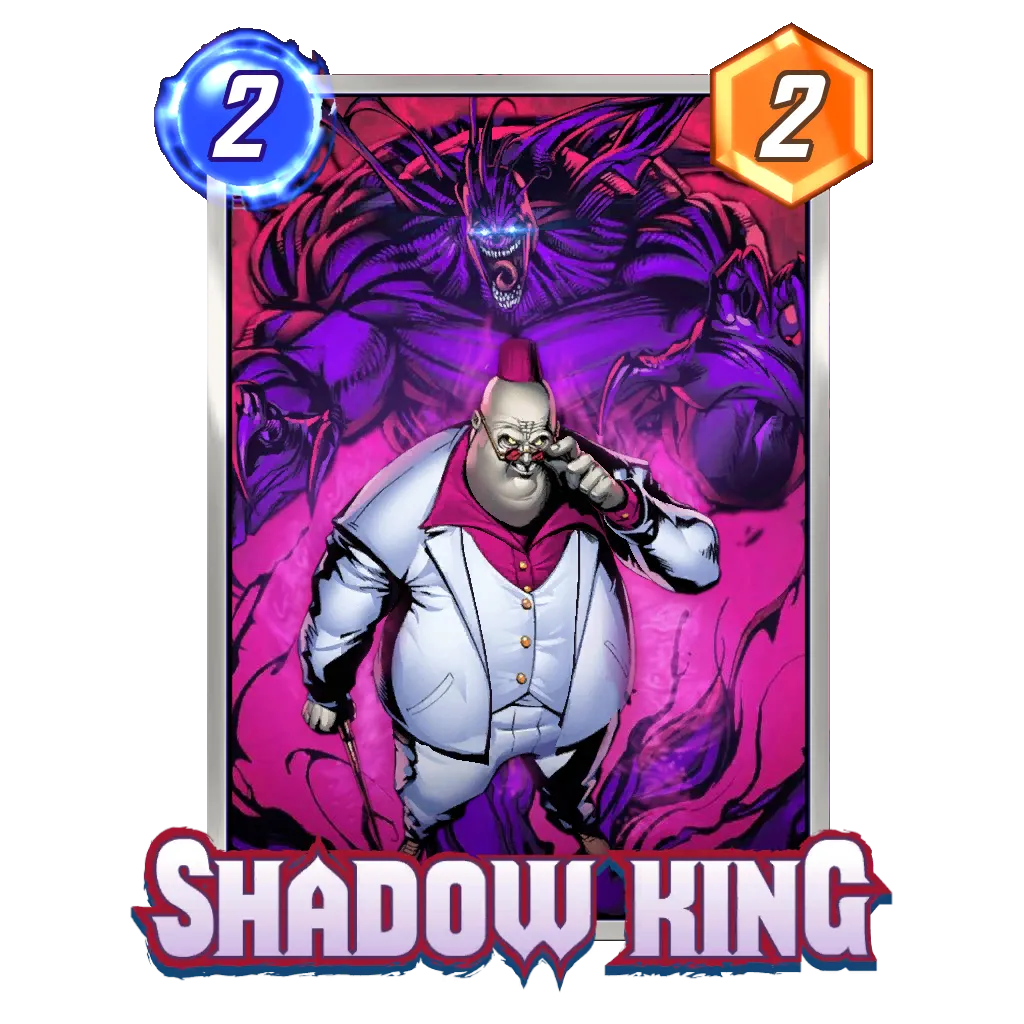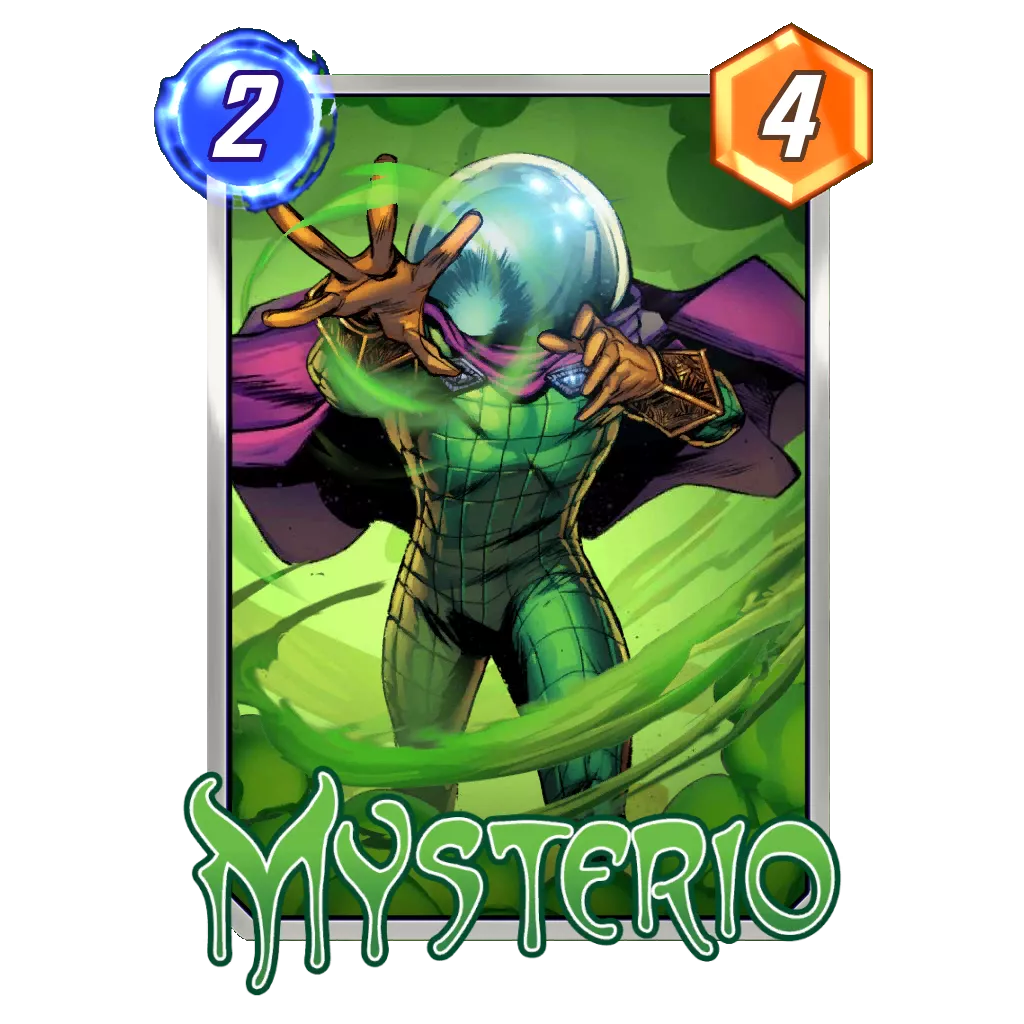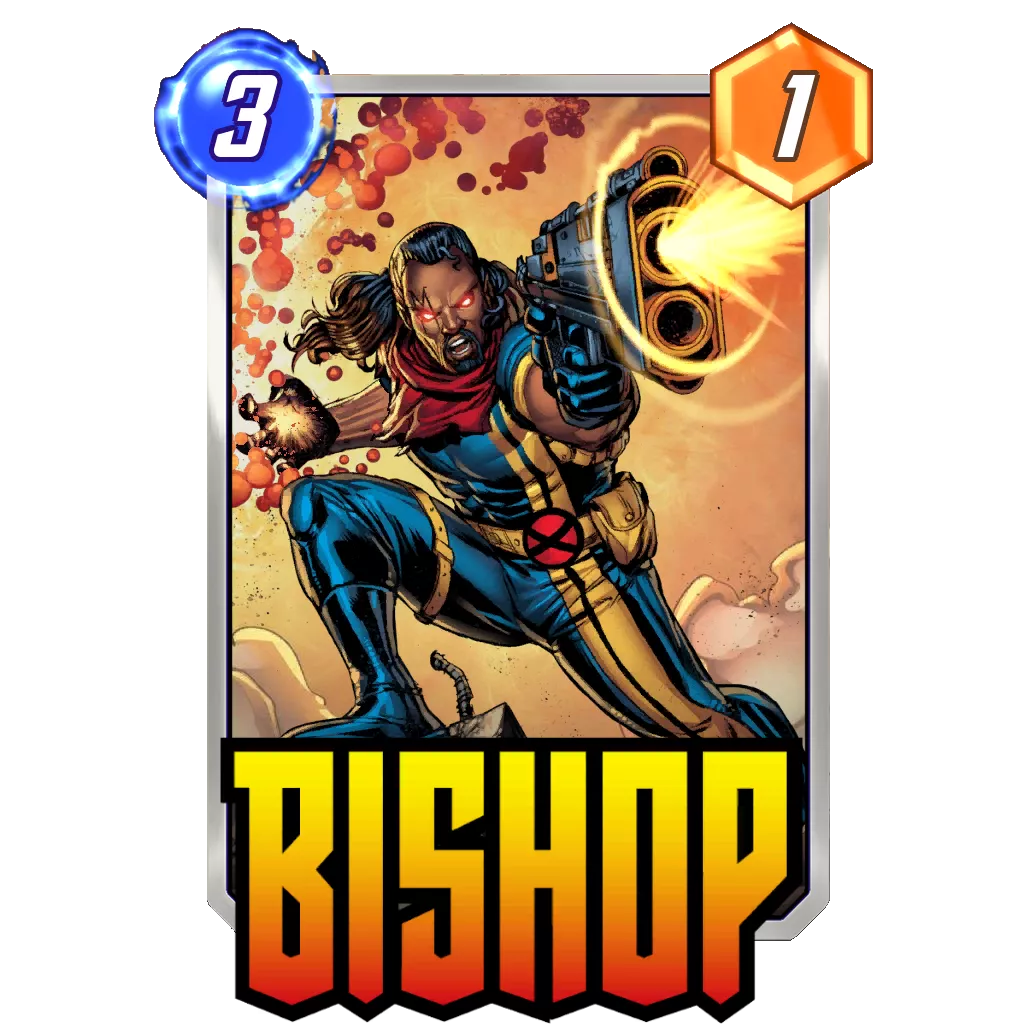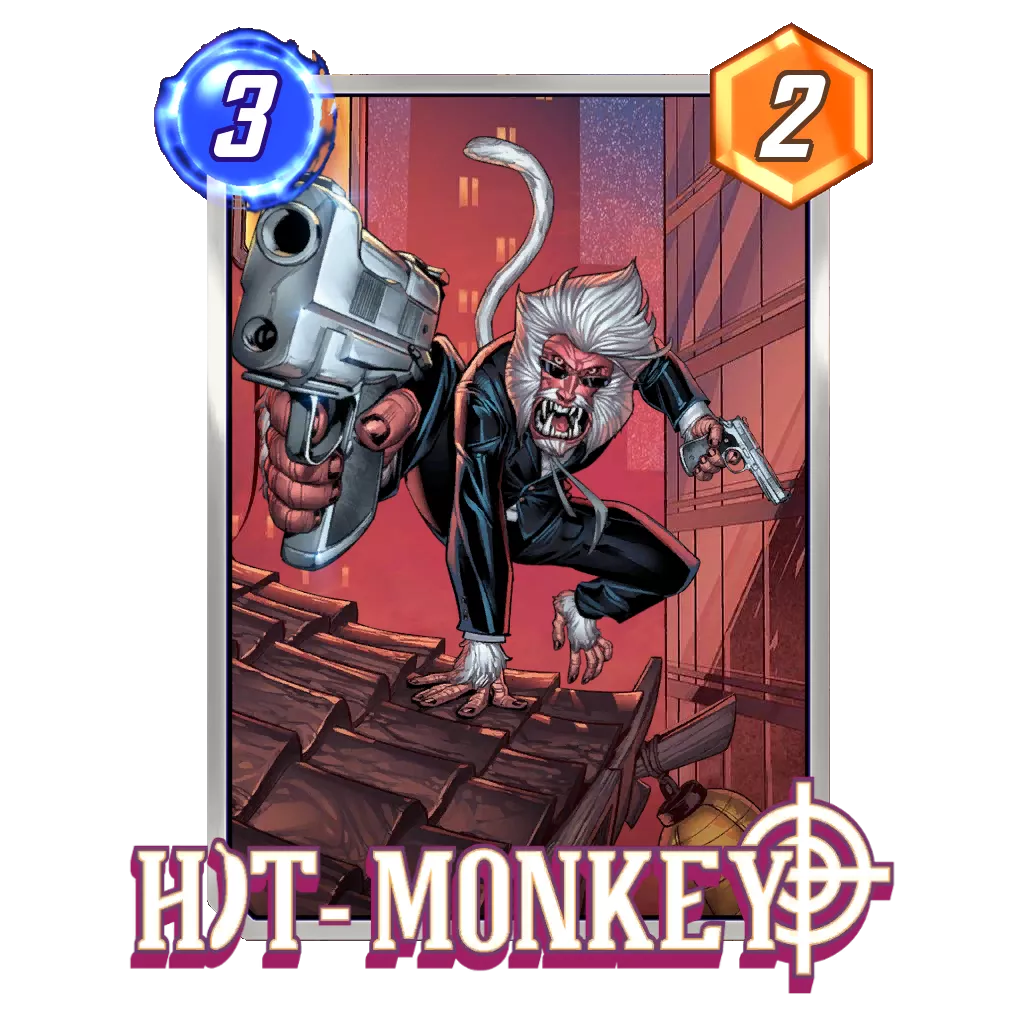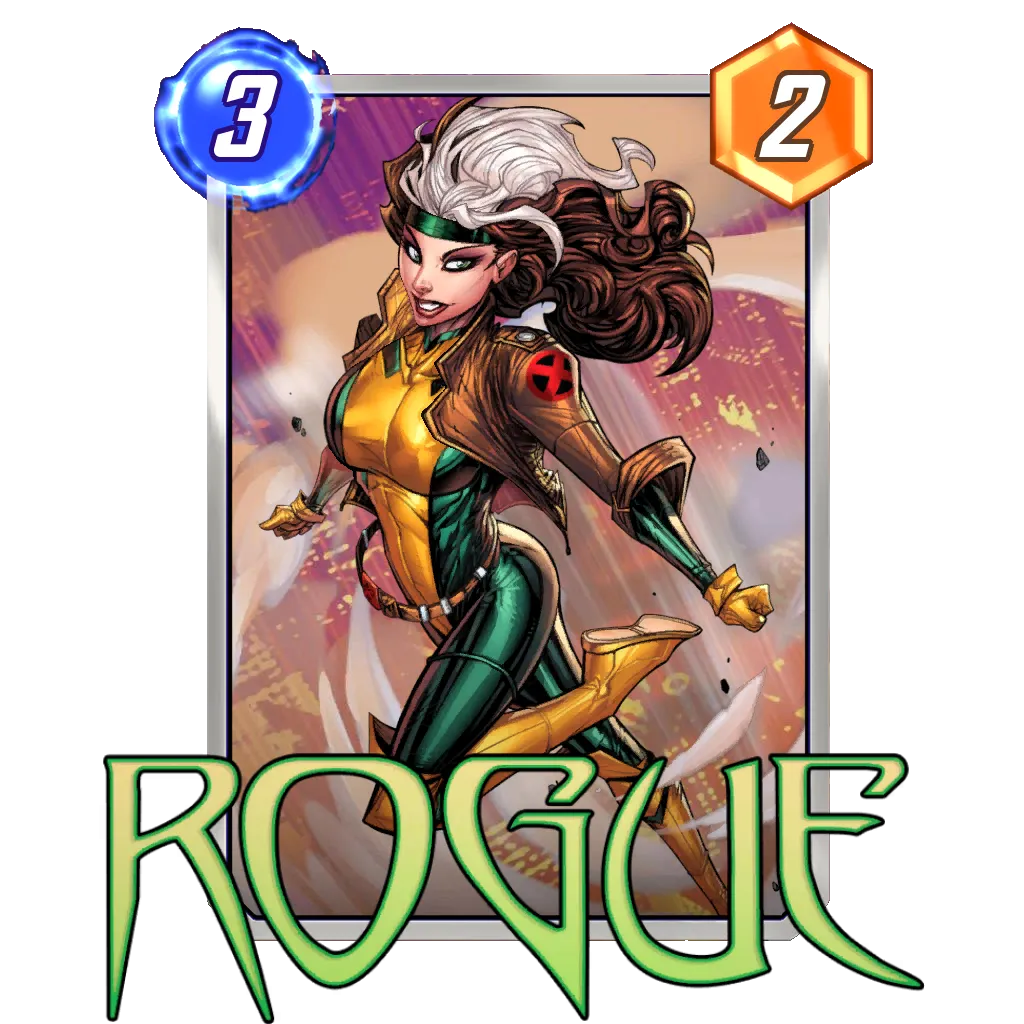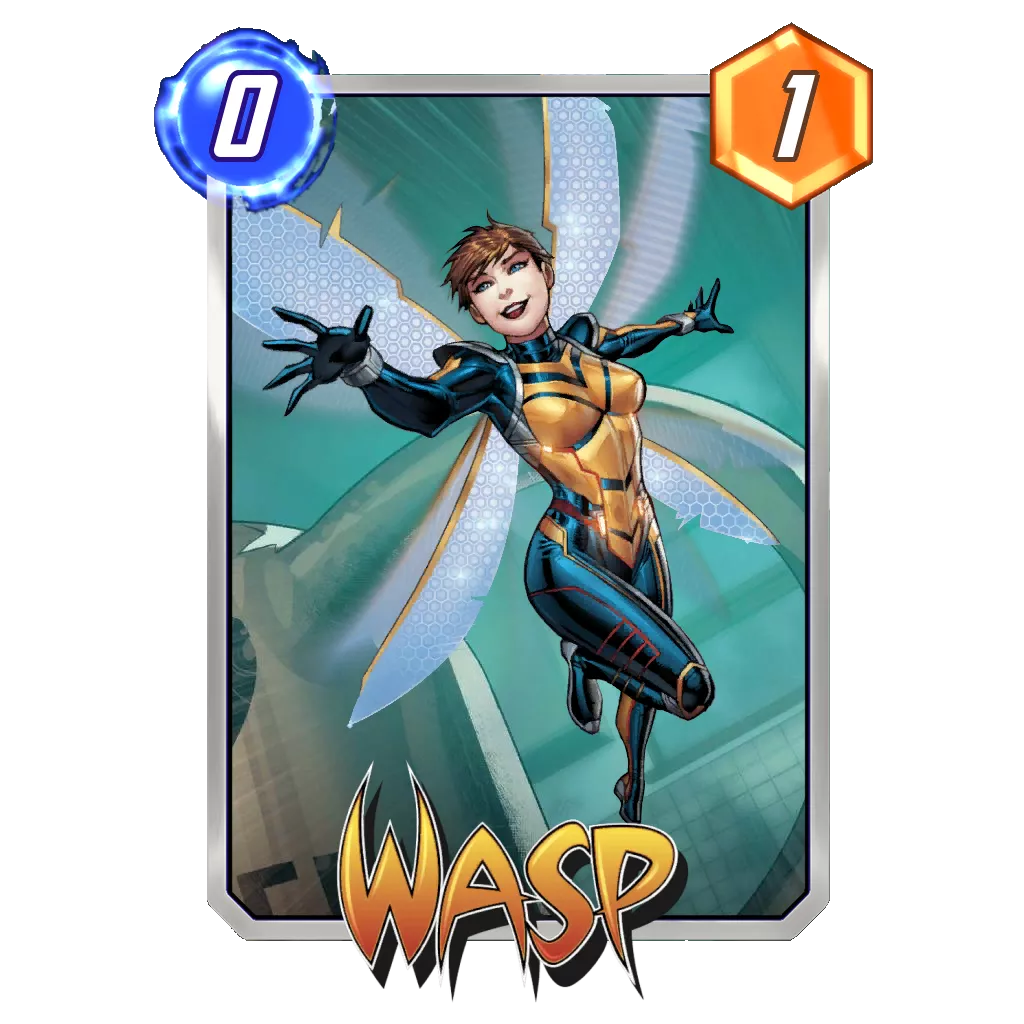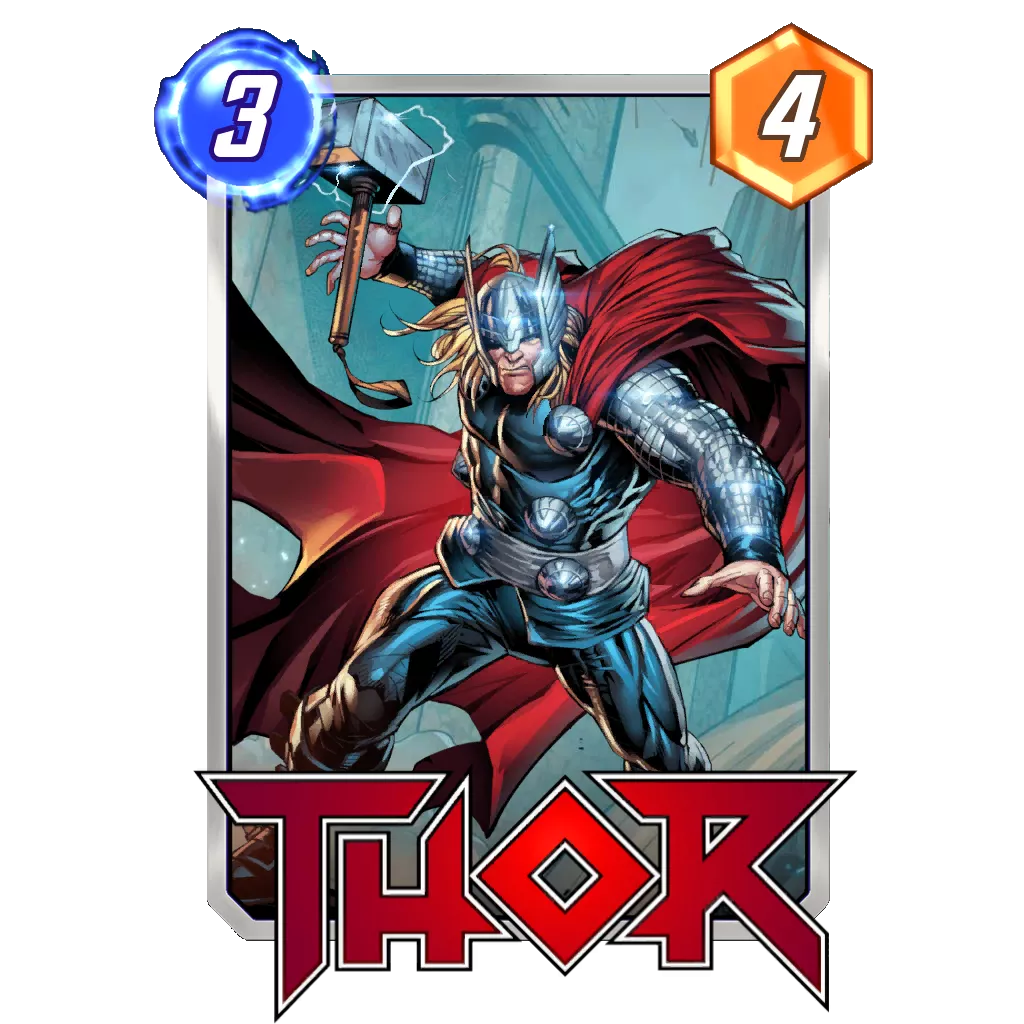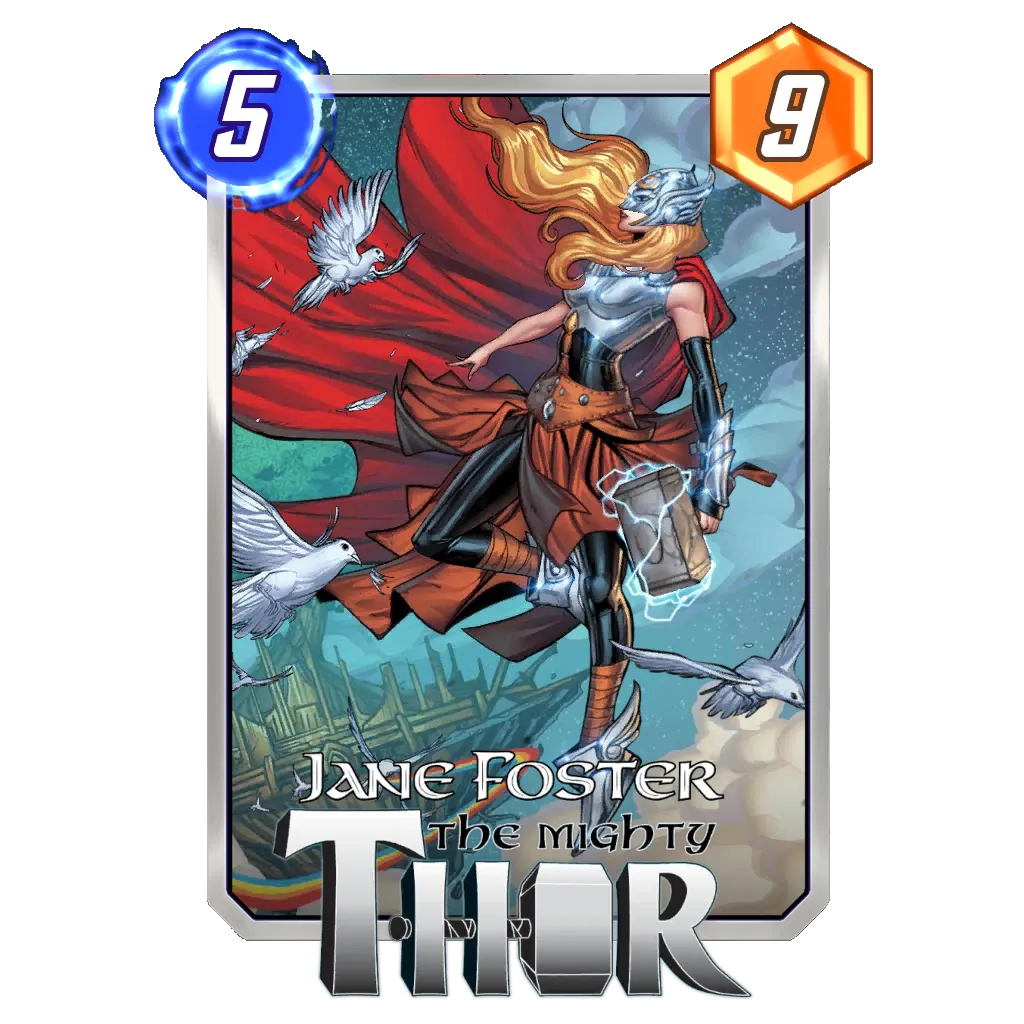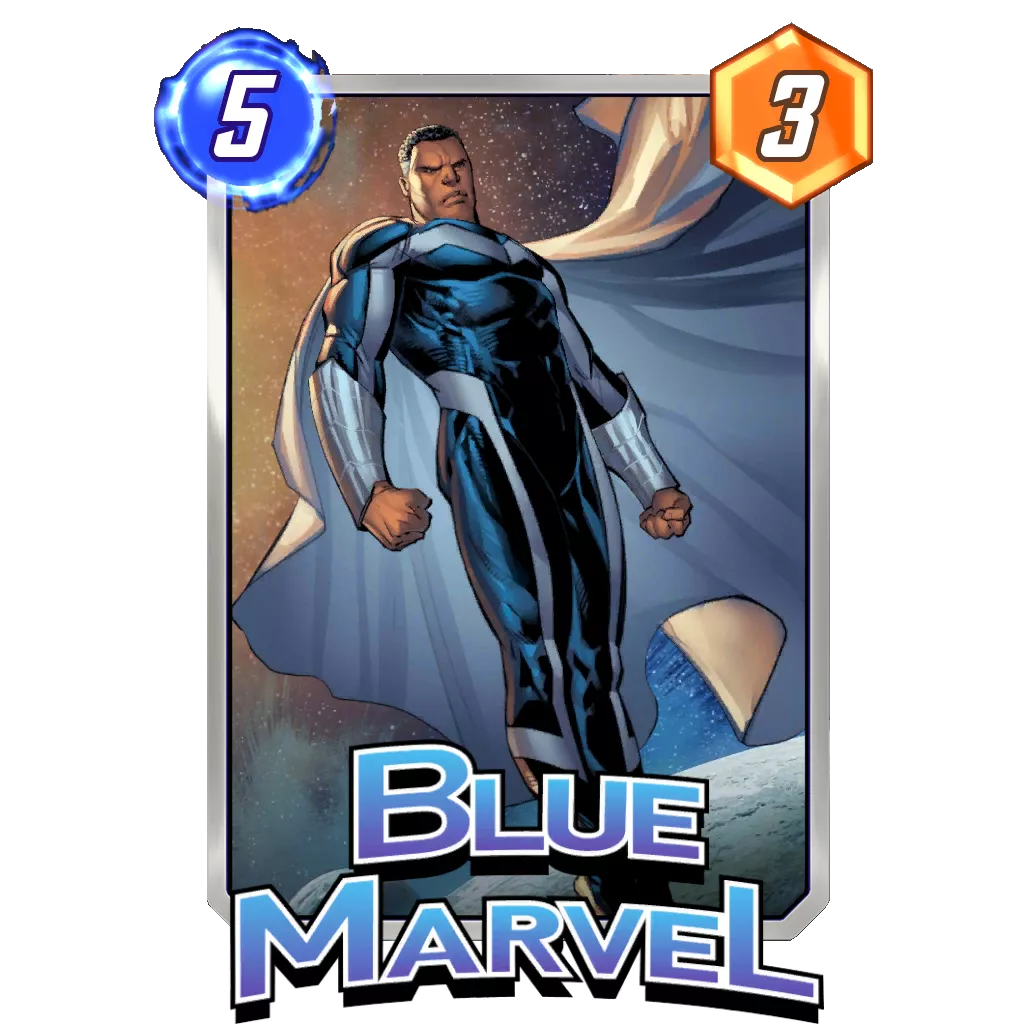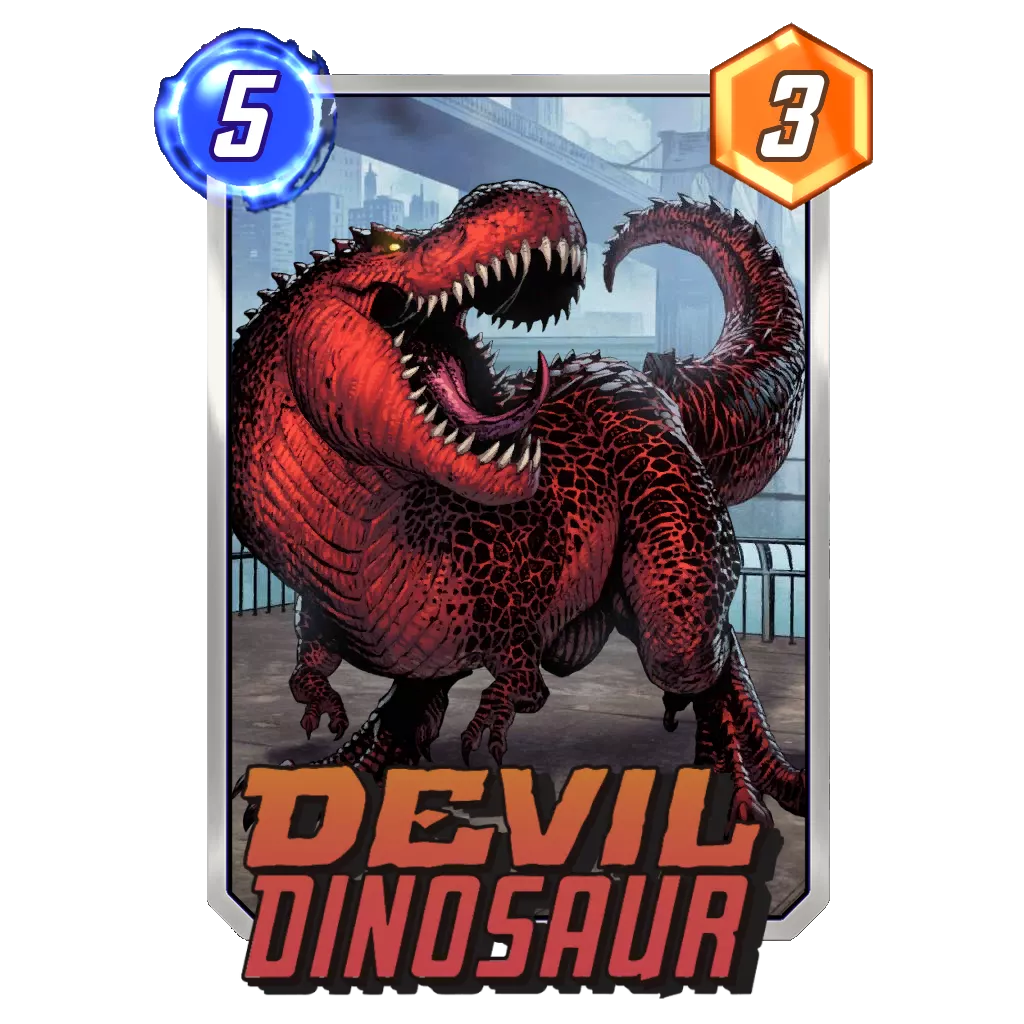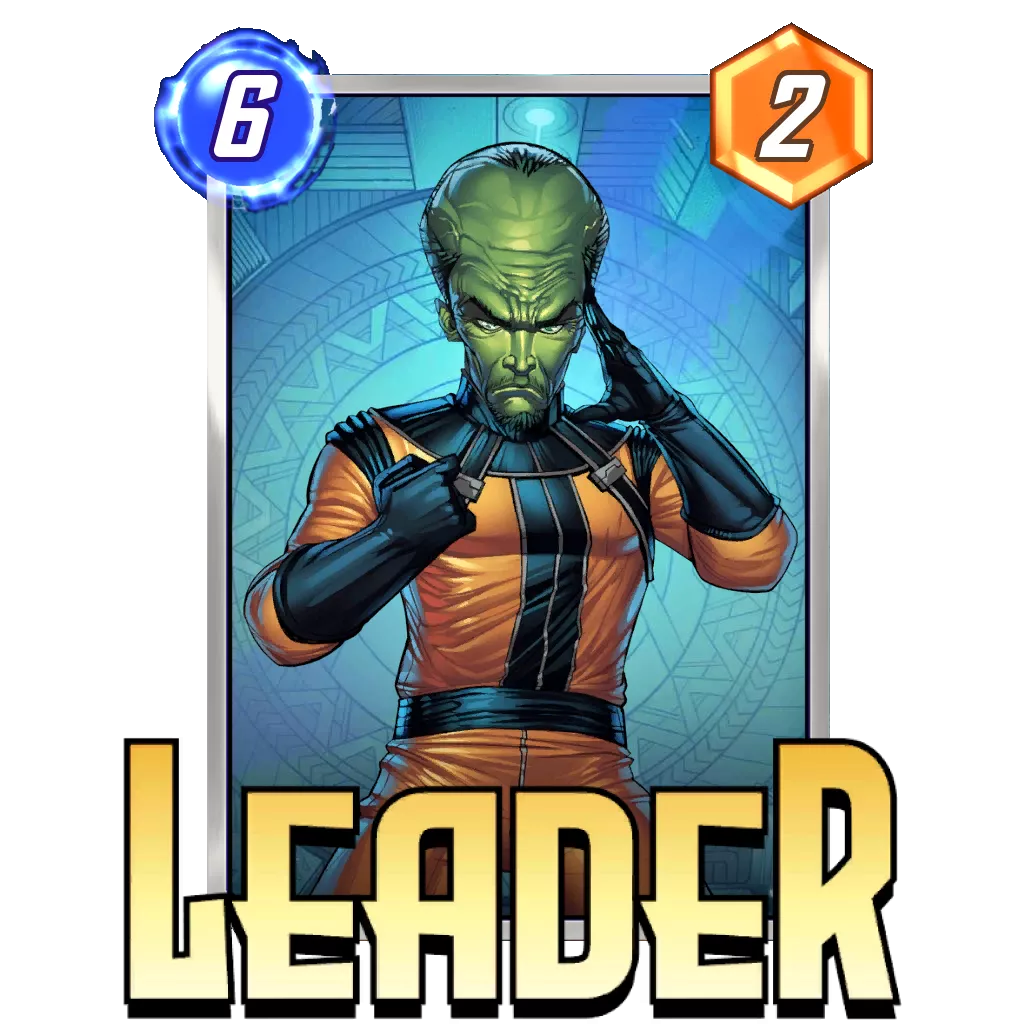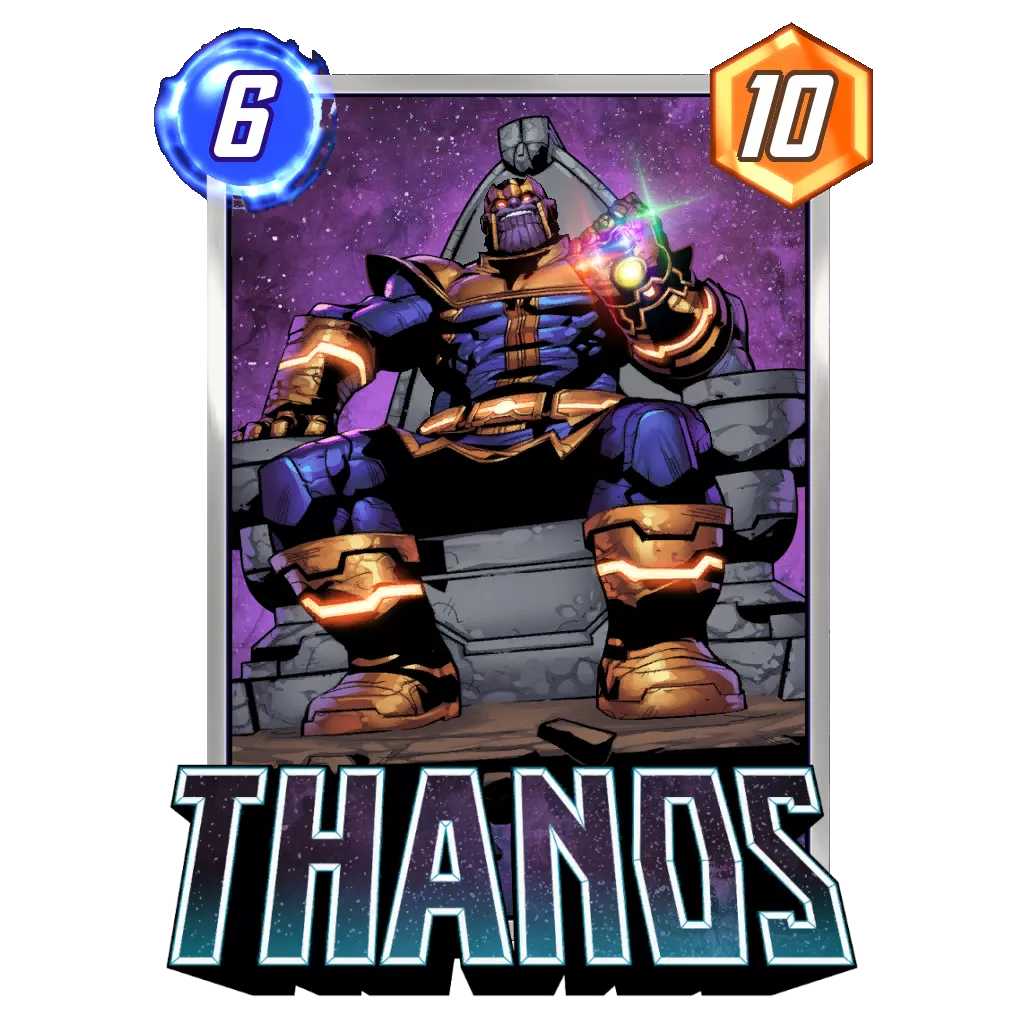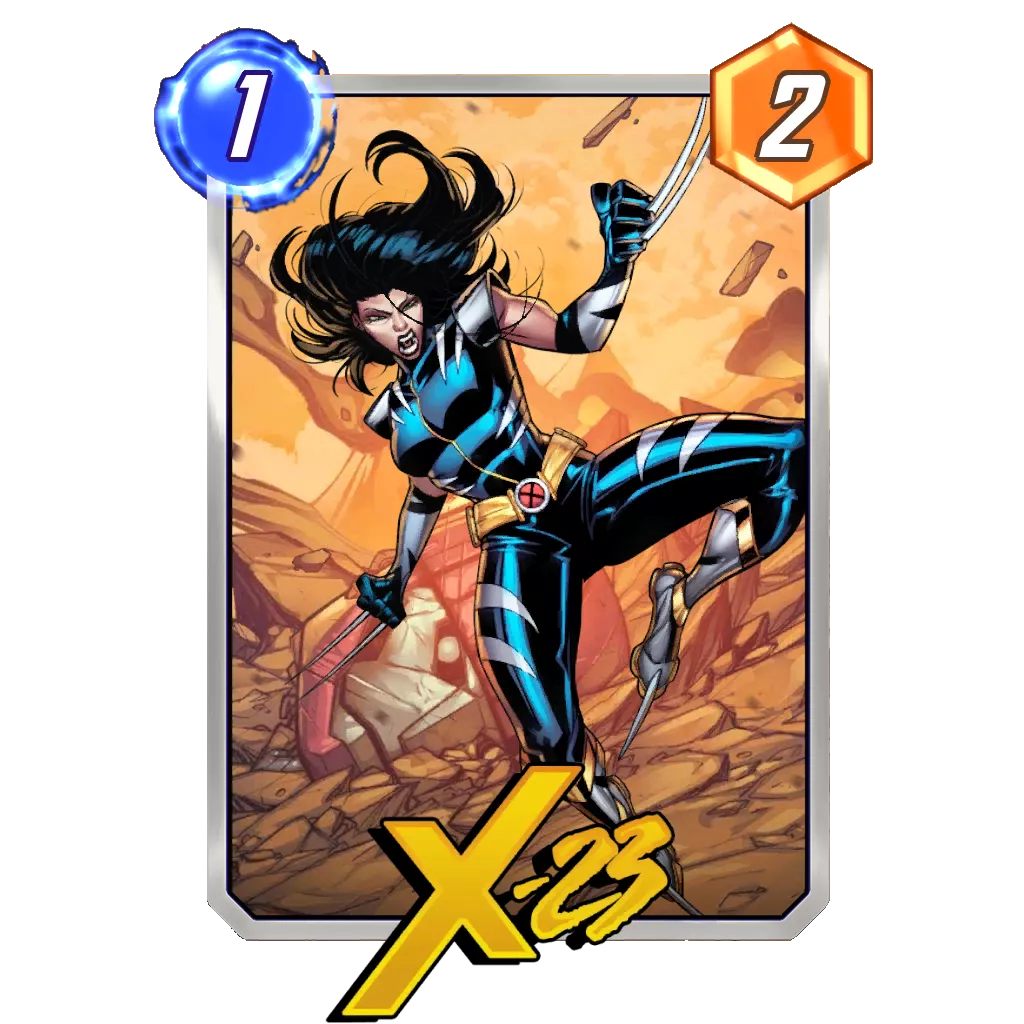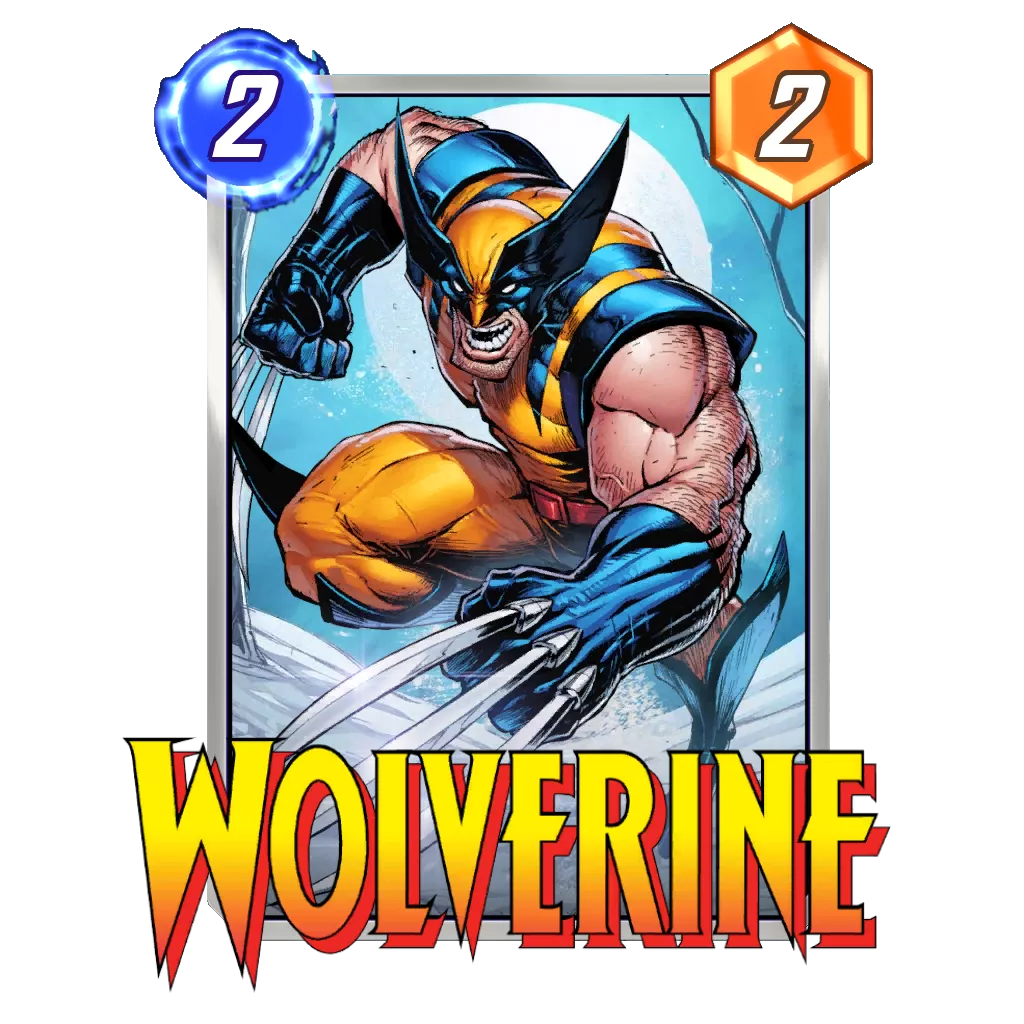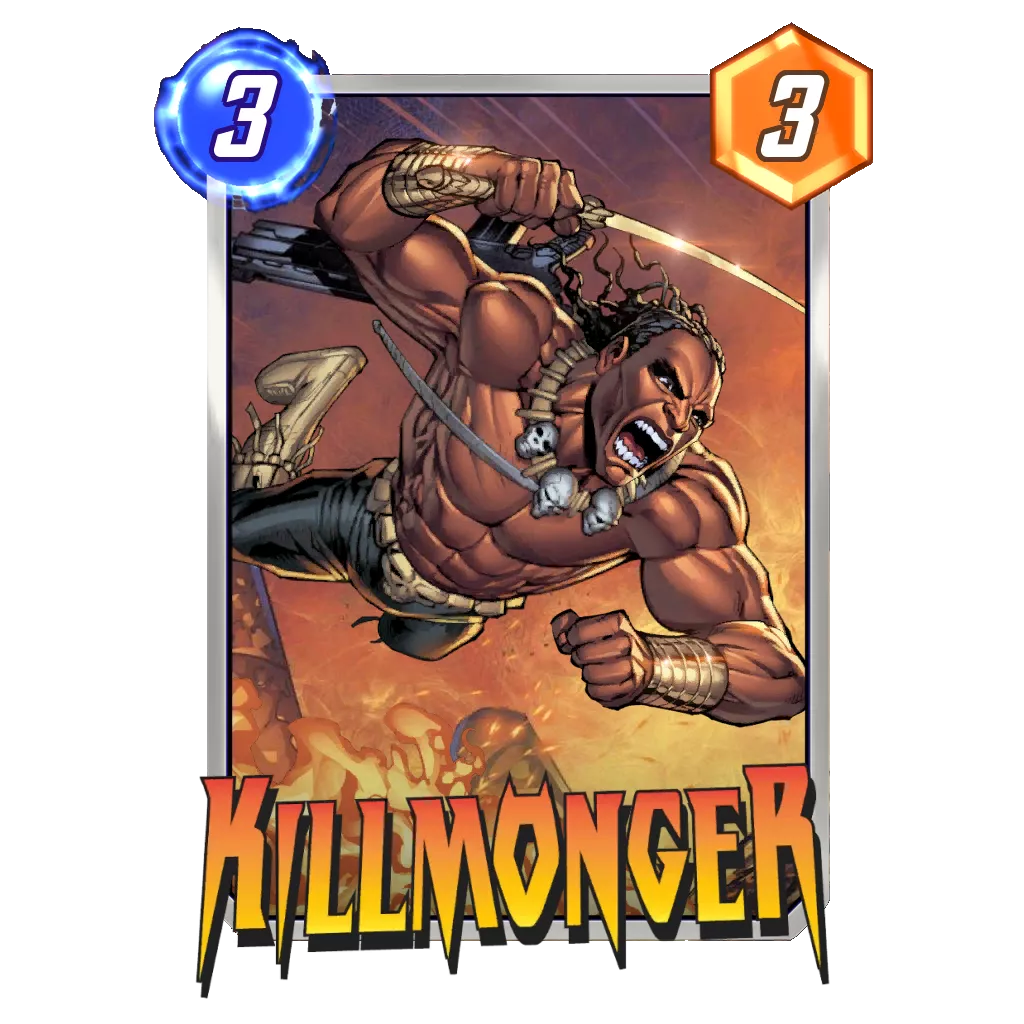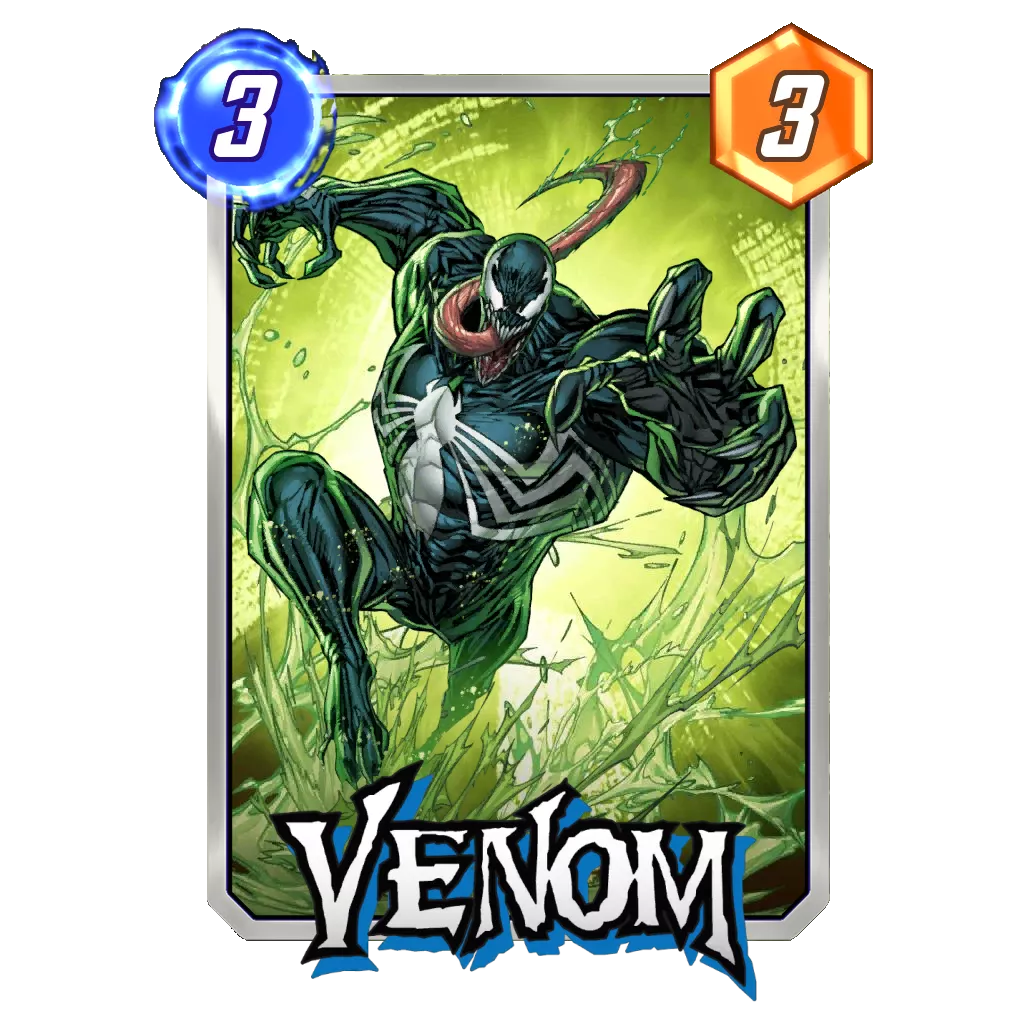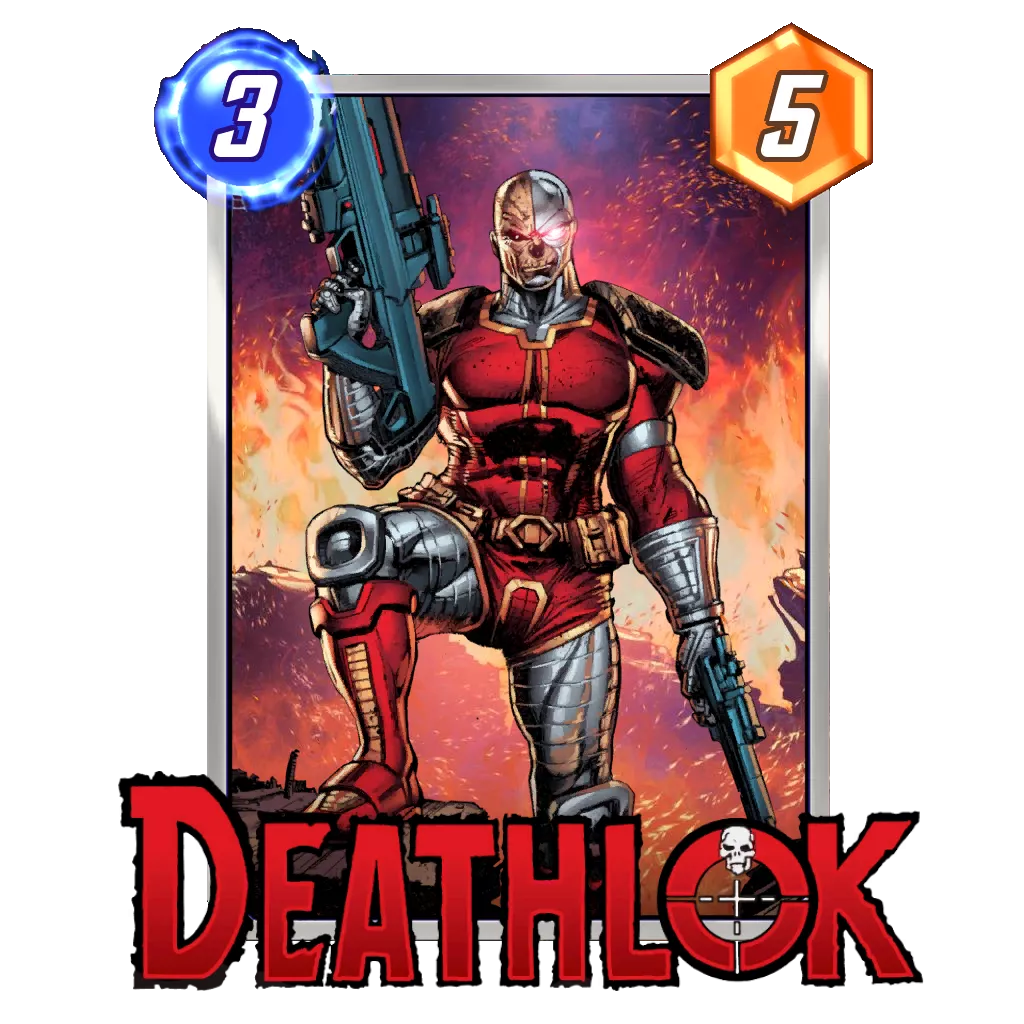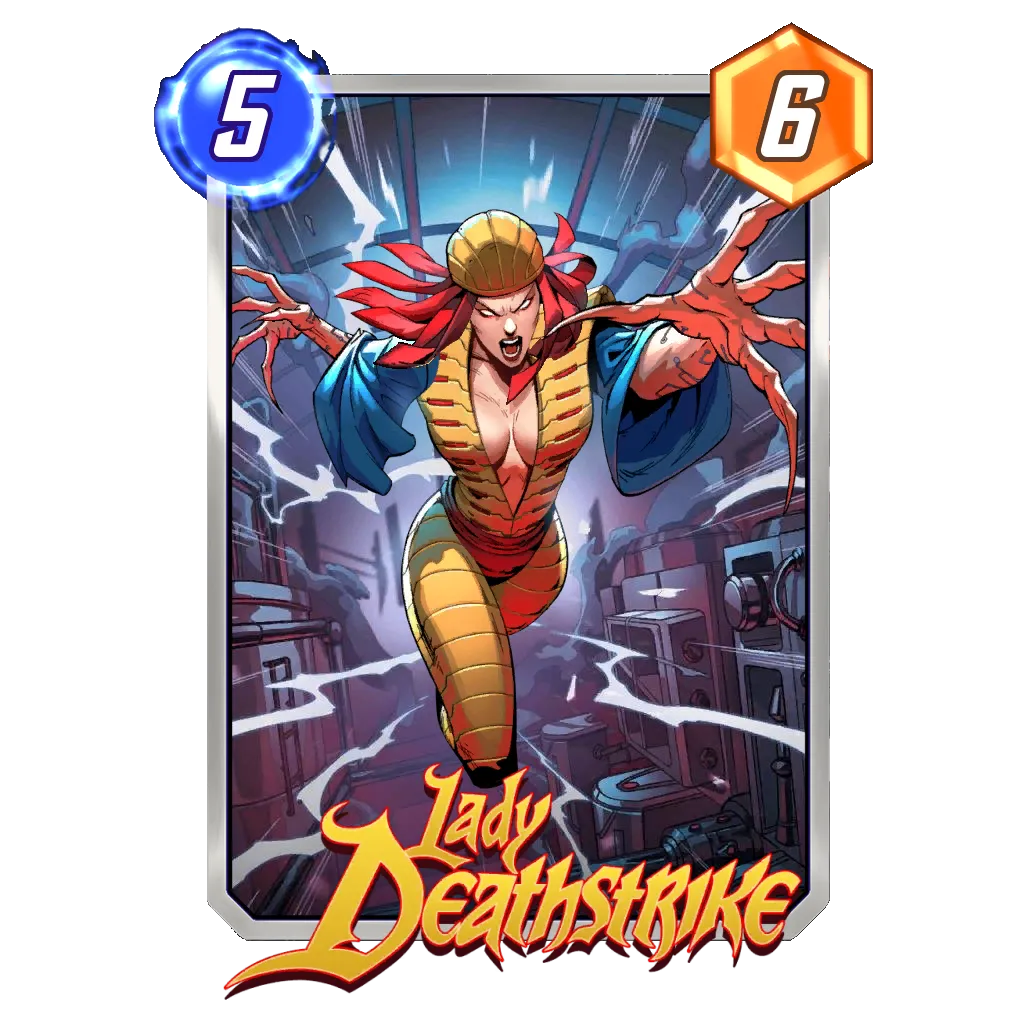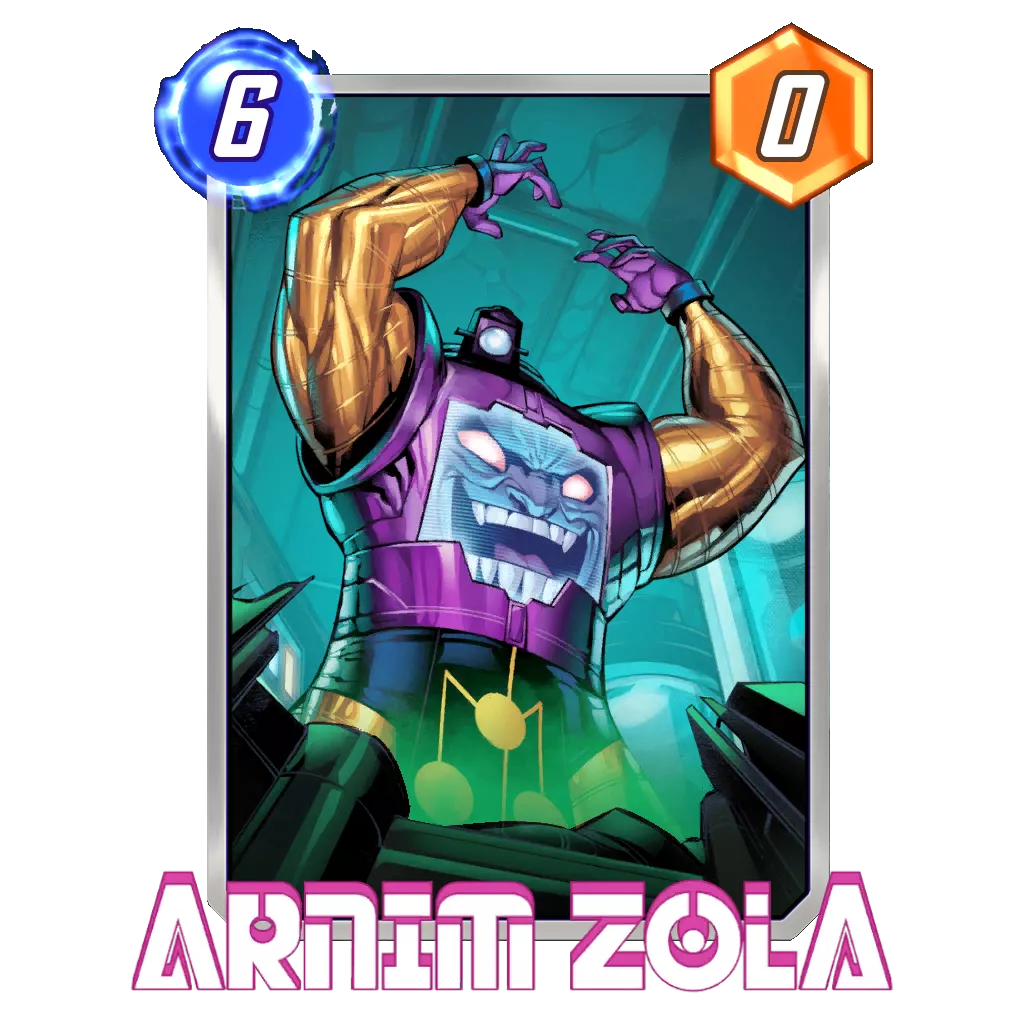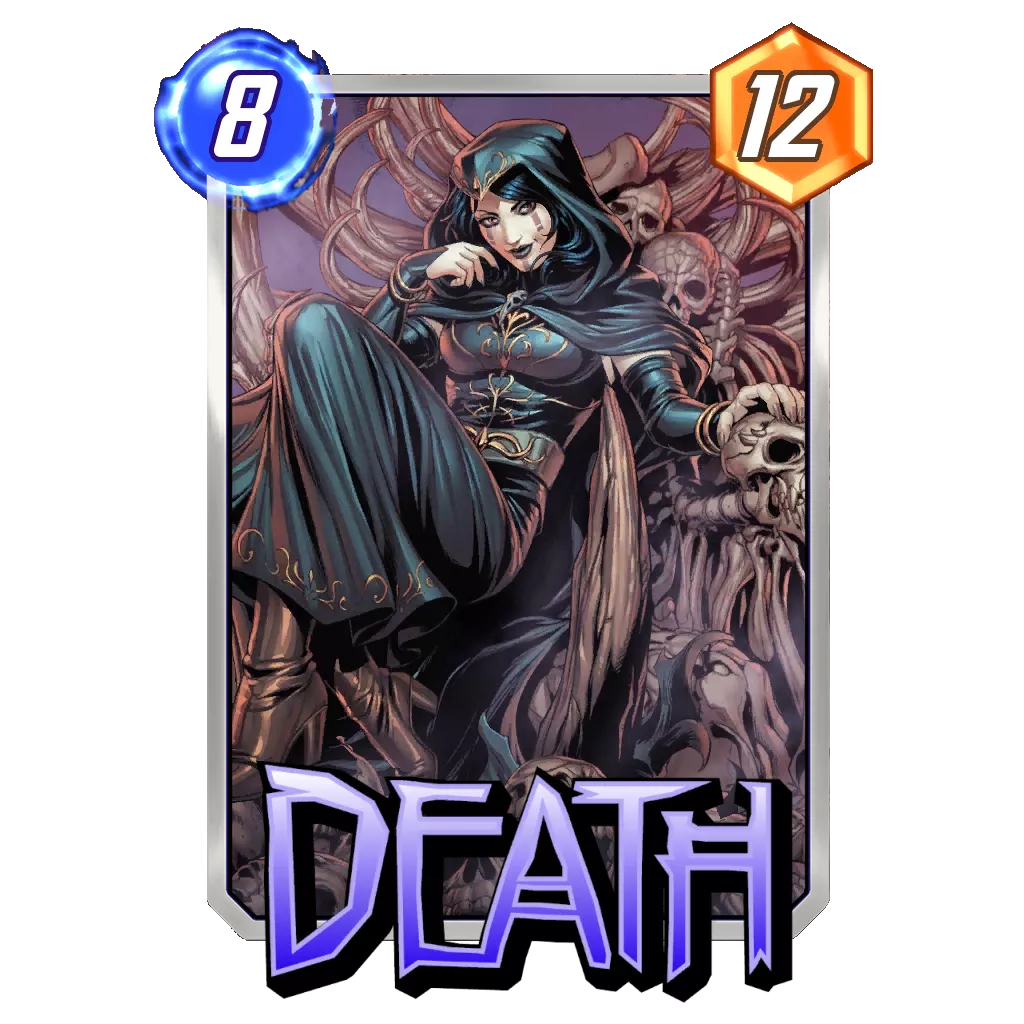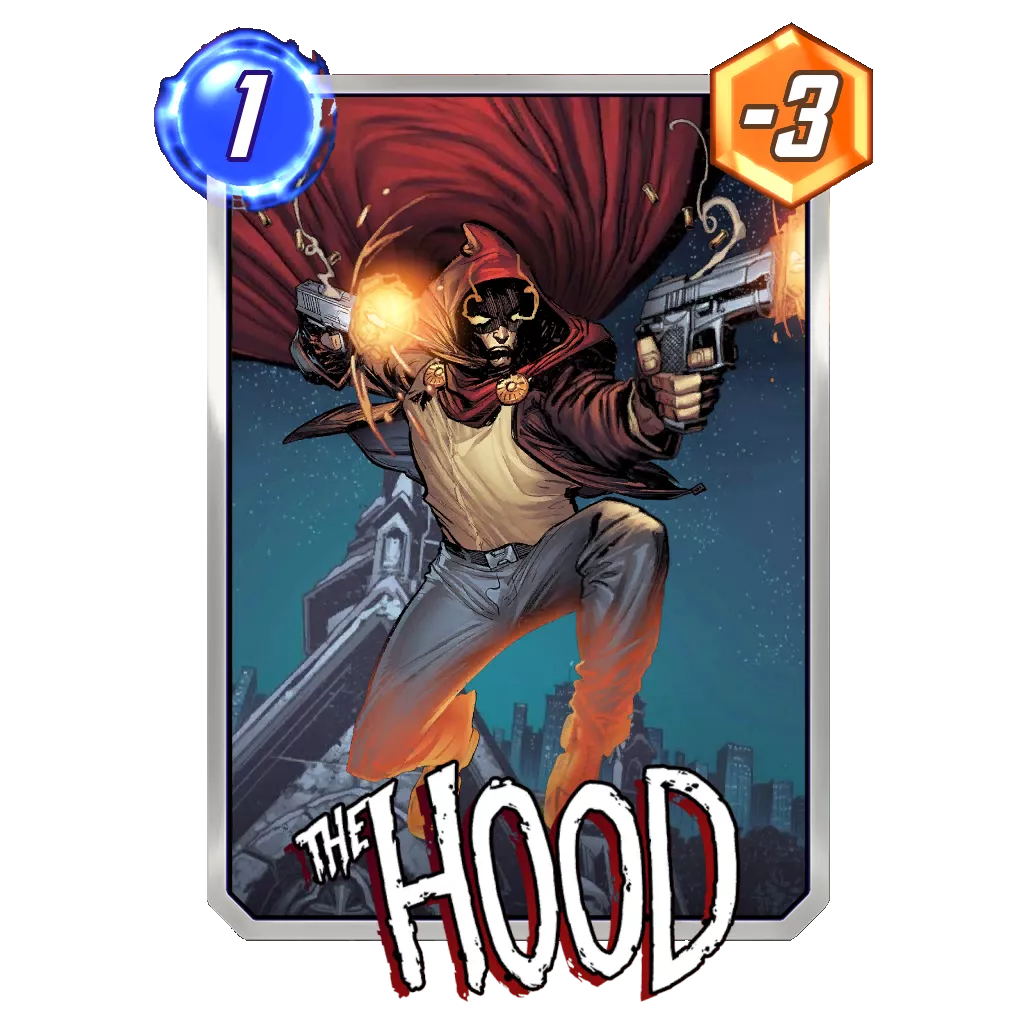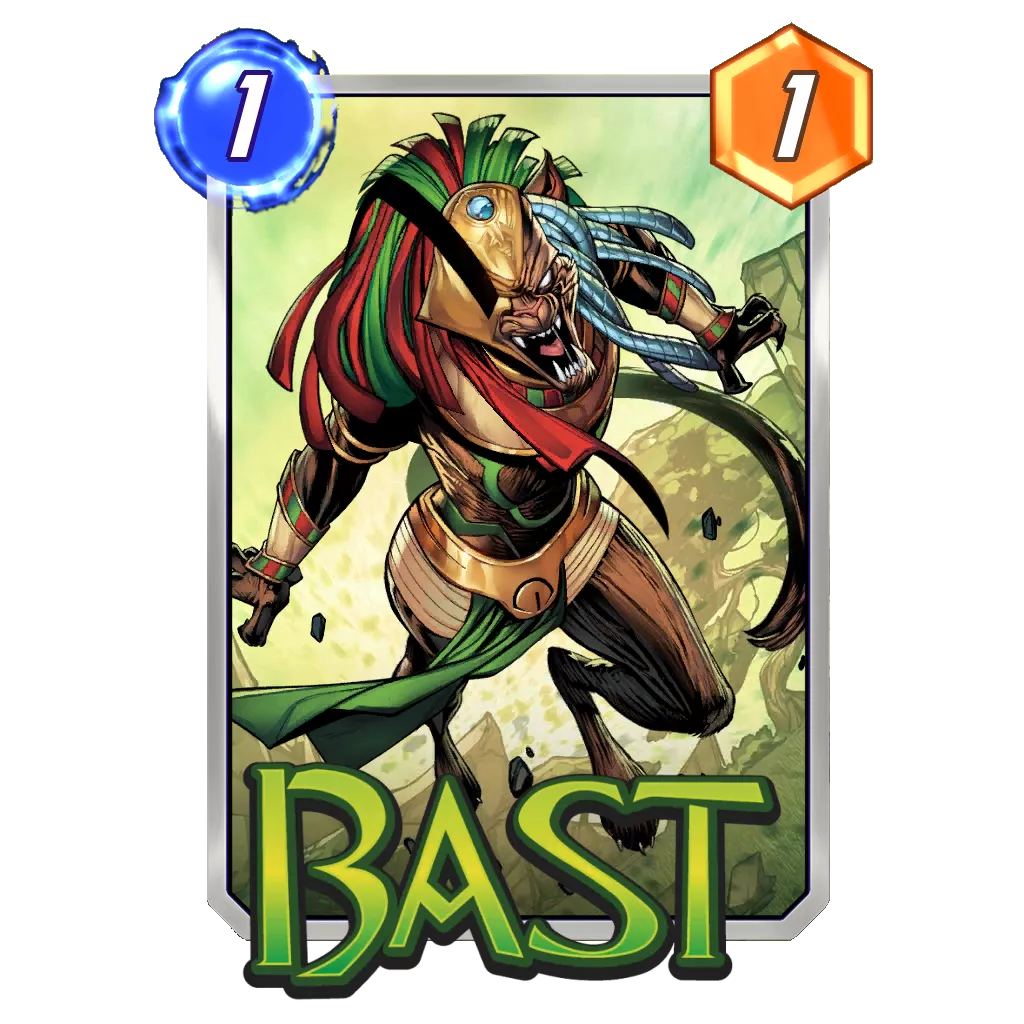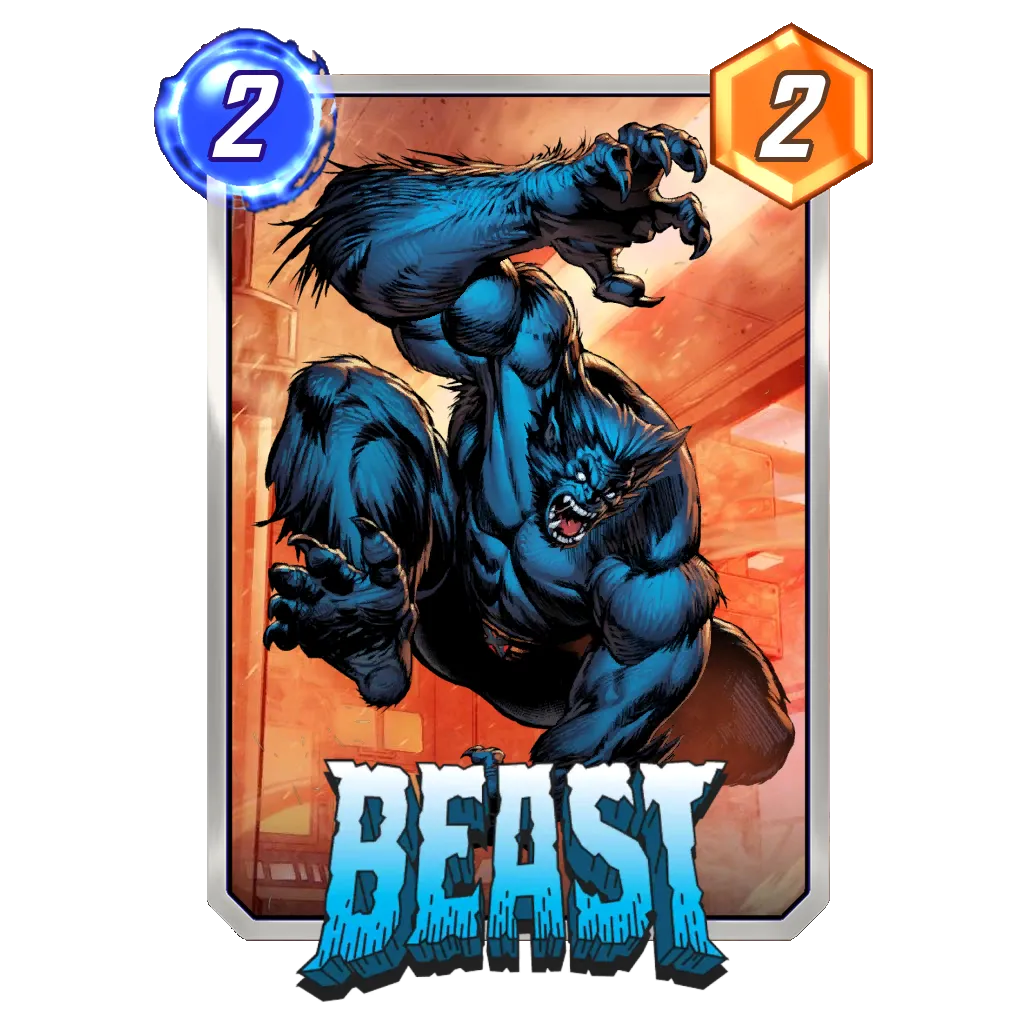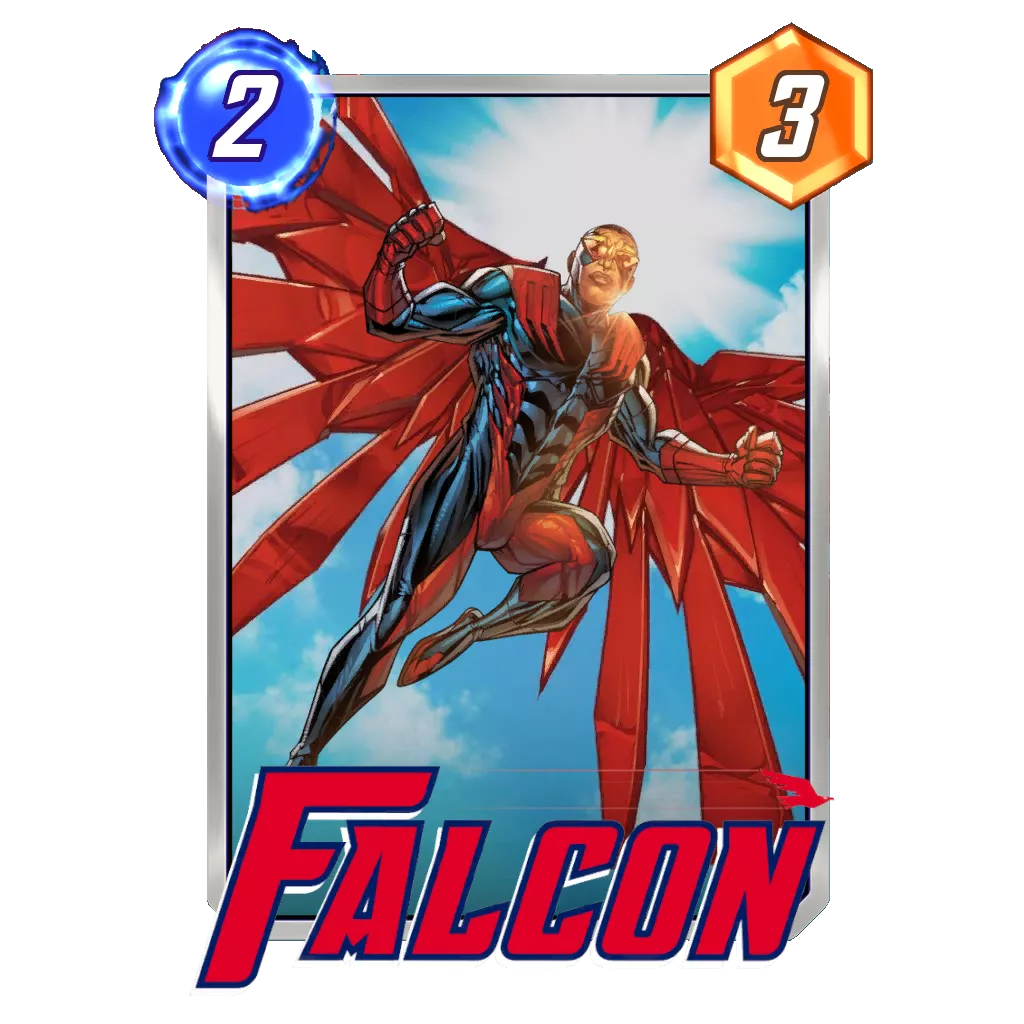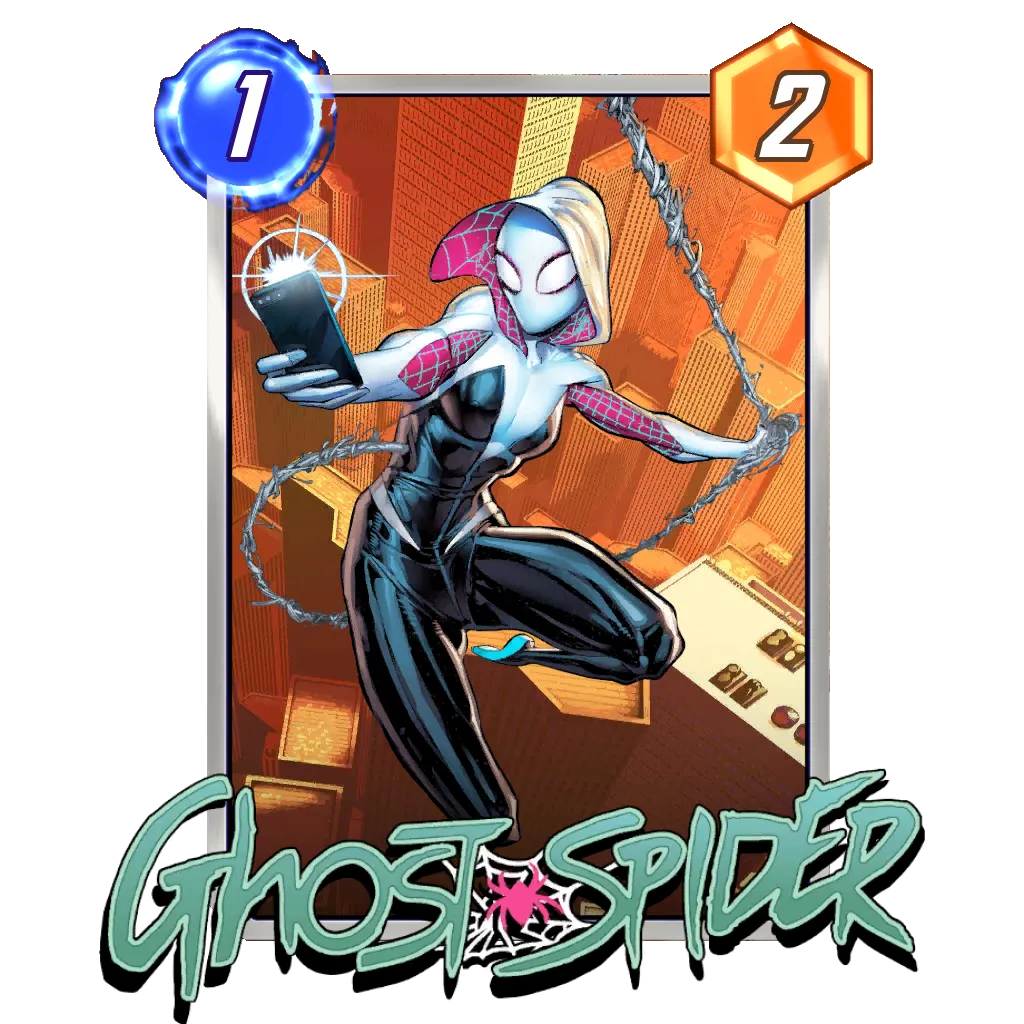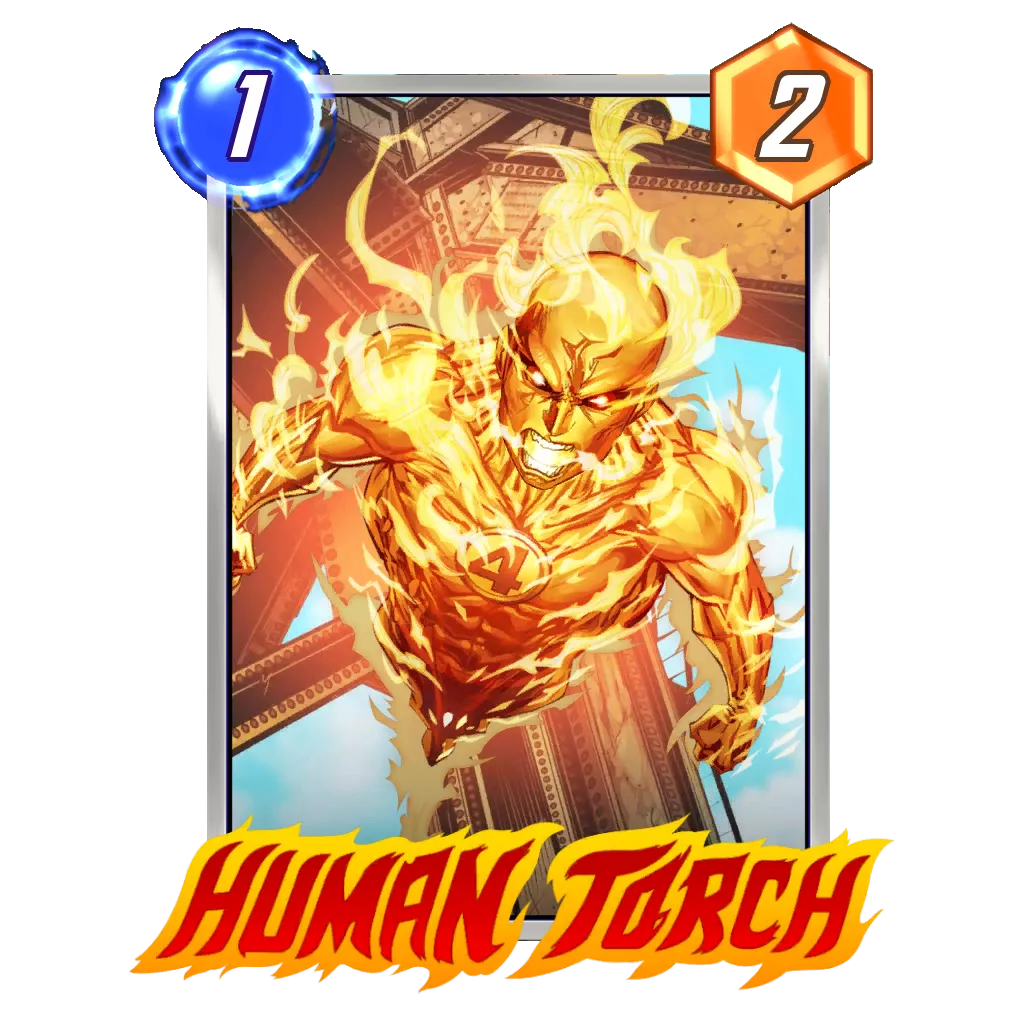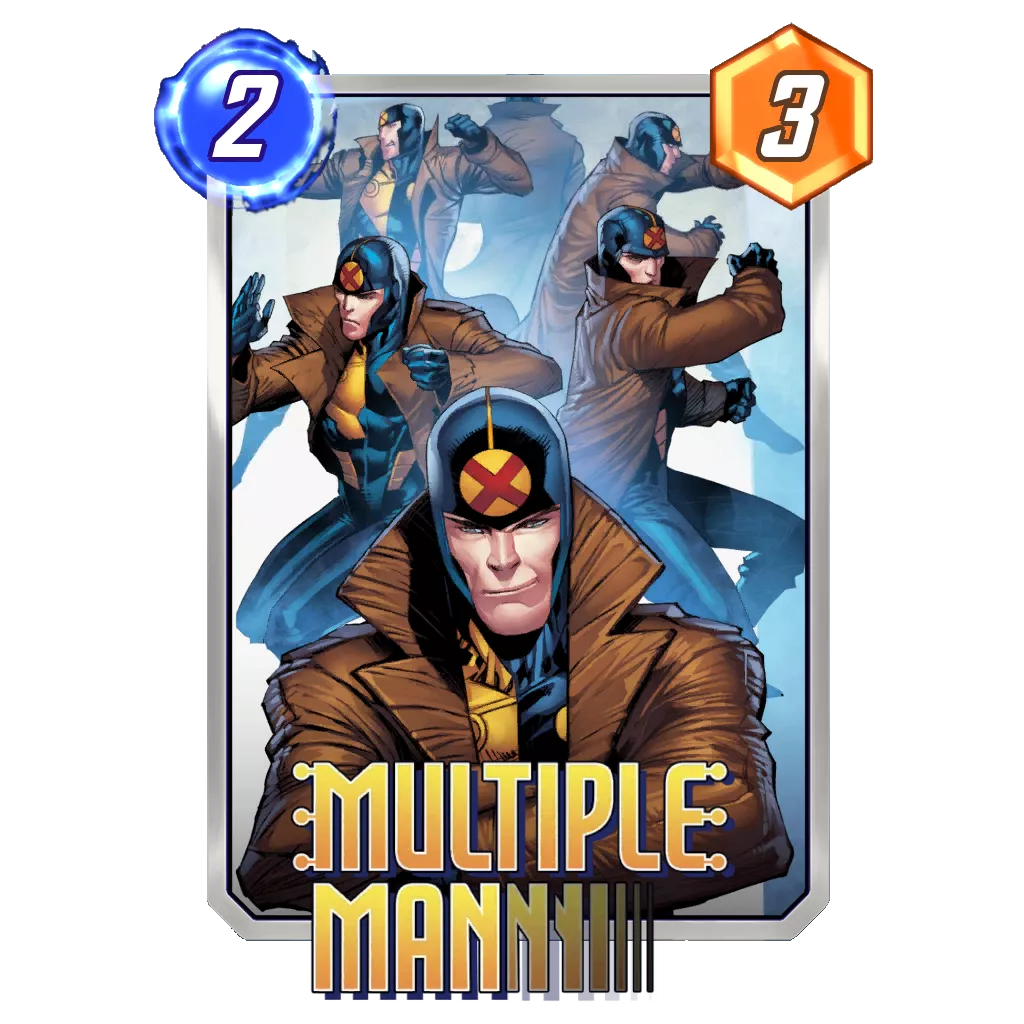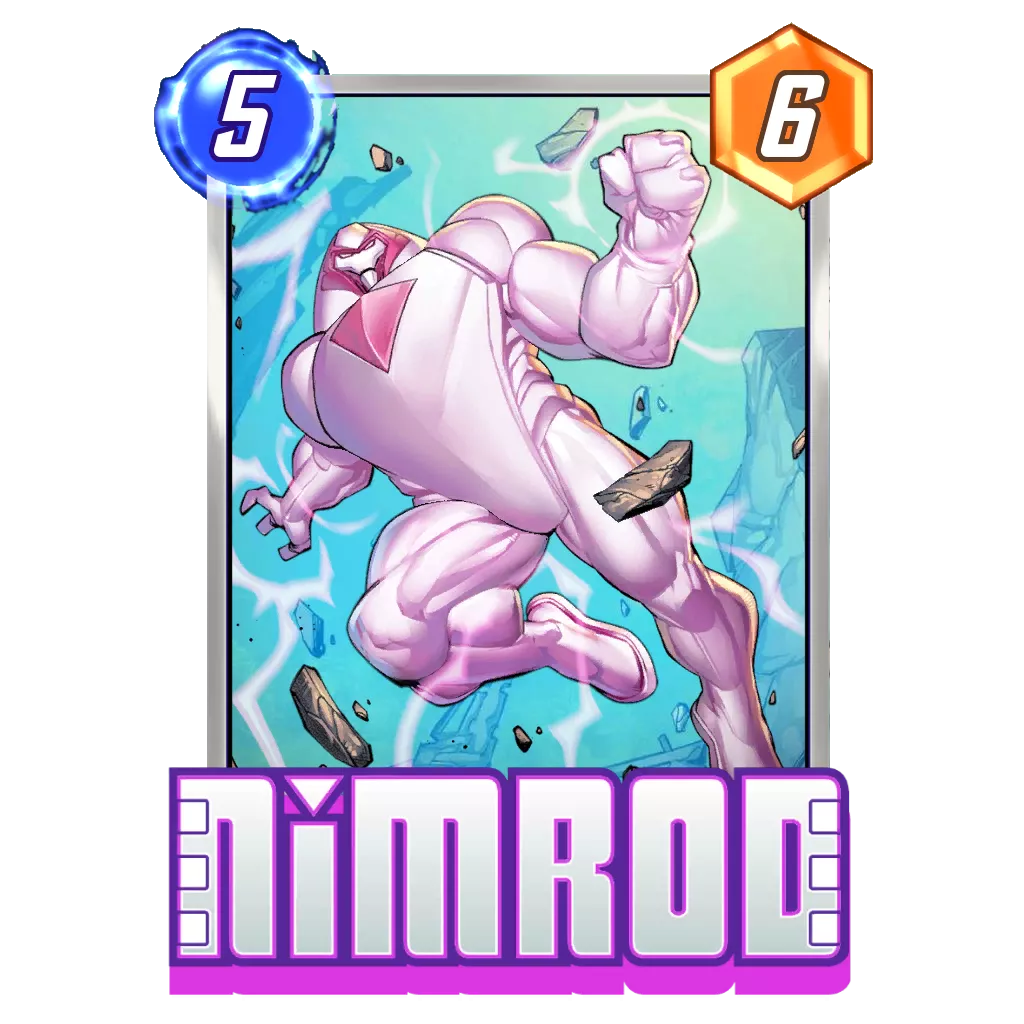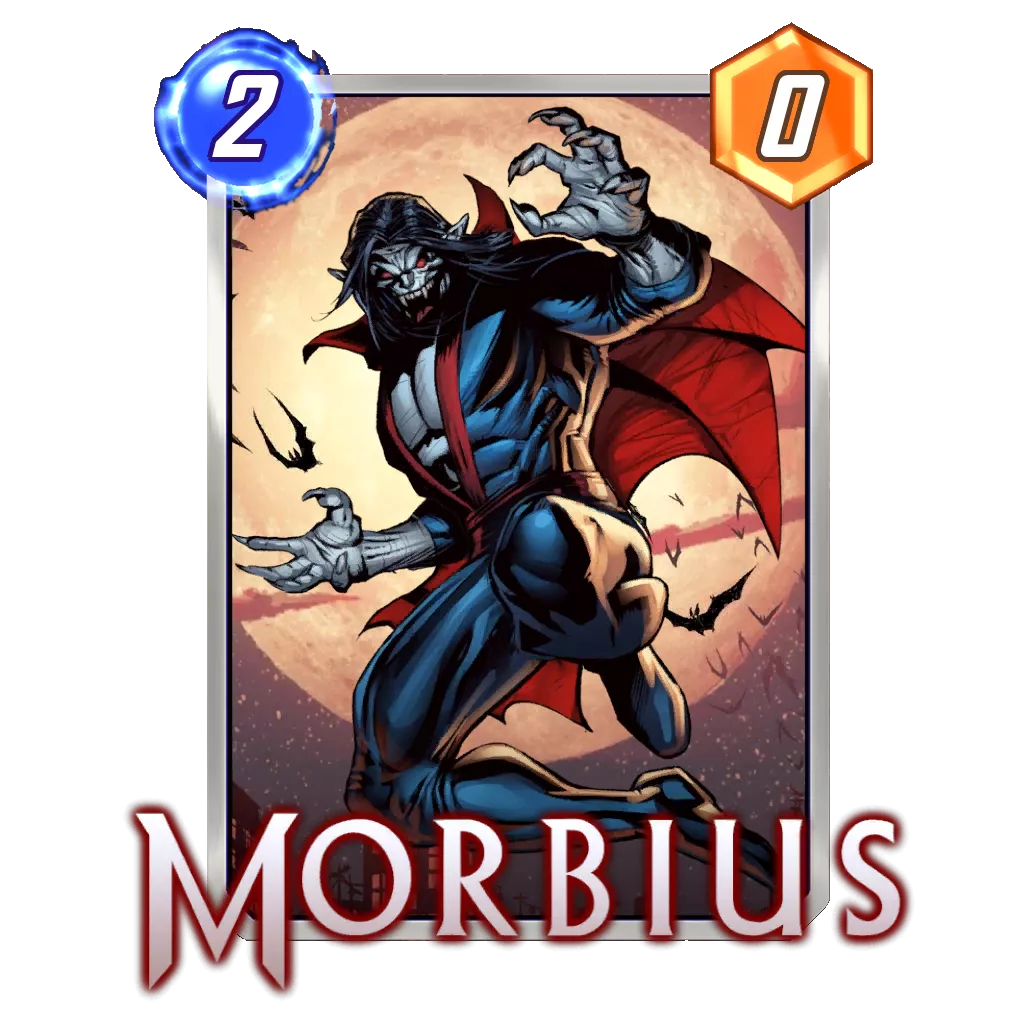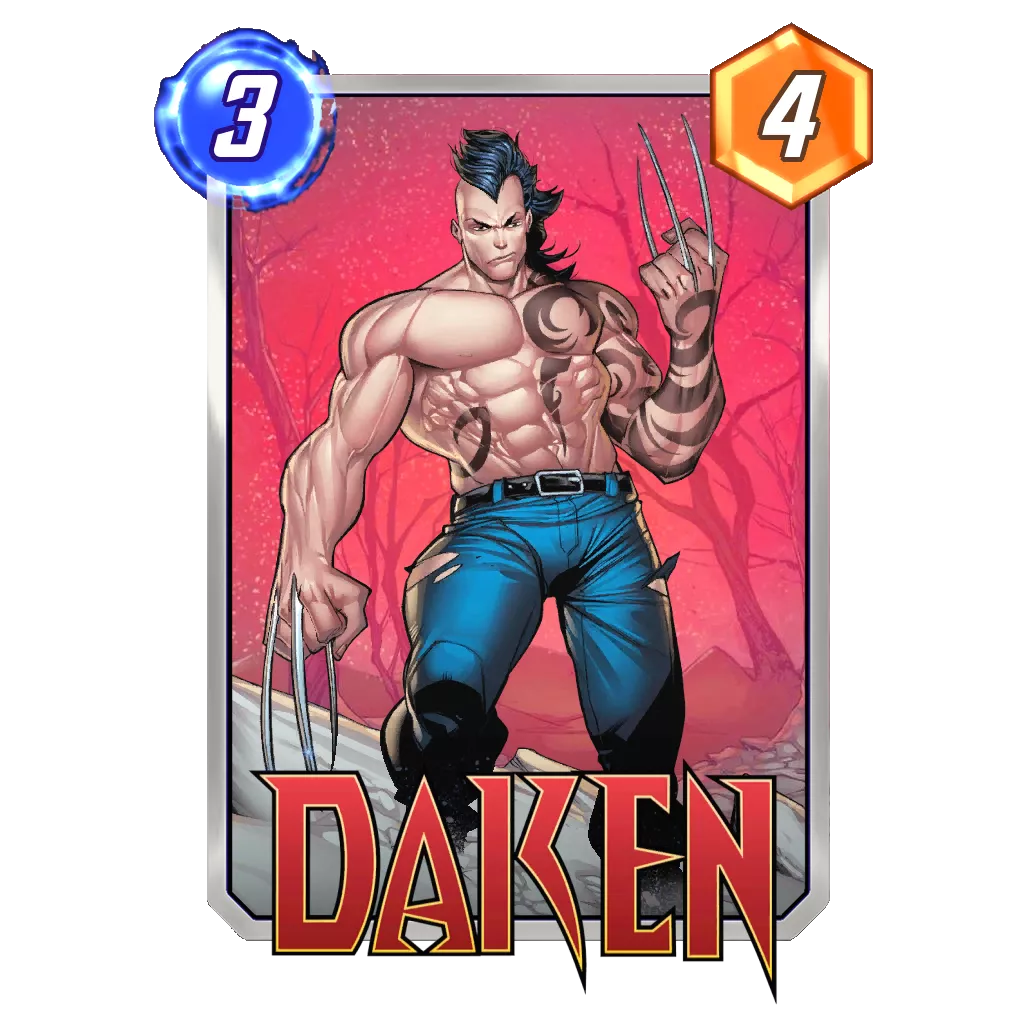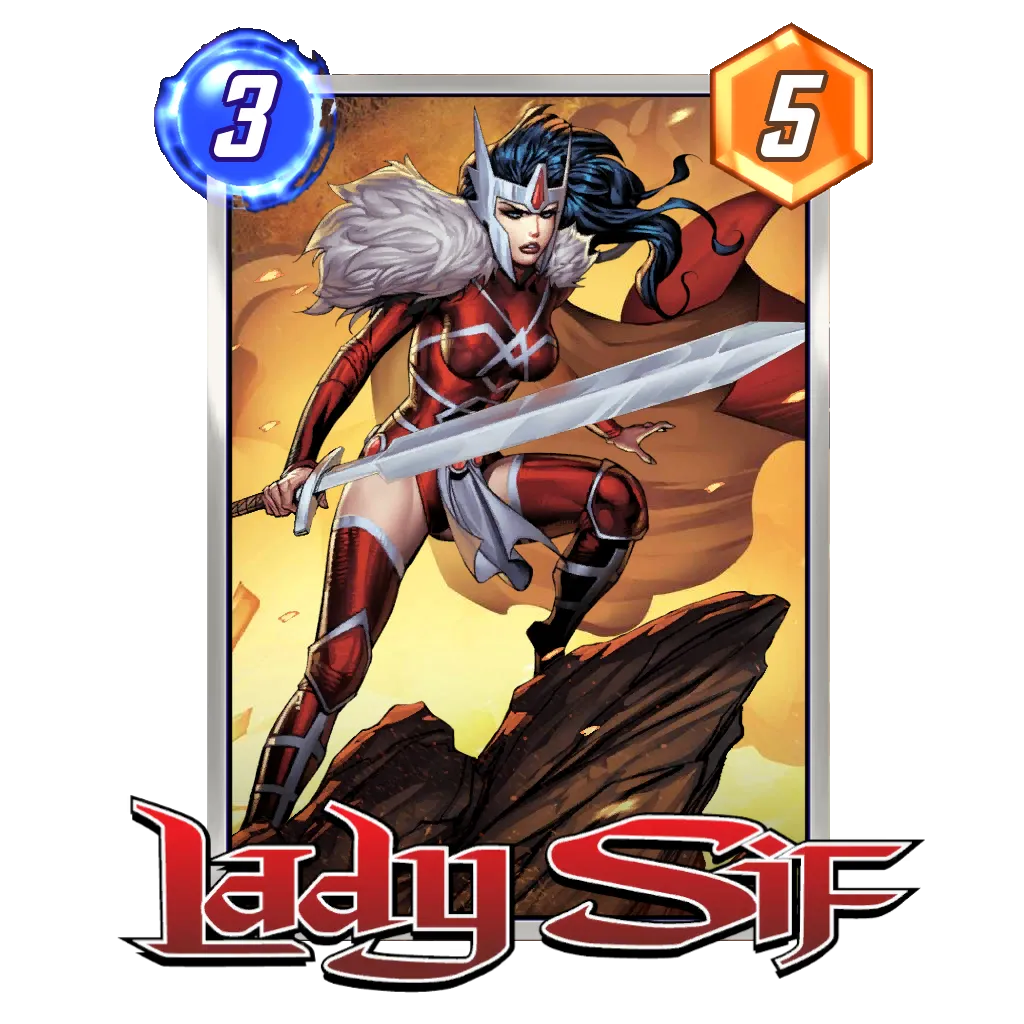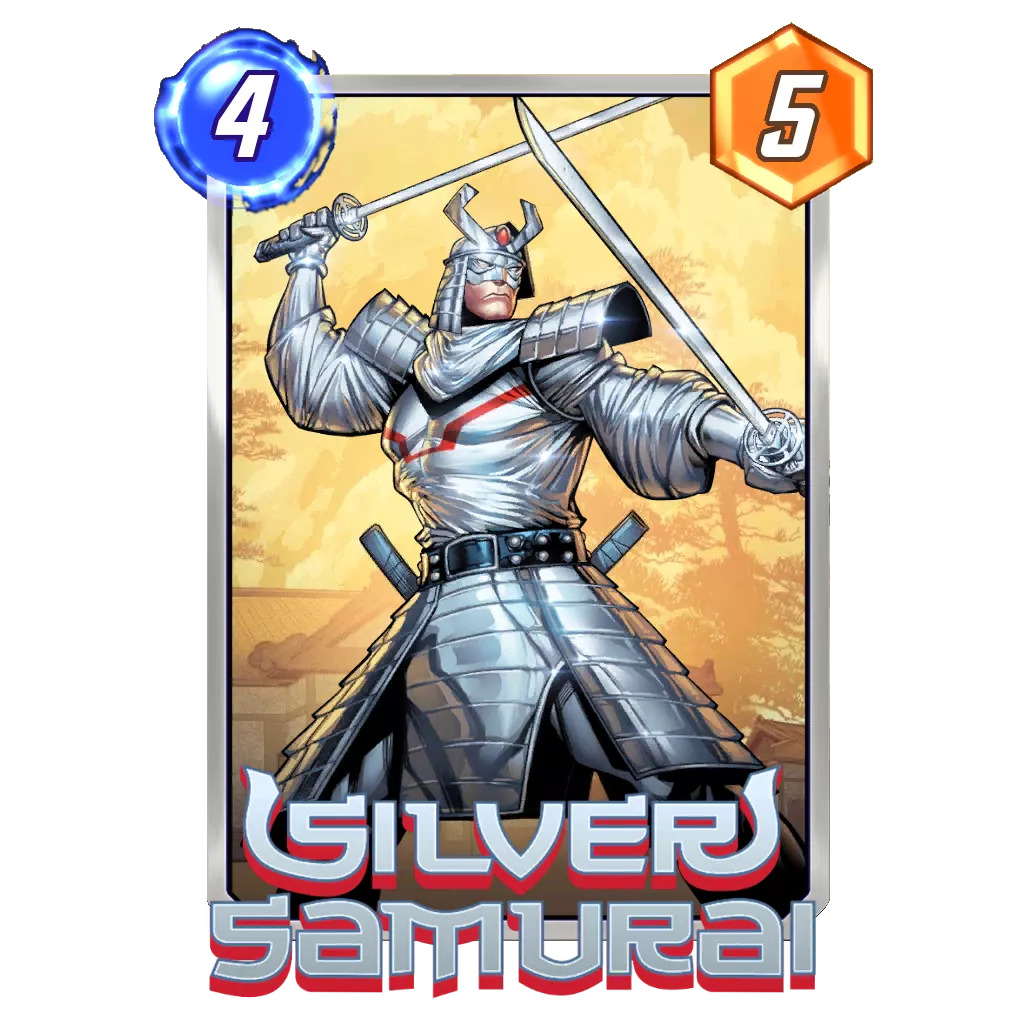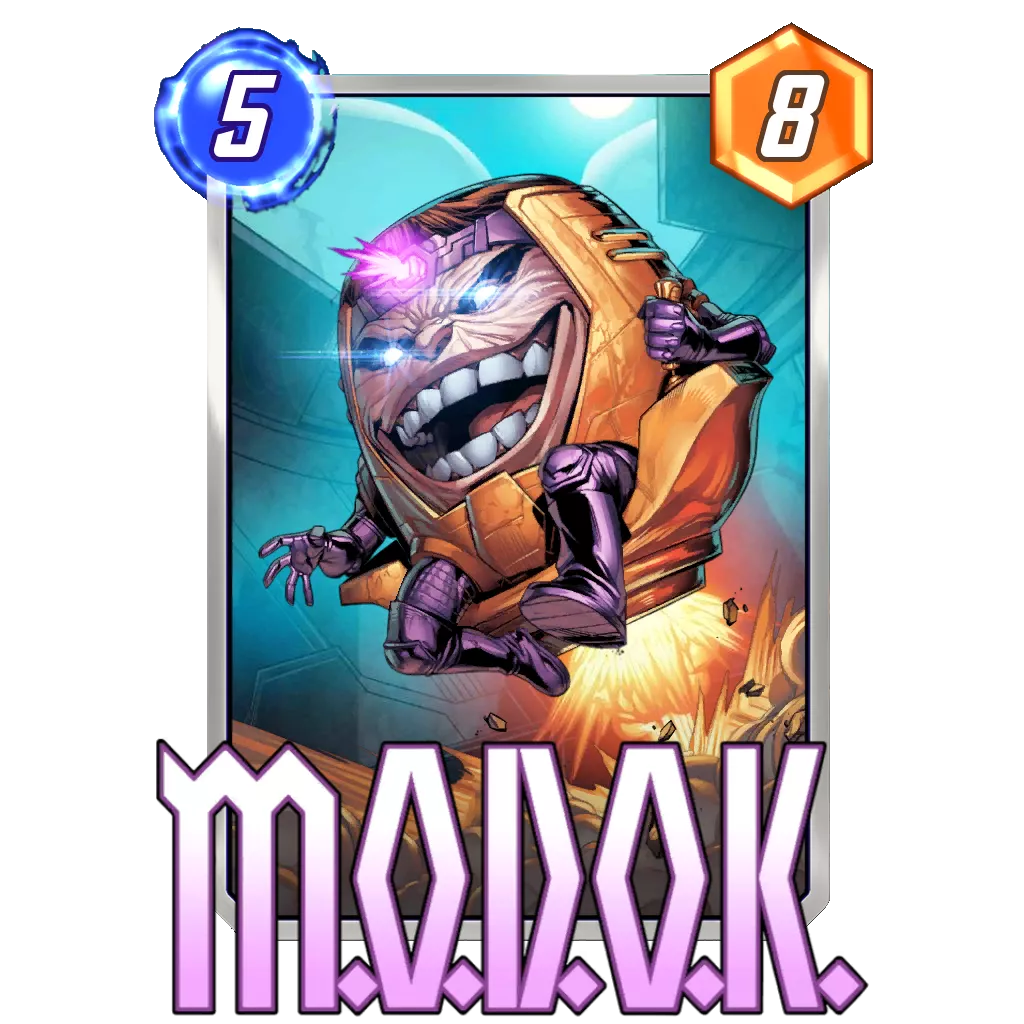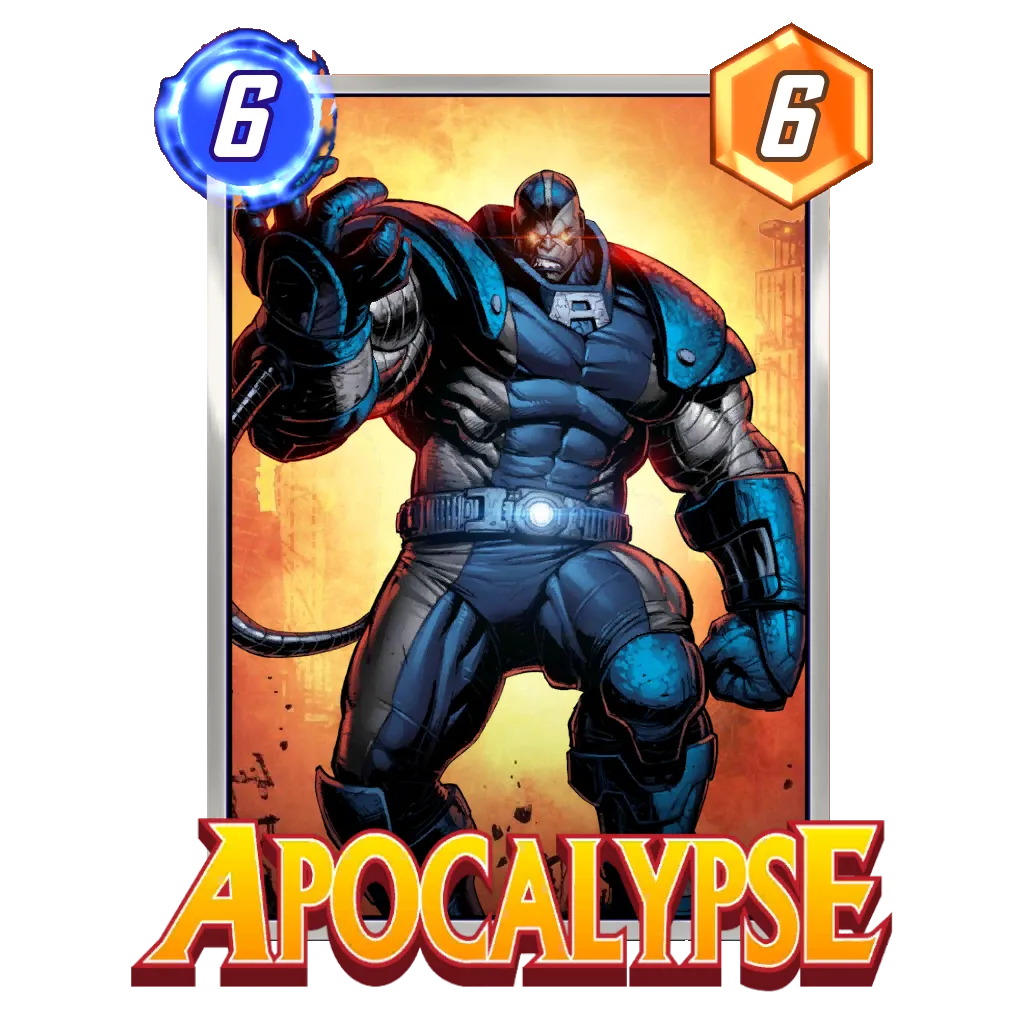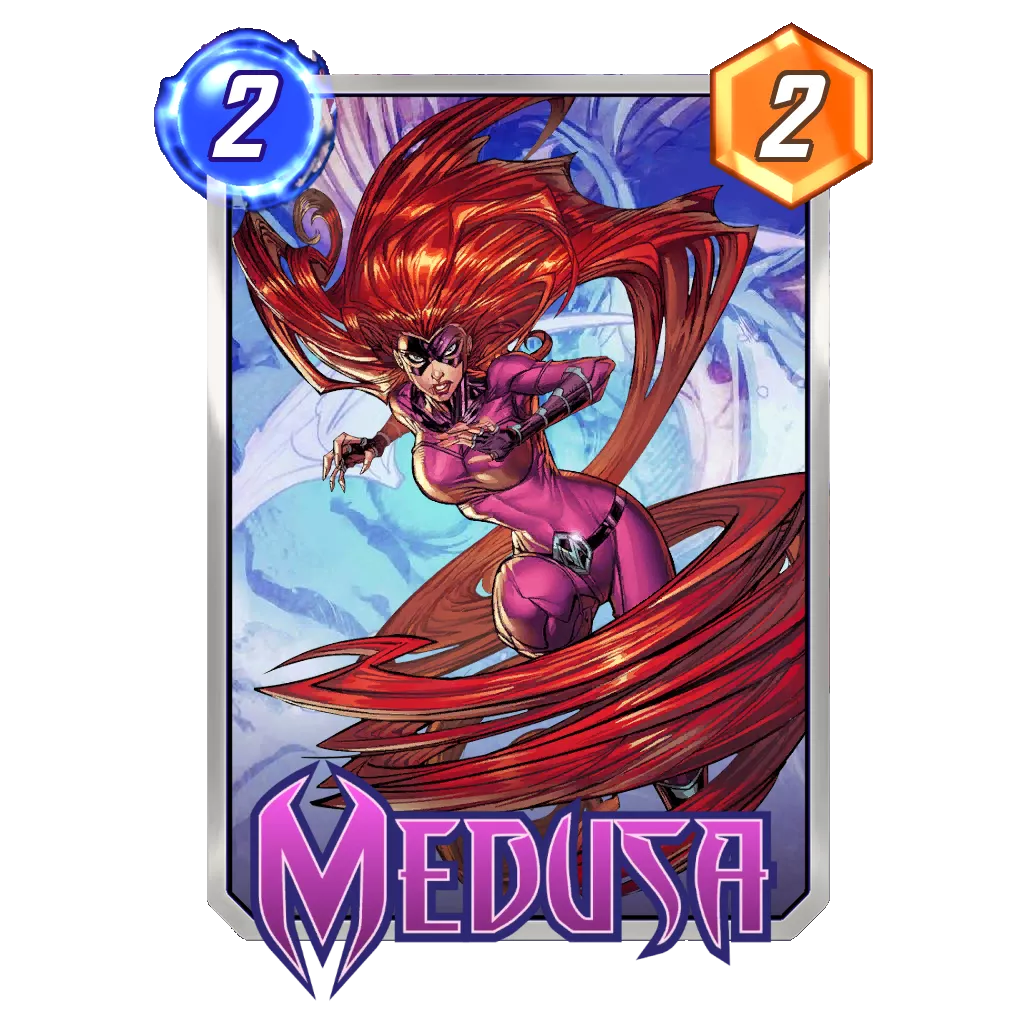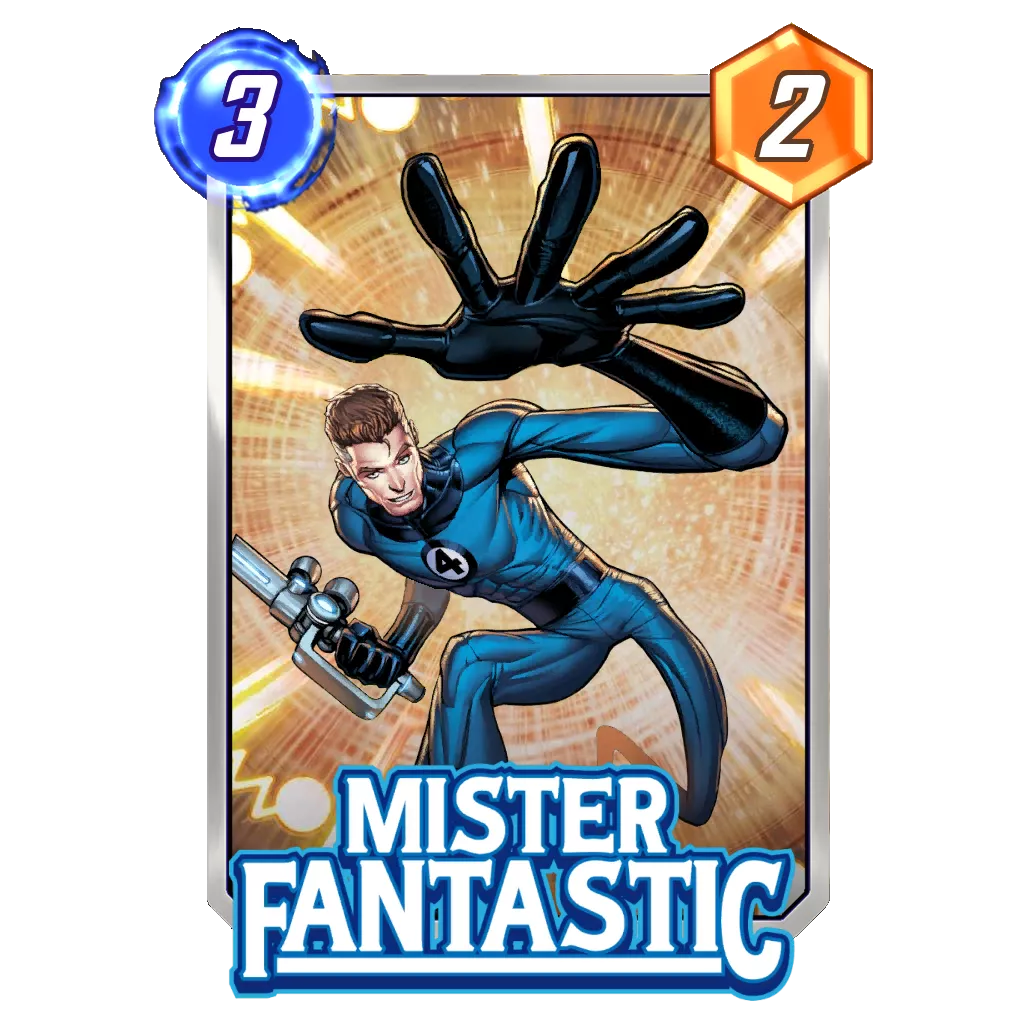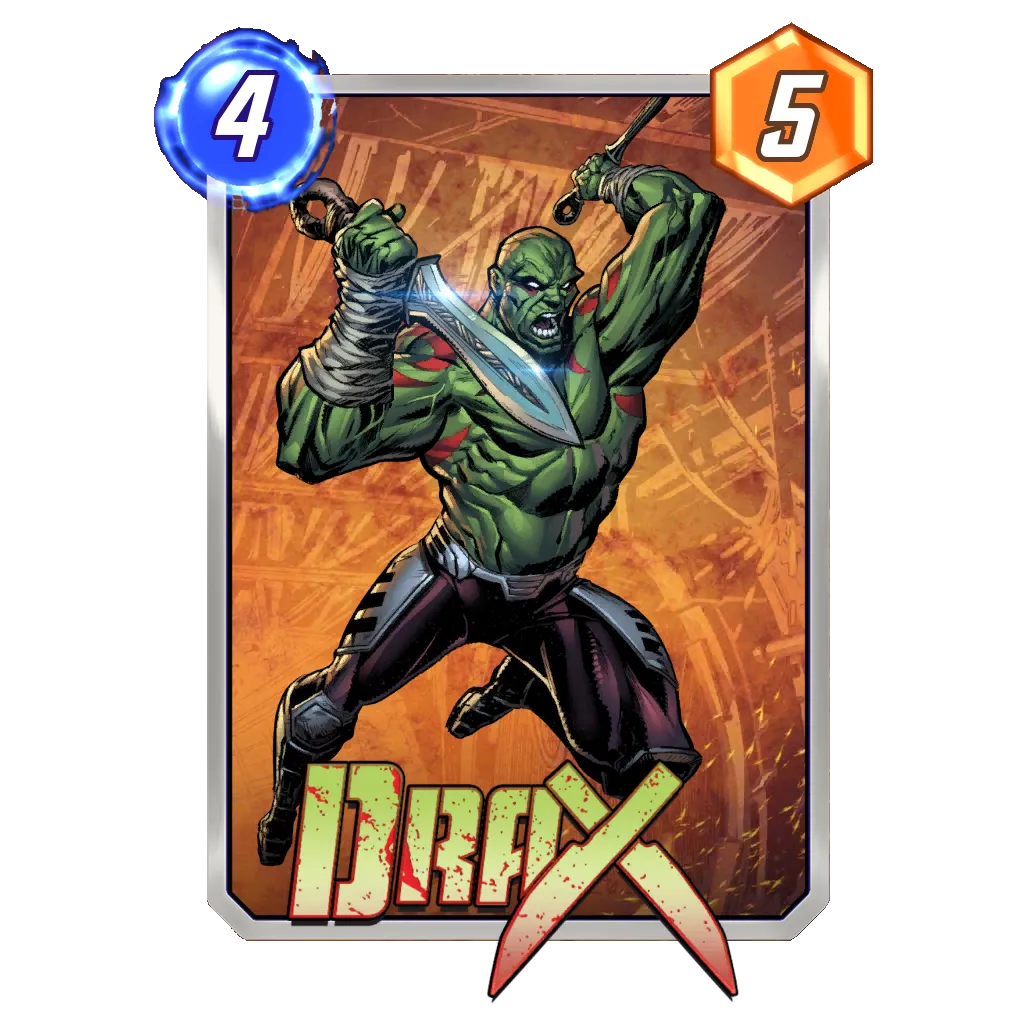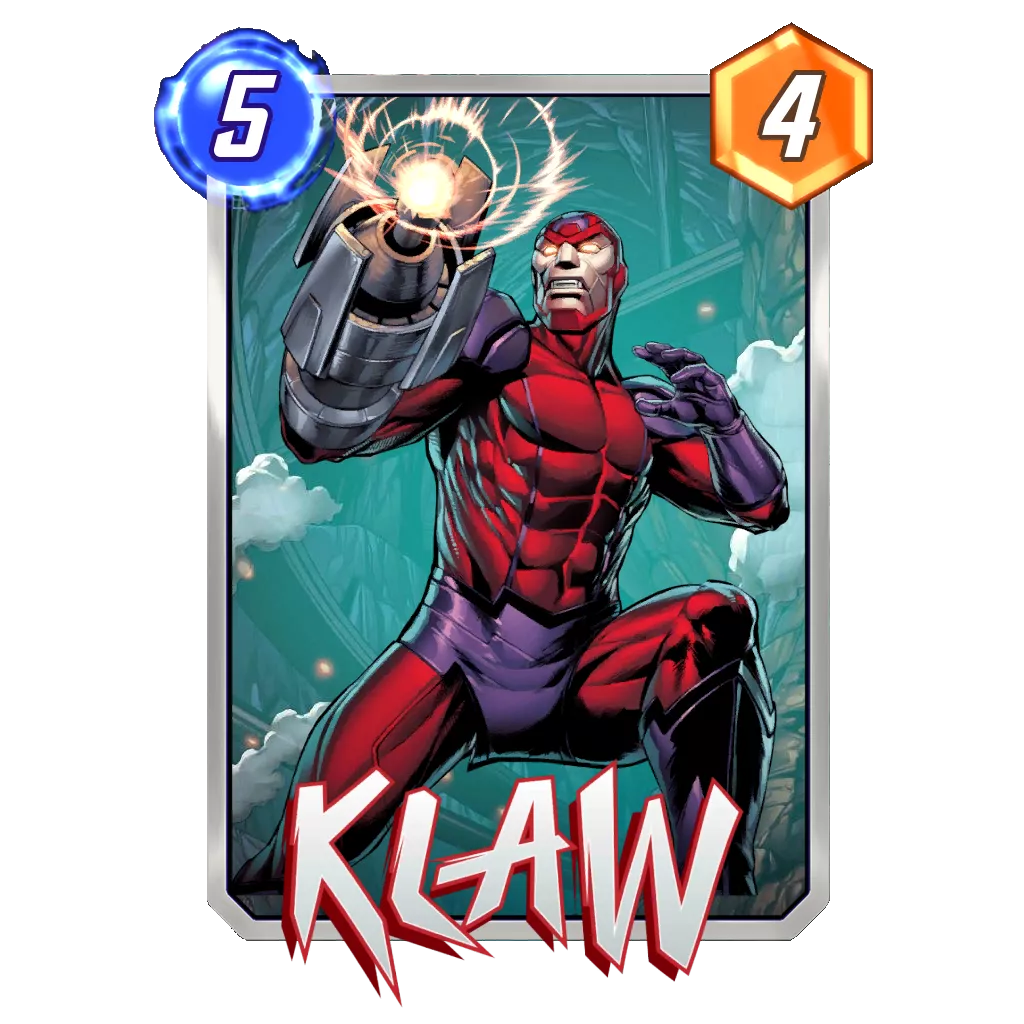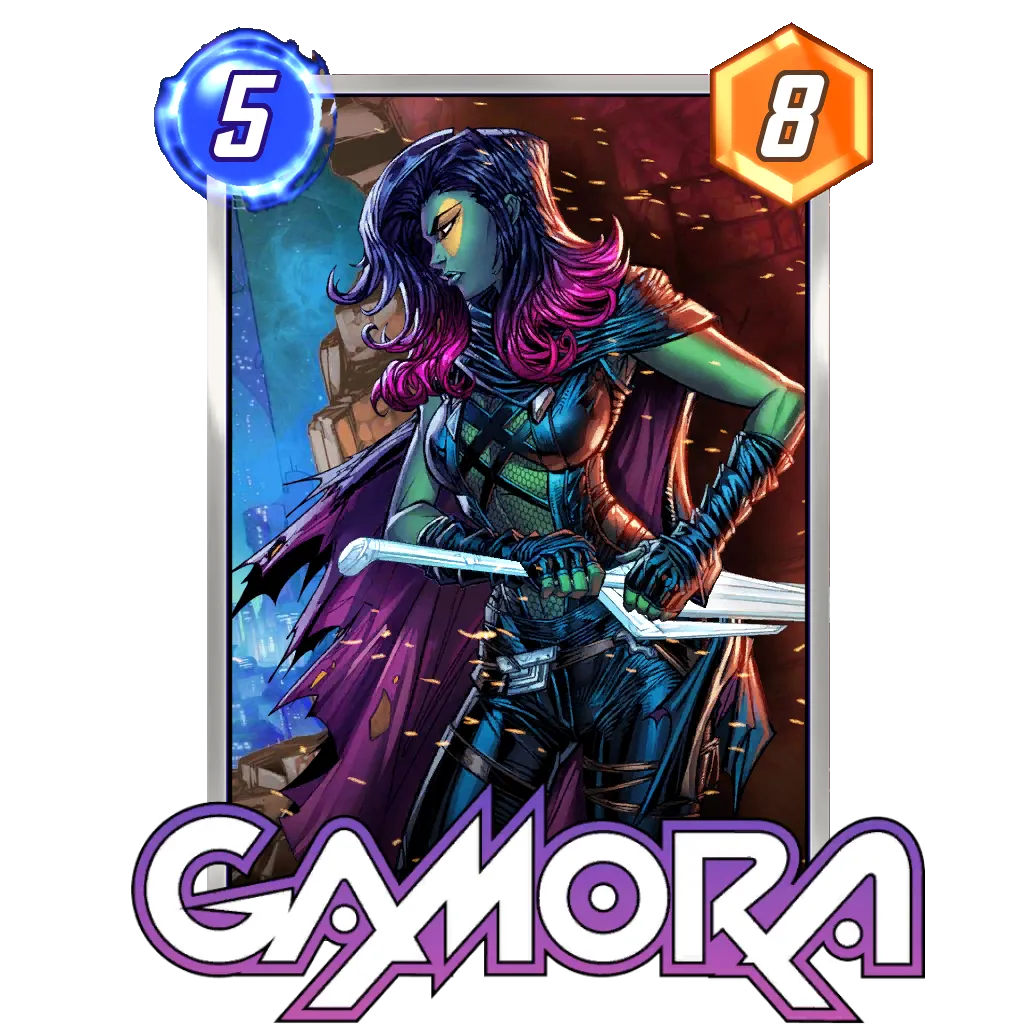Table of Contents
Welcome to our Marvel Snap Meta Tier List for the Ranked Ladder mode! Each week, we review the best decks in the ever-changing Marvel Snap metagame. Then we bring you the decklists, and we provide an in-depth report about them. This report contains information like how their ranks are justified, how to play the decks, and how to build the deck with alternate cards to accommodate different collections.
Marvel Snap Ranked Meta Overview
Last Thursday, Second Dinner decided to shake up the metagame by coming after several impactful cards in Marvel Snap. This weekend, we started to see the consequences of those changes with the rankings missing some staples of the past weeks. Notably, Iron Patriot seems to have suffered a lot from the Forge change; Ramp did too with the Alioth nerf, and both decks are gone from this week’s report after losing a large chunk of popularity and the ability to perform in the metagame. We could also mention Evolved DoomWave being absent from this week’s report, probably because of Alioth but also a logical follow up to the trends we’ve been witnessing these past few weeks.
Not every deck took the OTA this bad, though. Shuri Sauron, for example, doesn’t seem to care if it has to play with a [4/1] Shuri. Overall, Shuri as a card even progressed this week, as the Shuri Kitty archetype picked up momentum with less of Alioth around. It might feel weird to think that a nerfed card gained more than both of the buffed cards this week, but White Tiger and Black Widow would have loved to follow in Shuri‘s footsteps. Indeed, both of those cards are seeing a little more play, but they remain far from being Marvel Snap staples.
Thanks to retaining all of its previous power, Shuri Sauron was able to still hang with the best decks this week. Move, which quickly bounced back from a nerfed Alioth, found other cards to include to keep its run of dominance. Then, a flurry of Elsa Bloodstone decks (joined by the usual suspects of Mobius M. Mobius, Jeff the Baby Land Shark, Angela, and Kitty Pryde) represented a major part of the environment.
Two archetypes found a way to join this very selective party. Hela Discard has largely beaten Hela Tribunal and Discard Dracula to represent the Discard synergy in this week’s report. Then, Deadpool Destroy also managed to sneak into Tier 2 after being a regular inclusion in Tier 3. It seems like there are so many generic good cards to include that more specific counter cards, such as Armor, aren’t being used as much lately, which gives Destroy more room to develop and perform.
Overall, it seems like the metagame isn’t fully clear yet, although we can clearly see Elsa Bloodstone being the current centerpiece of Marvel Snap. With Move, Sera Control, Loki Collector, Thor Miracle, Thanos Control, and Bounce all using the card alongside her typical allies, there is no doubt that we have a recipe for a good deck figured out.
However, with Hela Discard, Destroy, and Shuri posting very good results as well, there might other formulas we could use outside the latest Season Pass card. We could build something a little more surprising, which would dodge more of the threats building in the shadows that are waiting to abuse the tendencies building since the last OTA.
Let’s explore those tendencies further and see if there is already enough of a trend to try countering them. Otherwise, we’ll at least see which synergies are posting good results, and which are better to stay away from for the time being.
Happy Tier List, everyone!
Marvel Snap Ranked Meta Tier List
| Tier | Deck | Guide |
|---|---|---|
| Silent Performer | Cerebro 3 | Guide |
| Silent Performer | Cerebro 5 | Guide |
| Tier 1 | Move | Guide |
| Tier 1 | Shuri Sauron | Guide |
| Tier 1 | Loki Collector | Guide |
| Tier 2 | Hela Discard 🆕 | Guide |
| Tier 2 | Sera Control 🔽 | Guide |
| Tier 2 | Thor Miracle 🔼 | |
| Tier 2 | Thanos Control 🔽 | Guide |
| Tier 2 | Deadpool Destroy 🔼 | Guide |
| Tier 2 | Bounce | Guide |
| Tier 3 | Phoenix Force 🔼 | Guide |
| Tier 3 | Discard Dracula 🆕 | Guide |
| Tier 3 | Guardians Lockdown 🆕 | Guide |
| Budget | Ongoing Kazoo | Guide |
| Budget | Devil Dinosaur Destroy | |
| Budget | Swarm Discard Aggro | |
| Budget | Ongoing Two Locations | |
| Budget | On Reveal Control | Guide |
| Budget | Big Cards |
Disclaimer and Tier Explanations
In order to be featured here, a deck needs to represent at least 1% of the current environment and have a positive cube average using data from our Marvel Snap Tracker. If a deck showed great performances with a very limited presence in the metagame, you can find it in the Silent Performers section. There, I will highlight decks with an excellent Cube Ratio but too little of a sample size to be representative of their real strength.
Decks not good enough to be considered contenders but with a good representation will be ranked in Tier 3 or 4 in our chart, and they won’t have their own dedicated write up here (but they may be transferred to the main Tier List section). See those builds as decks that are good to know about, as you should face them when playing Marvel Snap. However, unless the metagame changes or a new variation of the build emerges, these decks are a notch below the dominant ones in Tiers 1 and 2.
Silent Performer: Decks with a very little presence in the metagame that still showcase a Cube Average and Win Rate worthy of a Tier 2 deck (or better). Often times, these can be archetypes with some nice game play that have been left unchecked in the current environment, or decks on the rise that found a few good match ups to abuse.
Tier 1: Tier 1 represents decks with all the upsides we would be looking for to rack up Cubes. They have good match ups in the current metagame, offer different play patterns during a match, and often have the ability for explosive or surprising turns. These should be decks worth investing into in order to climb for the coming week.
Cube Average > 0.4
Tier 2: Tier 2 are very good decks but with a weakness holding them back – either not being as reliable in its draws as Tier 1 decks, countered by another popular deck, or still being a work in progress as you read this. A good pilot could probably take these and have the same results as with a Tier 1 deck, but their play patterns are more difficult to enact compared to the tier above.
Cube Average > 0.3
Tier 3: This tier is made of decks that have a pervasive issue compared to Tier 1 or Tier 2 decks. Usually, Tier 3 will be a mix of decks on the rise that don’t have much data, old archetypes on the decline, decks that require substantial experience and/or knowledge to pilot properly, powerful decks that aren’t well positioned, or niche decks.
Cube Average > 0.20
Tier 4: Off-meta decks that have fallen off in recent times, or counter picks that rely on specific match ups to stay afloat competitively.
Cube Average > 0.00
Budget: Decks that consist only of cards in Pool 1 and 2 that are still capable of competing with an experienced pilot in a similar Collection Level, Rank, and MMR range. See our matchmaking guide for more details.
Meta stats and analytics directly from our Marvel Snap Tracker can also be found here.
Tier 1
Move
Rank Justification:
If there was any doubt whether the Move synergy was benefiting from Alioth too much, or if it is the strongest archetype in the game, the OTA has probably answered that. Indeed, Move quickly found a replacement for Alioth in Captain Marvel, and it has not skipped a beat performance wise.
As the only archetype breaking the 0.5 Cube Average barrier over a large sample of games, Move clearly benefits a lot from being a great mix of points output and a flexible use of those points. Indeed, once you start buffing Nightcrawler, Jeff the Baby Land Shark, Vision, and Captain Marvel with Elsa Bloodstone, it can quickly become a headache for the opponent to figure out which lanes will be contested.
How to Play:
Move is looking to create points through the Move synergy during the first five turns before landing a clean Alioth or Doctor Doom on the last turn.
Kraven (and also Angela if you run the card) will serve as a lane anchor by growing anywhere from six to ten power over the course of the match. Then, the deck can count on Silk, Spider-Man, and Miles Morales to add solid points for cheap in order to take the lead going into Turn 6.
Apart from Silk dictating where you want to play, the deck aims to be as flexible as possible. In an ideal scenario, you want to start focusing on priority around Turn 3 or Turn 4. This will largely impact where you place your cards during the mid-game. But, because you are a Move deck, you will change that setup on Turn 6 to contest the lanes you really covet.
Then, cards like Vision, Nightcrawler, and Jeff the Baby Land Shark can be placed solely depending on whether you have Kraven in order to wrestle priority. It might look weird during the match, but once Kraven comes down and you move everything to him (or reposition your cards to take the lead on a lane), Alioth can lock the opponent out of the game and it all starts to make sense.
Potential Additions:
Alioth remains a popular card in the archetype, pushing for a greedier build with more top end options.
Shuri Sauron
Rank Justification:
I know many players were eager to see less of Shuri in the metagame after the card lost a power. Unfortunately, the deck actually performed better this week compared to the last. Plus, Shuri Kitty also posted much better numbers than it did in the last few weeks.
Two factors might explain this complete miss of a nerf:
- Destroy progressed a lot this week. As one of the few decks with Armor naturally included in the build, Shuri Sauron was primed to be among the decks that benefited the most from that situation.
- Alioth was a much bigger problem for Shuri than almost any other card in the game. As such, the 6-Cost card losing a significant part of its play rate largely made up for the deck losing one power on one of its lanes. Funnily enough, Shuri Sauron was one of the few builds with Alioth still included as part of the best performing list.
We have seen a little more of Shadow King and Shang-Chi this week, particularly because these cards help against most of the dominant decks that are building their power as a core part of their game plan. Maybe this will impact Shuri when we revisit these rankings next week.
How to Play:
Shuri Sauron is based around the idea of cancelling negative Ongoing abilities with Sauron and abusing Shuri to create a huge amount of points. In that regard, the deck is very rigid in the mid-game since Turns 3, 4, and 5 are almost always the same: Sauron → Shuri → any card worth doubling the power. Often times, Turn 2 will also be dedicated to Armor as a way to prevent an opposing Shang-Chi from ruining your plans. Speaking of Shang-Chi, Vision is another way to play around it, as hitting a moving target isn’t so simple.
This leaves only Turn 1 and Turn 6 to be truly flexible, with Nebula or Zero taking up the 1-Cost slot and Taskmaster usually being the default Turn 6 play alongside Ebony Maw.
If this very straightforward approach can lead to a ton of points on two lanes, it also often doesn’t equate to a lot of cubes. Indeed, unless you are Snapping aggressively, the opponent can see the points coming and will rarely stay in the game once you show Shuri (and they can’t handle it). This creates two important factors to take into consideration when playing Shuri Sauron:
- You have to accept Snaps early in the game, especially when Sauron and Shuri show up.
- You need to find lines of play even when you don’t have the best play pattern with the deck, especially when the opponent does not Snap. Even without Shuri, the deck can develop a solid amount of points, and Enchantress is able to steal a few wins.
Potential Additions:
The Shuri Kitty archetype rose during the week as well, probably because Alioth wasn’t around as much to ruin the Kitty Pryde plus Taskmaster pattern on Turn 6:
Loki Collector
Rank Justification:
After significant changes, you can sometimes lose a lot of cubes on the back of being surprised by the opponent’s tech cards. You think they are playing a deck a certain way, and then you get blown out by a card you didn’t think of or hoped they weren’t playing. Loki doesn’t really respect this rule, as you can gather a ton of information about the opponent’s deck and play around the surprising cards much more effectively.
In addition to this particular upside in a new environment, Loki Collector is also a great deck to abuse Elsa Bloodstone and play proactively for points, which is something you can do against any kind of opponent. Indeed, the deck is full of cheap cards, and that makes it pretty easy to fill lanes early on in the match. Then, even if you can’t leverage the information you collect through Loki, you can always challenge your opponent in a point’s shootout.
How to Play:
Centered around its two signature cards (with support from Quinjet), Loki Collector aims to build a lot of points on two lanes while keeping as many options as possible open for later on. Indeed, if you commit too hard, you might lack the space required for the cards Loki generates, or you might let your opponent know too much about your potential. Speaking of potential, the deck creates many cards during the match, so its biggest strength is keeping the opponent in the dark as to what they should expect. It can also rely on Elsa Bloodstone and Kitty Pryde to build points and mitigate the space used to play low-power cards.
Early on in the match, the deck will set up its anchors, which are usually Angela and The Collector. As direct support to these two, you have all the cards at three energy or less that will generate cards or simply grow Angela. Jeff the Baby Land Shark and Mobius M. Mobius are simply very good cards right now, and Luke Cage makes sure Shadow King cannot punish you by reducing the power of one of your anchors.
Depending on your opponent, the timing of your Loki will vary. If their deck is expensive or runs a lot of counters to your primary plan, you might want to switch early on and create a new game plan with their cards. Otherwise, Loki can be played on Turn 5 to grow The Collector and open a very flexible Turn 6.
One of the biggest upsides of this deck is its ability to always find new options and play patterns. As such, it is really important to set your mind early on whether you are looking to play with the cards in your deck or trying to generate a new way to achieve victory. With Elsa Bloodstone in the deck, Loki Collector is much more reliant on the signature duo. As such, you could stay in the game if you have a big Angela and Kitty Pryde, and just go for The Collector and Loki together on Turn 5 to generate points.
Potential Additions:
Luke Cage looks like a staple currently since it protects the deck’s anchors from Shadow King. However, Cosmo could also be a good card to keep in mind, as Shang-Chi is slowly picking up in popularity, too.
Tier 2
Hela Discard
Rank Justification:
It’s been a while since Hela Discard made it into the rankings; it’s usually way too discreet to be considered on this list (when it appears in the data at all). However, the deck saw a surge in play rate this week, which is likely connected to Hela Tribunal losing a lot of popularity.
When you think about it, this archetype makes a lot of sense early in a new environment, as barely anything in the strategy depends on your opponent. As long as you know you will develop more points than your opponent, which should happen most of the times your game plan develops as intended, it doesn’t really matter which deck you are matched against.
I’m curious to see how the deck will evolve in the future. Mobius M. Mobius looks to be an annoying hurdle for Swarm, which is a key piece for abusing Lockjaw. Otherwise, Hela has proven to be a great ability to abuse, especially if we can set it up safely. Without much of Cosmo currently, and with Alioth being less of a presence, the deck has a great environment to exist in. And it did just that this week.
How to Play:
Hela Discard looks to abuse two of the game’s strongest energy cheating engines: Hela and Lockjaw.
Hela is the deck’s signature card that you are looking to build towards throughout the course of the match. Using your safe discard abilities, you can make sure to keep Hela in hand, or wait until the end of the match to use Jubilee or Lockjaw to fetch it from the deck.
Hela will rarely be enough to win the game on her own, though, even with a Magneto and Giganto to summon. But this deck is not aimed at fully relying on Hela to carry the load, which is where cards like Dracula, Jubilee, and Lockjaw come into play.
Lockjaw is the star of that group – especially if you can use the ability several times. Still, the concept is similar across all three cards: get much more energy than what you payed for. Dracula will reward you for keeping a big card in hand while dumping the cheaper ones. America Chavez, in particular, will often be discarded because you should be playing Hela on Turn 6.
Jubilee is another shot at Hela on Turn 6 if you haven’t drawn it yet. If you play it behind Lockjaw, you have a one in three chance followed by a one in two. Otherwise, Jubilee can just be a tempo play on Turn 4, which is only risky if you have Hela in the deck and don’t want to summon it, or if you have Hela in hand and don’t want to risk Gambit discarding it.
Finally, Lockjaw will simply serve the same purpose it has in its signature archetype: cheat out big cards while only paying a few energy points for your plays. Swarm is especially useful in the deck for that exact purpose. Similar to Jubilee, be mindful of what is in your deck to optimize Lockjaw‘s ability.
Here’s my last piece of advise: even if the various mix of synergies can be difficult to understand at first, and several aspects of the deck feel random, it rewards a good Snap and Retreat strategy first and foremost. When the pilot accepts the risks on good hands and cuts their losses on the bad ones, they’ll start to see some impressive cube growth.
Potential Additions:
Lady Sif and Death are another pair you can think of to safely discard something for Hela. Silver Samurai could be considered in the deck as well. It will typically discard Jubilee or Dracula, which is fine as long as you can bring them back with Hela later on.
Sera Control
Rank Justification:
Among all the Elsa Bloodstone decks, Sera Control is the only one with a strong reactive core in it. Obviously, that hurts the points ceiling a little compared to Bounce, Thor Miracle, and Move; however, with less of Alioth running around the metagame, and Mobius M. Mobius preventing Wave from being a problem, Sera is looking like an excellent choice among all of the Elsa Bloodstone decks.
Indeed, while most of the other decks are stuck with a proactive mindset that begs the simple question of whether the opponent can develop more points or not, Sera Control can turn a lane around when it looks like a lost cause with a counter card. Right now, considering the metagame is a lot about points, this direction seems to work really well for the deck, as it gives it various options rather than joining everyone else in the battle for most points. We’ll see how much of that solid 0.35 Cube Average remains once opponents expect these counter cards a little more.
How to Play:
Sera Control is a Miracle deck that is either looking to develop a lot of points suddenly (mostly through the interaction between
During the major part of the match, the deck will build up Angela and Bishop to establish itself across two lanes, or, if that’s not possible, just dominate one purely on points.
Then, once the end game comes around, you will either play your signature card to reduce the cost of your hand going into Turn 6, or try to have a proactive Turn 5 and a reactive Turn 6. For example, Mysterio plus Hit Monkey followed by Shadow King plus Shang-Chi.
Potential Additions:
Rogue is a popular inclusion in the deck. It usually replaces Shang-Chi or one of the 2-Costs like Luke Cage or Jeff the Baby Land Shark.
Thor Miracle
Rank Justification:
Catching fire last week in the community, Thor Miracle put another solid performance up this week, and it keeps solidifying its position as a better deck than Bounce when it comes to building crazy strong Turn 6 patterns.
Mobius M. Mobius, in particular, has made those deck incredibly reliable, as Wave seems to be completely gone for now. Plus, it doesn’t feel like purely explosive decks are popular enough to start running Sandman or Leech, which indicates that Thor Miracle should keep on being a good pick for anyone who enjoys this kind of play style.
How to Play:
Thor Miracle aims at building an absolute killer Turn 6 with Hit Monkey alongside a plethora of cheap cards. In order to get there, the deck has a few cards it wants to set up during the match, such as Angela, Thor, and Bishop. Then, with Turn 5 dedicated to Jane Foster Mighty Thor, Thor Miracle is all set for the fireworks. Against a deck you suspect to run Wave, make sure you also have Mobius M. Mobius in play by Turn 4 so you can safely play your 5-Cost card and not get punished.
The big consideration for the last turn of play is where to place your cards, which is heavily impacted by your set up and what you expect from your opponent.
First, you need to look at where you placed your most important cards. Indeed, if Thor and Bishop can challenge a lane on their own (since their power will grow from Mjölnir or the other cards you play), you have to play behind Angela to grow her power. Then, you also have to decide where Hit Monkey will go, as that will represent your biggest source of points that the opponent does not already have information about.
With this information, you can spread the support cards in the remaining spaces. Be careful about Yellowjacket if you don’t have Luke Cage.
In order to determine where to place your cards, you need to decide whether you want to build two very strong lanes or spread your points across all three. As a rule of thumb, spreading out against a reactive deck mitigates the impact of their counter cards, and picking two lanes against another proactive deck maximizes your chances of winning the points shootout.
Potential Additions:
Valkyrie, Jeff the Baby Land Shark, and Nightcrawler are seeing play, oftentimes replacing Shadow King or Yellowjacket.
Thanos Control
Rank Justification:
The nerf to Alioth has impacted Thanos Control a bit; the Cube Average lost a couple of points compared to last week. The fact that the archetype’s best list is the same as last week could indicate a couple of things:
- Alioth remains one of the twelve best cards to run in the deck, which means that the deck effectively lost two power compared to last week.
- The metagame has changed following the OTA and Thanos Control hasn’t adapted yet, so it naturally feels a little worse right now until it matches what the other decks are doing.
Finding Thanos Control among the lower half of the Elsa Bloodstone-based decks isn’t surprising with those factors in mind. The deck could very well bounce back next week – especially since Professor X could be the “X-factor” it needs if the trend of explosive decks grows in the future.
How to Play:
Thanos Control aims at quickly getting set on a lane through Professor X locking it in your favor, or by building points as flexibility as possible and only committing late in the game.
In that first scenario, you will leverage the Infinity Stones in order to build points, seize priority, and, ideally, get an extra energy going into Turn 4. Then, Professor X can come in to lock the lane and ensure you win it. Even if there is always a risk to an early Professor X, the deck is also running Jeff the Baby Land Shark and Blue Marvel in order to help that lane later on, if needed.
Once in control of the first lane, the deck will turn to Devil Dinosaur, Alioth, and other high potential cards to secure the second one.
The other route Thanos Control can take is playing a very flexible game. Focus on Vision and Blue Marvel to spread your power across the various lanes with the Infinity Stones. This approach will usually be more careful since you’re focused on gathering information about your opponent. Here, the goal will be to seize priority so Alioth can win the game on Turn 6, or use Leader to counter an opposing Alioth.
Potential Additions:
Klaw replacing Leader is the most common swap in the deck. Otherwise, various counter cards, such as Armor, Cosmo, and Shang-Chi, could also fit the bill depending on your opponent.
Deadpool Destroy
Rank Justification:
For the whole month of September, a lot of players said that Destroy was a wonderful deck, but way too easy to counter to thrive. Well, after the OTA, with Alioth losing some popularity and Armor not finding a slot in many decks (apart from Shuri), Deadpool and company saw a surge of popularity. The deck also had the performance to back it up with a 0.32 Cube Average, which is its best over a large sample size for quite some time.
Another interesting development is the inclusion of Lady Deathstrike over Hulkbuster. While you could use it for your own benefit, the card is often too slow to play towards that. Instead, the 5-Cost serves to destroy an opposing Elsa Bloodstone or Mobius M. Mobius. The first target is obviously a way to lower the opponent’s points potential. The second one, however, allows you to play Death at a discount once again, which regains the deck’s explosive firepower.
Destroy isn’t a top archetype by any means, so we probably don’t need to jump the gun and specifically go after it. Still, it will be interesting to see how far the deck can go without the constant worry of facing a game-ending card in a variety of match ups.
How to Play:
If you find Deadpool in your opening hand, buffing it with Forge or Hulkbuster and destroying it over and over until Turn 6 is the main concept with this deck. But there are other ways to score lots of points.
First, it is important to understand the role of X-23: to give you energy on specific turns so you can break the expected timing your opponent has for your cards. For example, going for Deadpool plus Taskmaster on Turn 5 can throw an opponent off, and it opens a Knull play on the following turn. Similarly, if you destroy X-23 on Turn 5, you can play both Deadpool plus Knull on Turn 6.
Since you are playing a deck that is easily recognizable and well known in the community, finding those unusual ways of developing your play patterns will throw the opponent off.
Once you understand the key concepts around your 1-Costs, the rest of the deck is really about dodging the opponent’s traps. Death needs to be played as soon as possible if you suspect your opponent is playing Mobius M. Mobius. Killmonger can be used to destroy opposing cards, not just your Deadpool.
Also, Forge plus Taskmaster on the same card represent a bonus eight power, which alone can be enough to create a decent Taskmaster target. Venom also serves that role.
Potential Additions:
Taskmaster and Arnim Zola are different ways of building around the core of the deck, but Arnim Zola can be used on other cards, as well. Taskmaster is more specific. Bucky Barnes and America Chavez appear to be the first two left out of the build, as the deck needed space for Lady Deathstrike this week.
Bounce
Rank Justification:
Last among the top archetypes (and in the Elsa Bloodstone gang as well), Bounce is a solid deck overall that is limited by Beast not working in a Mobius M. Mobius-heavy metagame. Also, compared to the other decks with similar cores, Bounce tends to be considered more difficult to play and unnecessarily complicated when you could play Move or Loki instead.
At a 0.3 Cube Average, Bounce earned its spot in Tier 2 this week. However, if the deck can’t find a way to diversify itself compared to other decks built around Angela, Kitty Pryde, and Elsa Bloodstone, it might lose momentum because of the better options available.
How to Play:
Bounce’s whole concept is based on growing your points potential without actually showing what that potential is to your opponent. Apart from Kitty Pryde, Angela, and Bishop, which will come down relatively early in the game, the opponent needs to be kept in the dark so they can’t make reasonable decisions.
Then, even though they will have some idea of how big your early cards will be, the deck can still surprise the opponent with Hit Monkey and Iron Man, in addition to wherever Nightcrawler and Jeff the Baby Land Shark end up.
The other important part of playing Bounce is manipulating priority. In the current metagame, the deck needs to work around Alioth, Shang-Chi, and Shadow King to stay safe. Alioth is a bit of a problem since you can’t counter it, even with priority. Still, you will at least grant bonus power to Bishop and Angela because the cards will be considered played. As for Shang-Chi and Shadow King, losing priority is a great way to make sure these cards won’t completely demolish one of your lanes.
Potential Additions:
America Chavez, Mobius M. Mobius, and Jeff the Baby Land Shark are three very popular cards in Elsa Bloodstone-based archetypes.
Tier 3
If Discard Dracula is no surprise to see in Tier 3, The Phoenix Force convinced enough players to find a spot in the main report. However, considering the deck is pretty synergistic, it might take a bit for the archetype to put up the same numbers over a large sample size as it did when it was a Silent Performer. Also, the deck was doing great in the Alioth metagame, as The Phoenix Force allowed for a very solid Turn 6 – even if all of our cards were destroyed by the recently nerfed card. With Alioth now ruling a smaller portion of Marvel Snap, it might have actually hurt the deck’s stock.
Last on the list this week is Guardians Lockdown, a deck you might have seen a lot on social media (at least, more than the other decks ranked higher on this list). With Elsa Bloodstone arguably being the best and most popular card in the game, the Guardians of the Galaxy have a lot of upsides right now. Unfortunately, with Move being a top archetype and several Move cards being included alongside Elsa in multiple other decks, the lane lock part of the deck isn’t doing as much work as one might expect.
Phoenix Force
Discard Dracula
Guardians Lockdown
Closing Words
The OTA Balance Updates was a breath of fresh air compared to the previous two balance patches that didn’t really impact much overall. Yes, more could have been done, especially regarding the archetypes built around Elsa Bloodstone like Move or Loki (which have been Tier 1 staples for over a month now). Shuri being a [4/1] easily takes the crown when it comes to a missed nerf, though, at least if the intent was to make Shuri Sauron worse.
Nevertheless, we can’t just focus on what has not changed, because the OTA did bring some interesting developments to Marvel Snap. Iron Patriot was barely played this week, and neither were Evolved DoomWave, Ramp, and Hela Tribunal. We still have to see which decks will take their spots, or if an already existing decks will become even more popular. Tier 1 didn’t have any new archetypes, but Hela Discard was a very nice surprise to see high in Tier 2.
As such, even if the last few weeks led us to wish for a lot of changes, we should at least be curious as to the direction of the game after this OTA. The break week is coming up, so decks will have fourteen days to be refined and discover the best versions of themselves. It’s very likely that Elsa Bloodstone will be included in many of those, but the few decks that are pushing for a different, very specific synergy, such as Destroy or Hela, have shown good potential.
Only time will tell which direction we are headed. Until then, I hope you’re having a great time playing Marvel Snap. To reach out, find me on the Marvel Snap Zone community Discord, or follow my Twitter page where I share decks and biased opinions about the game.
Good Game Everyone.

⭐ Premium
Enjoy our content? You can Support Marvel Snap Zone and your favorite content creators by subscribing to our Premium community! Get the most of your Marvel Snap experience with the following perks for paid membership:
- No ads: Browse the entire website ad-free, both display and video.
- Exclusive Content: Get instant access to all our Premium articles!
- Meta Reports: Exclusive daily meta reports, such as the Ultimate Card Metrics Report, Top 10 Decks of the Day, Top 30 Cards, and Top Card Pairs tailored for you!
- Team Coaching: Join our free weekly team coaching call sessions on the Discord server. Claim your Premium role and gain access to exclusive channels where you can learn and discuss in real time!
- Premium Dashboard: Get full instant access to the member-only dashboard, the all-in-one page for all your benefits.
- Support: All your contributions get directly reinvested into the website to increase your viewing experience! You get also get a Premium badge and border on your profile.
- Special offer: For a limited time, use coupon code SBYREX4RL1 to get 50% off the Annual plan!
























